November 2017
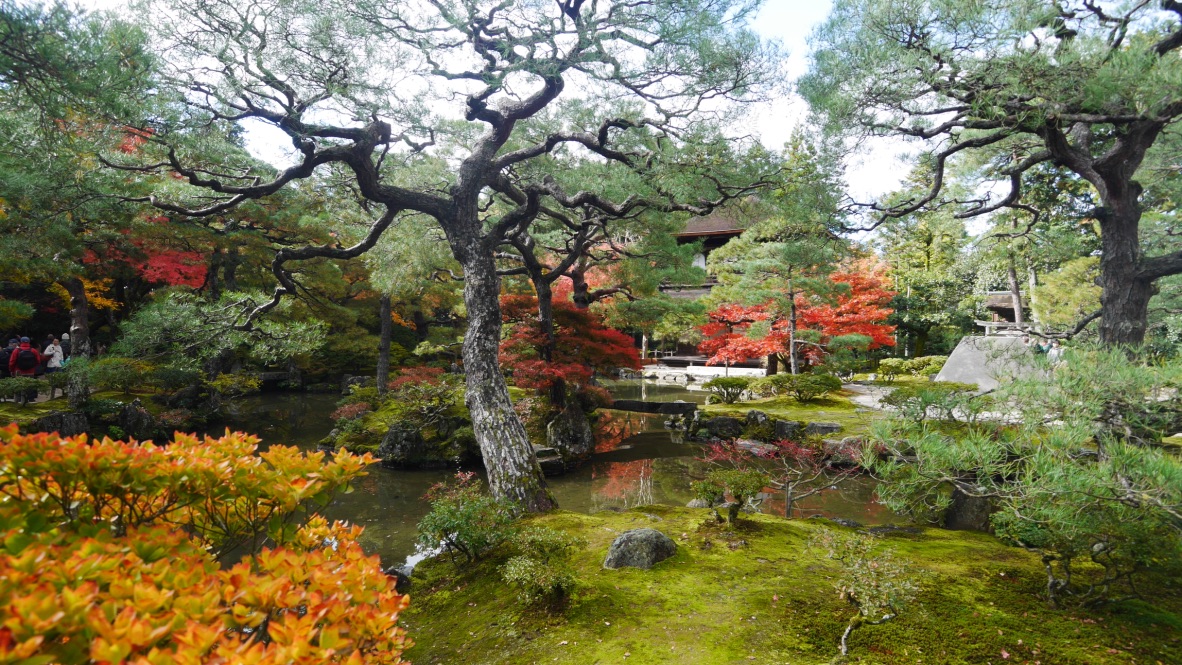
It was a crazy year of hard work and hurricanes so it was very much time for another getaway for Graham and me. This time however, it was just that little bit more exciting because we finally got pregnant!!! Since this was on my agenda for almost a year, I did make sure the holiday we picked was “baby safe” meaning no zika, not above 18000 feet in elevation and not completely third world like many of our usual adventures. This left us with Europe, Australia, Japan and Bermuda. Having been to Europe and Australia a few times already, Japan was the perfect fit.
As the weeks grew closer to our departure, so grew my belly, much more than most! By 12 weeks I could not fit into normal pants. When we found out we were pregnant with twins it was just as much excitement all over again. The excitement also came with a lot of questions and fear, one in particular being if I am even cleared to travel so far with twins. Luckily all doctors said that they will see me after my one month trip to Japan. We were also meeting up with my parents whom I haven’t seen in a year. I knew they would be keeping a very close eye on me and their grandchildren.
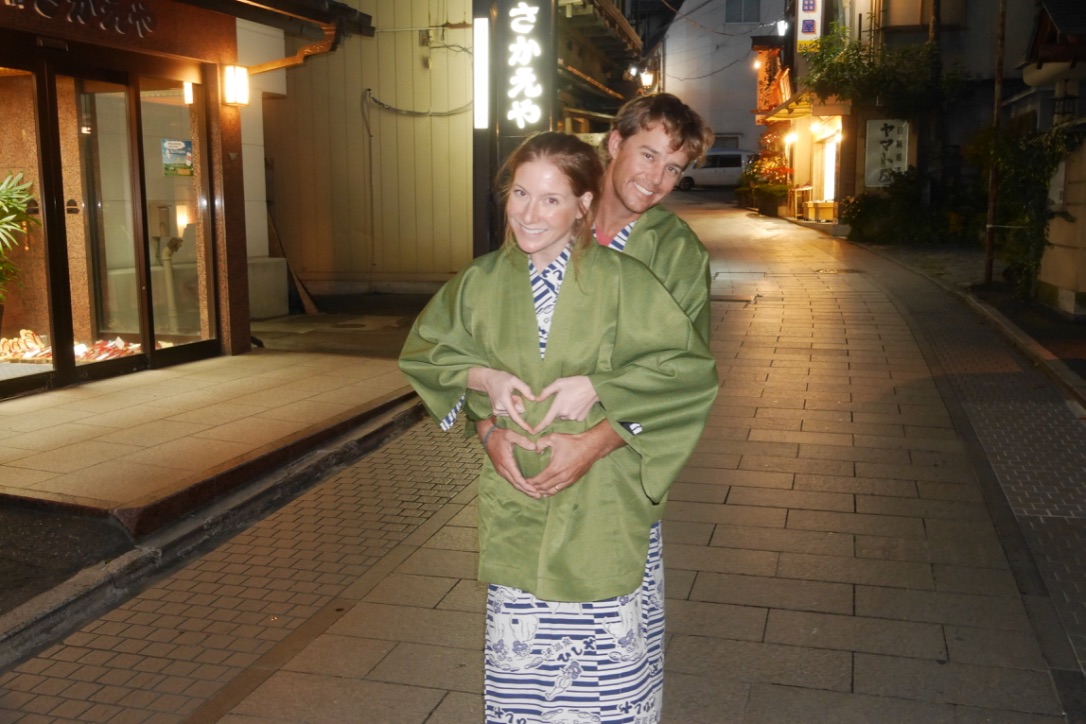
Tokyo
It wasn’t until the third day that I had some time to sit and actually start writing some stuff down. There is so much to do in Tokyo that by the end of the busy days all we could do was sleep. On our first day we took advantage of our jet lag and started the day at 1:30am to go and line up for the world’s largest, busiest fish market, particularly to catch the live tuna auctions. This is such a popular tourist attraction that it is only available on a first come first serve basis limited to 120 people. Busy was an understatement! We had numerous police officers escort us through traffic of motorized trolleys loaded with sea food coming in all directions. This was the largest whole sale fish and seafood market in the world, handling more than 2000 tons of marine products a day. The tuna auction itself was fast and interesting to watch. Thousands of tuna of various species weighing from 100 to 300 kg were laid out in front of us with 100 or so buyers studying them for color, fattiness and quality, with hooks which they would hack at the tales at to determine how much they were willing to bid. After the ringing of a hand bell, the auctions began and were over shortly after. The auctioneer rolled some sort of speech off his tongue, while hands went up faster than I could see. I do know that some of the tuna would be sold for up to $50000-$70000. The amount of money we were standing around in the form of fish was remarkable!!!

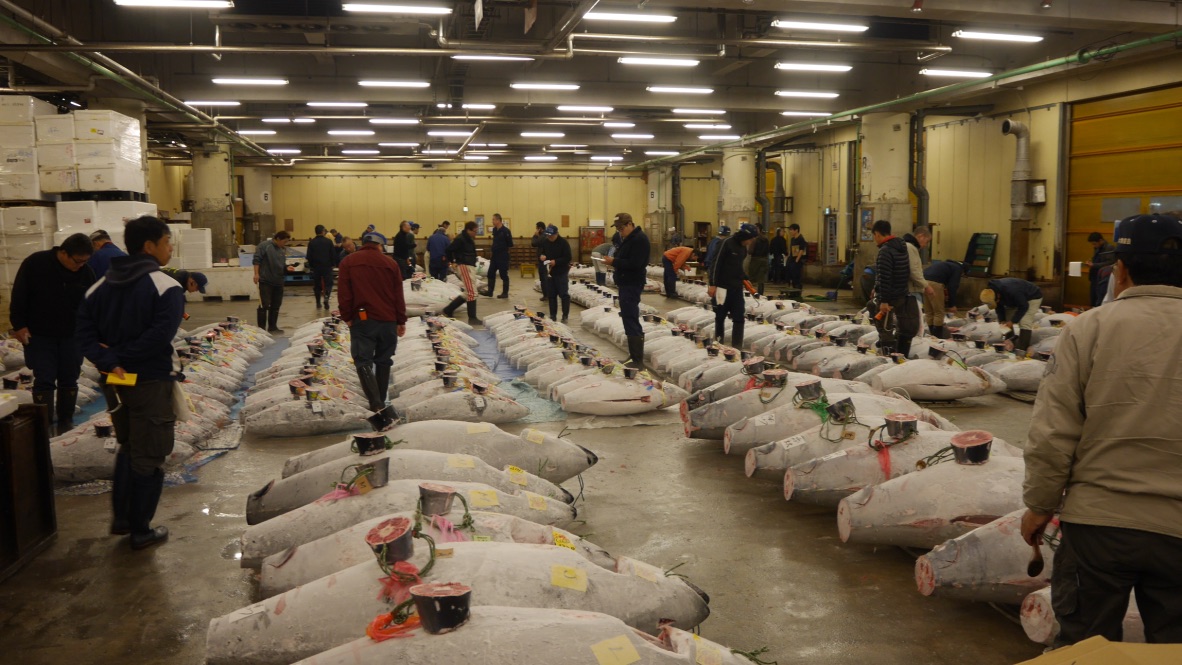
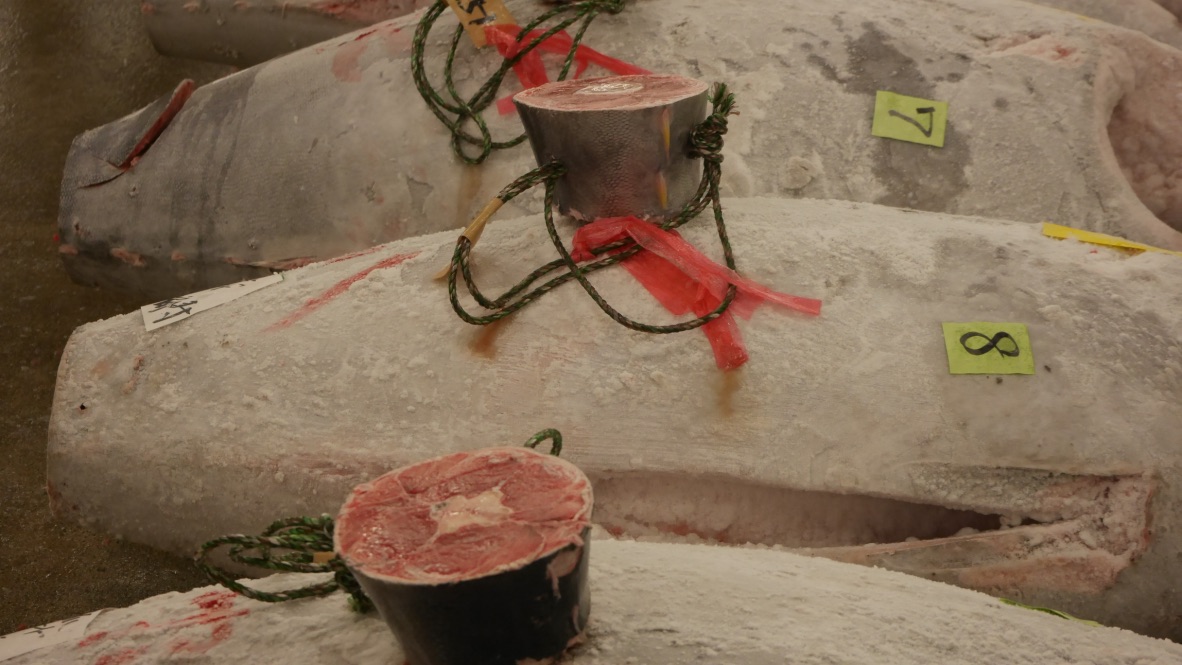
As dawn came we ate a sushi breakfast at one of the many sushi restaurants around the market area. While the others enjoyed various parts of the Bluefin Tuna, the chef made sure I did not go hungry. He even seared a few pieces of his expensive tuna for me with a blow torch.
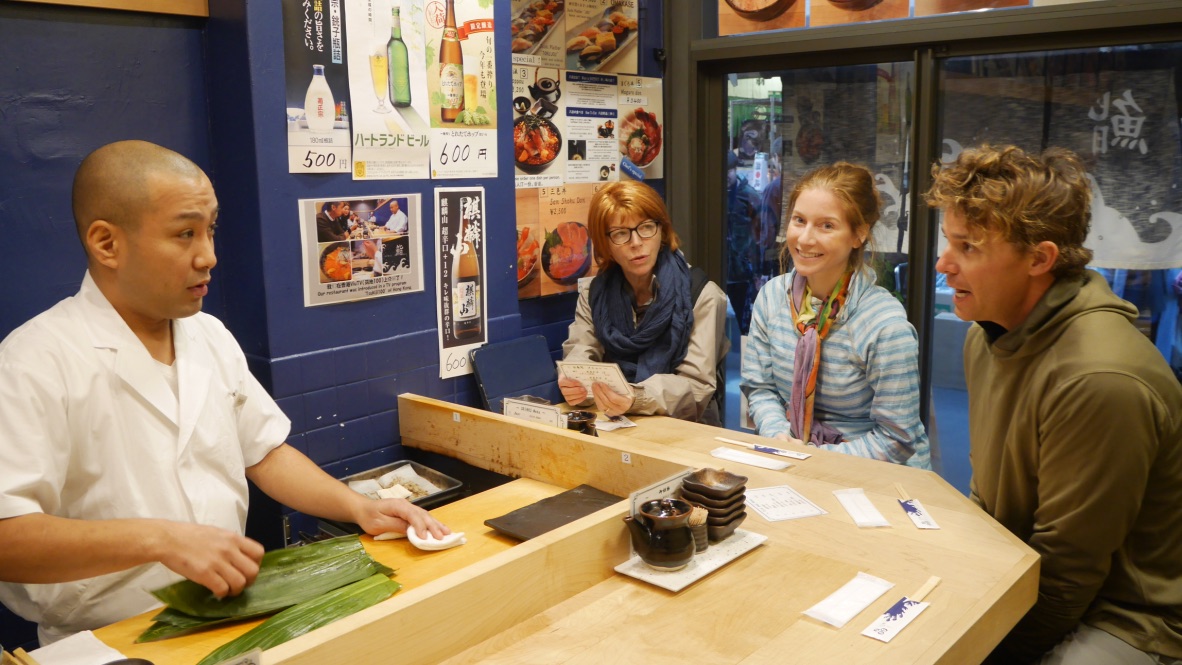
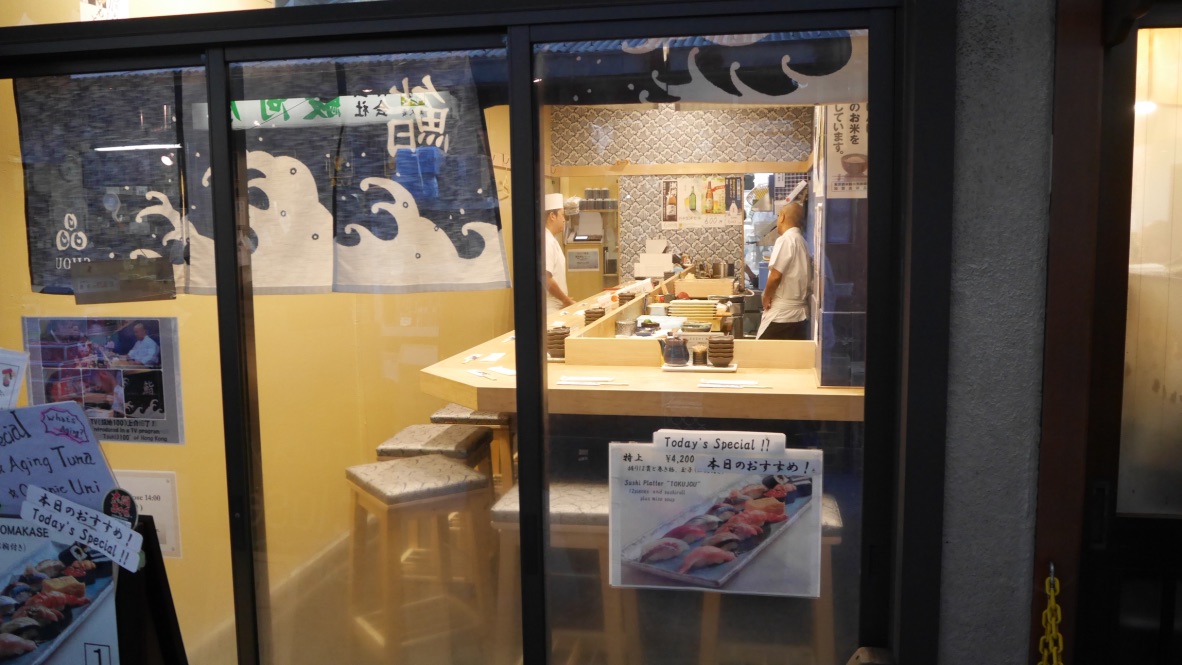
For the remaining time in Tokyo we got around via the subway and hit numerous attractions such as the Imperial Palace east garden where the emperor lives, the skyscraper district where we could see the endless urban landscape from the Tokyo observation deck. The city became even more to life at night when we visited Shinjuku, an important commercial, entertainment and transportation hub as well as a hotspot for shopping. Some department stores were up to 16 floors high! From the street, the flashing billboards on the surrounding buildings were blinding very much like New York’s Times Square just in characters we could not understand. Just north of here was Tokyo’s red light district. This also consisted of neon lit alleys known as the Golden Gai area which was filled with quirky bars located one after another each fitting 5-10 patrons only. It was just one door after the next, not more than a foot away from each other. It was really a unique bar scene! On the main streets, clubs and love hotels lined the streets catering to executives and lonely husbands. All I can say is that Japanese men like girls dressed in kinky school uniforms. Girls were just wandering the streets in full costume on their way to and from work. Just in case you are curious, a love hotel is a special room you pay for by the hour where you go with your partner to make love. The more you pay, the fancier the room, for instance you can have a theme, dress ups, hot tubs etcetera. In Japan the houses or apartments are so small that families live in and the walls are paper thin, so a love hotel is a place people can go for some privacy. Graham and I would have loved to try if we weren’t so exhausted.
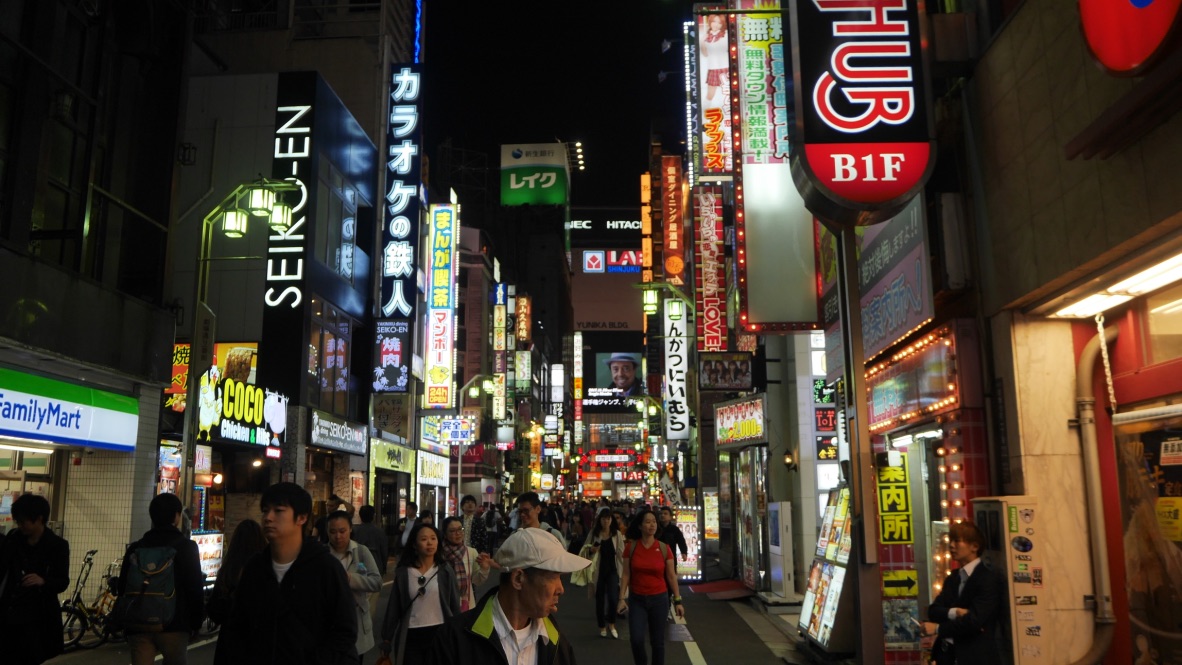
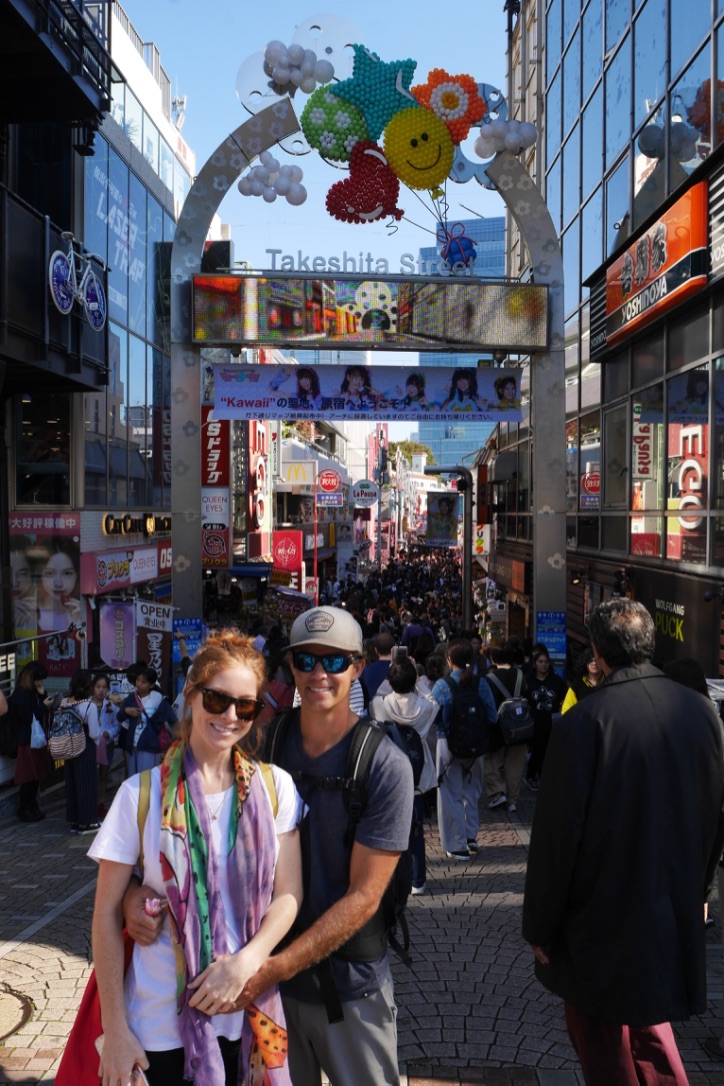
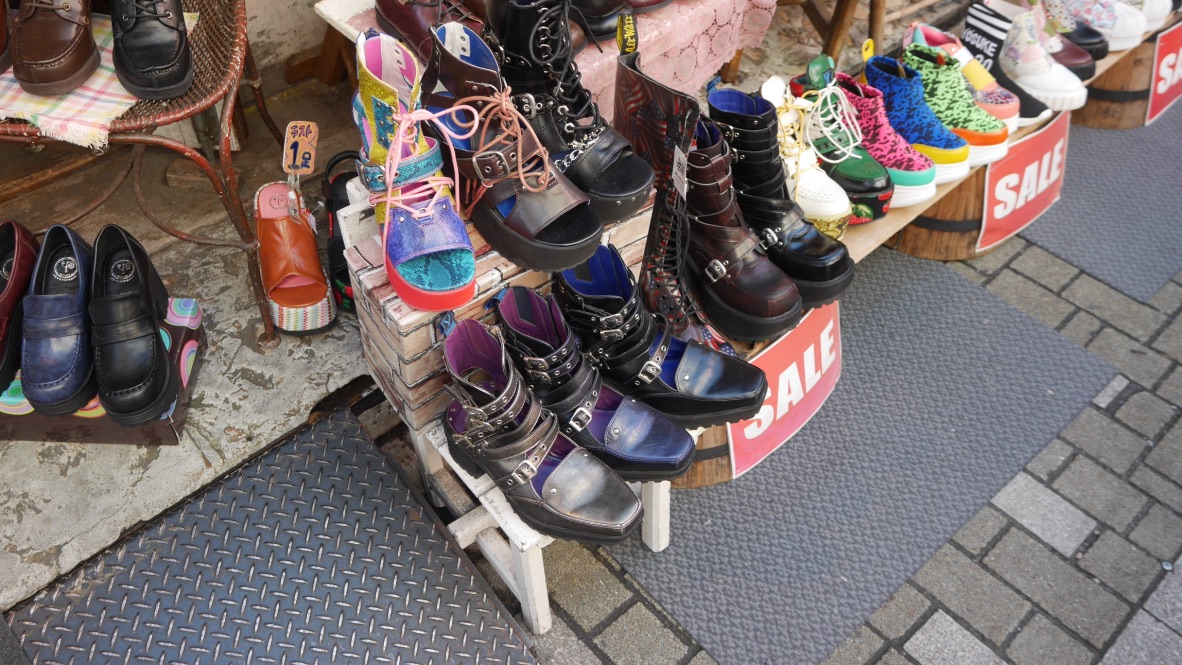
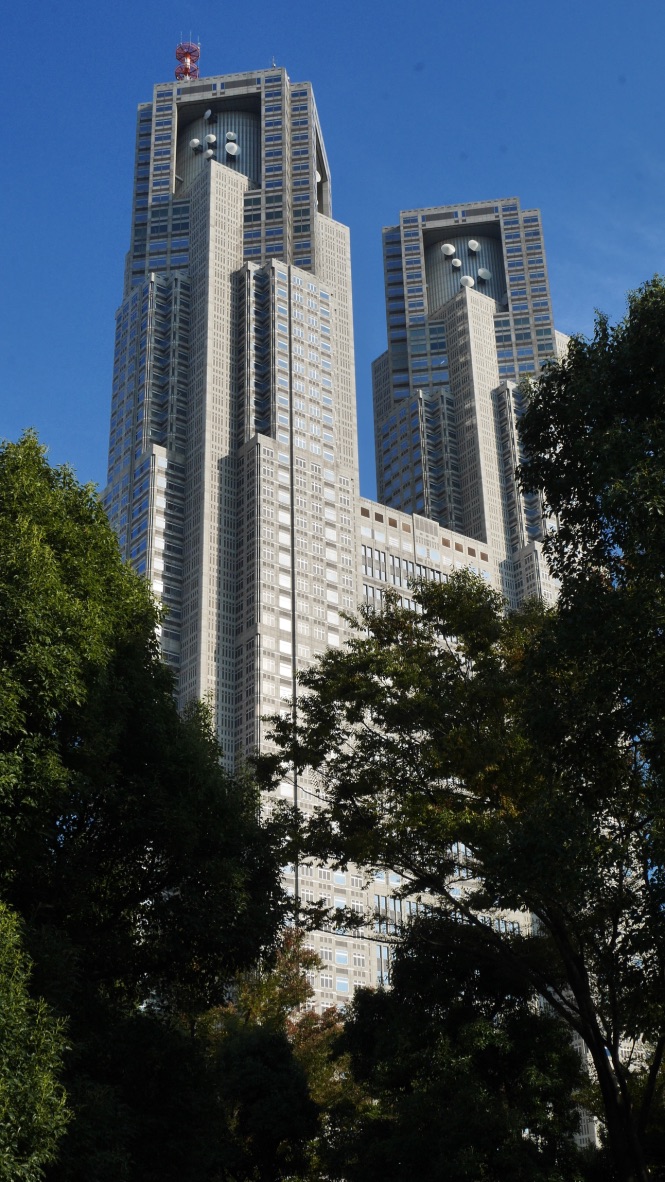
Deep in the alleys hidden from the brightly lit main streets was Piss Alley. Another lane filled with night life and restaurants. These restaurants were all tiny, seating maybe ten people while you were served grilled skewers cooked in front of you along with over flowing glasses of saki. Each was packed with locals and tourists. The menus varied from place to place. To my disgust Graham and dads even tried whale meat!
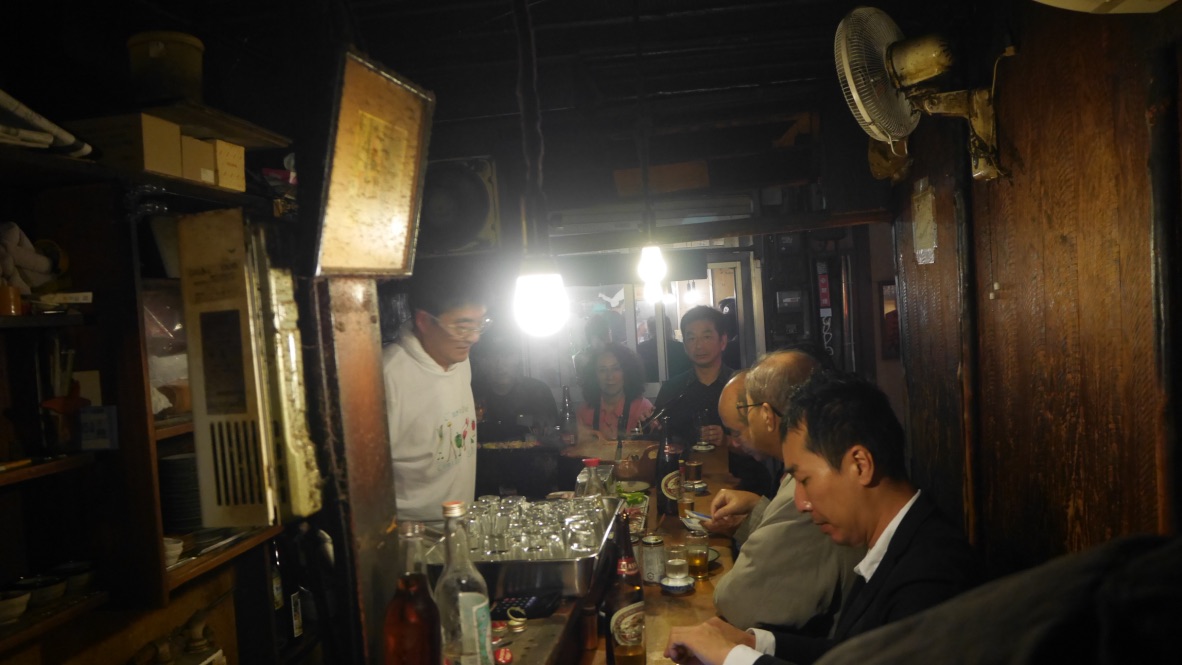
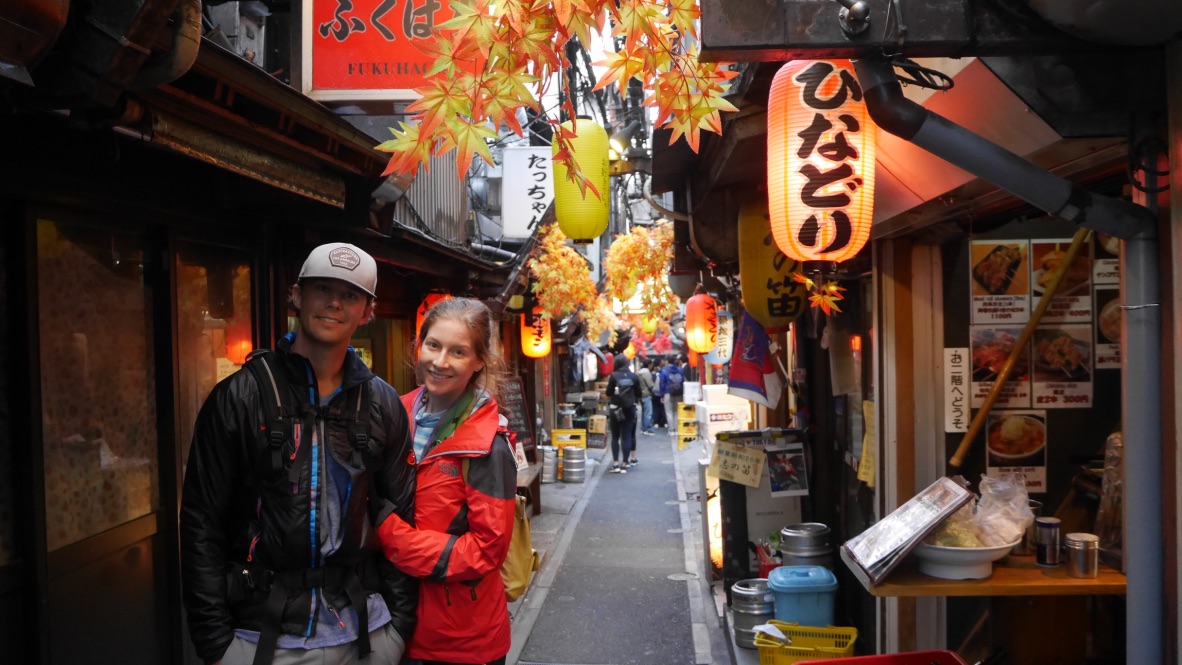

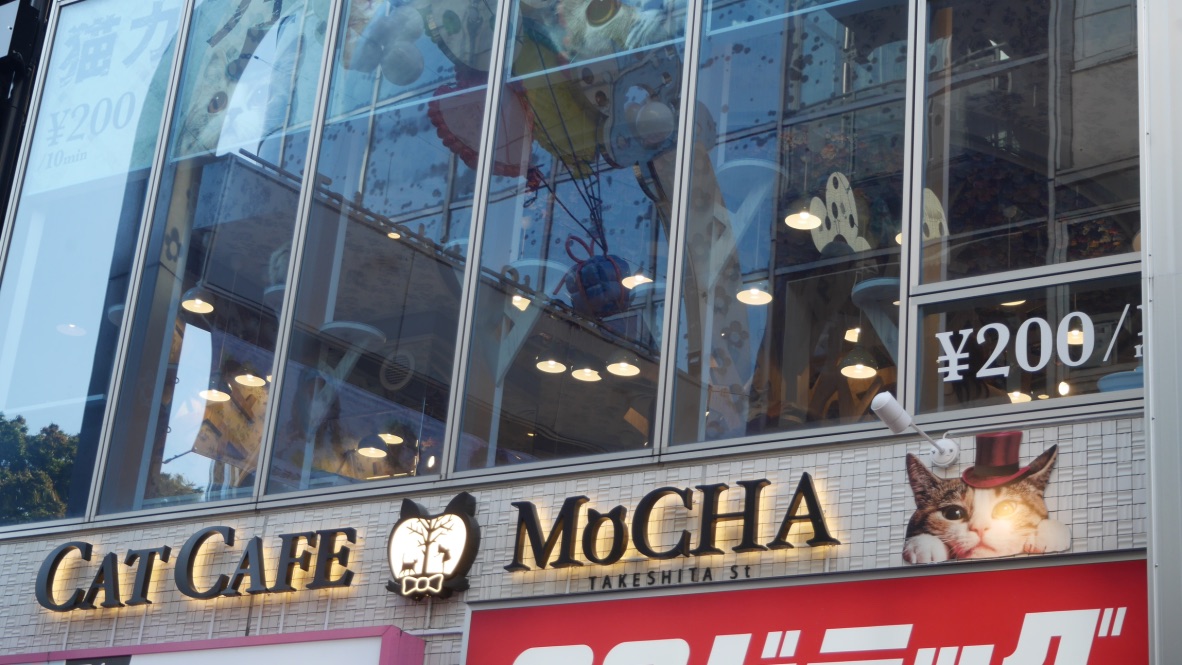
With Tokyo being such a population dense city it was amazing to find the Meiji shrine surrounded by one hundred and seventy-four acres of forest in the middle of it. You enter through Japans largest Torii gates and pass huge and colorful sake wine barrels. Before entering the inner shrine grounds there was also a cleansing station for people to purify themselves using a ladle to wash one hand and then the other. A ritual we became very familiar with while visiting shrines during our time in Japan. Once we entered the buildings, they were simple, not overloaded with statues and clutter. What made it even more special were the many women, men and children, dressed in their traditional clothes (Kimono and Hoari) enjoying an outing.
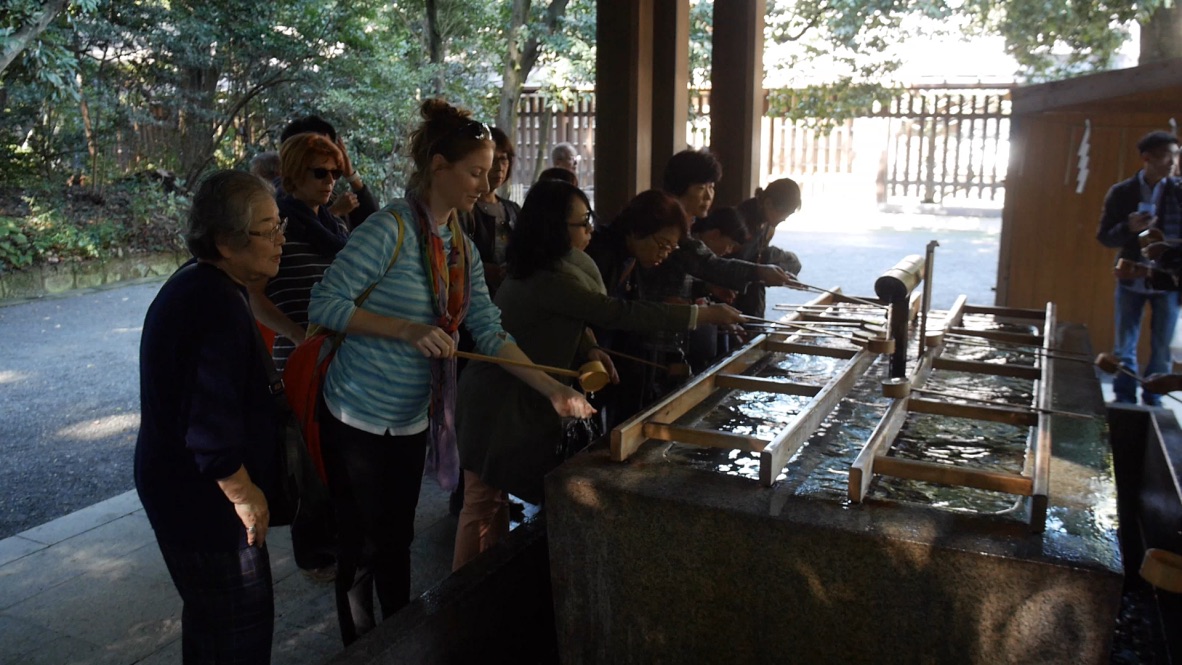
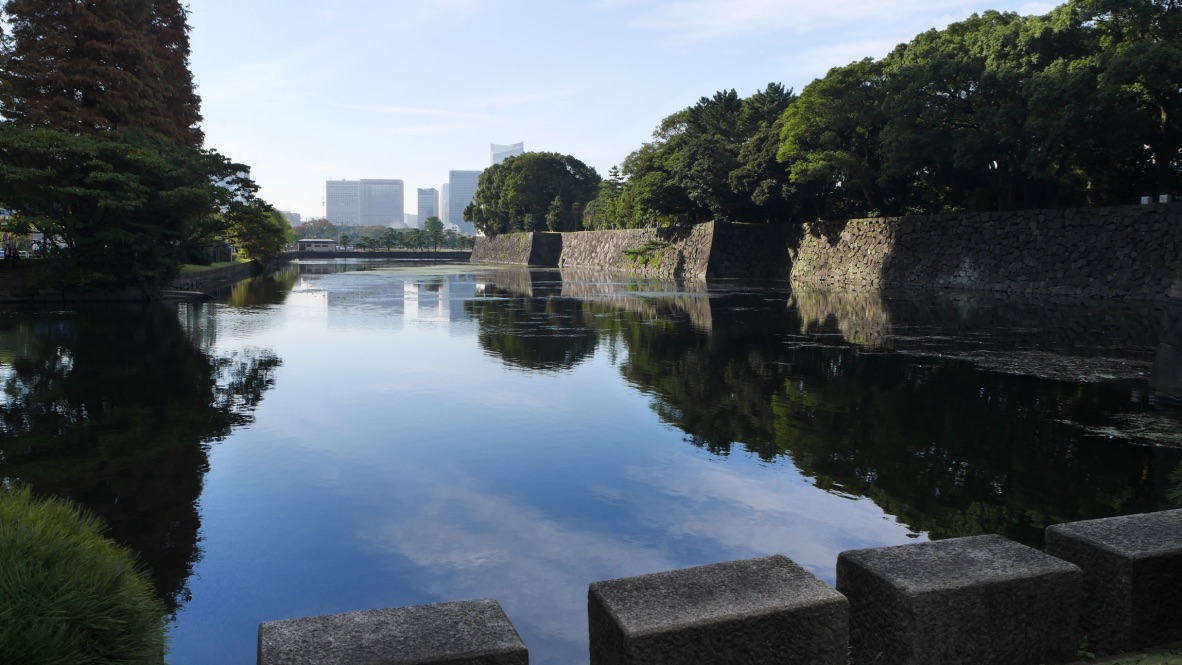
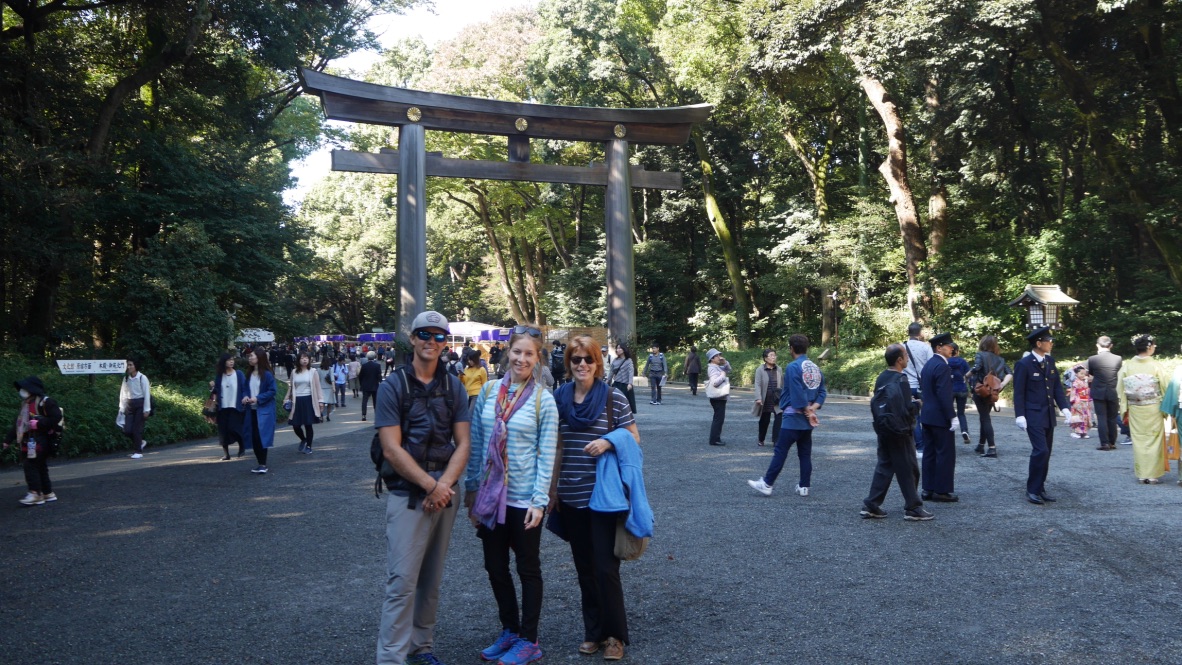
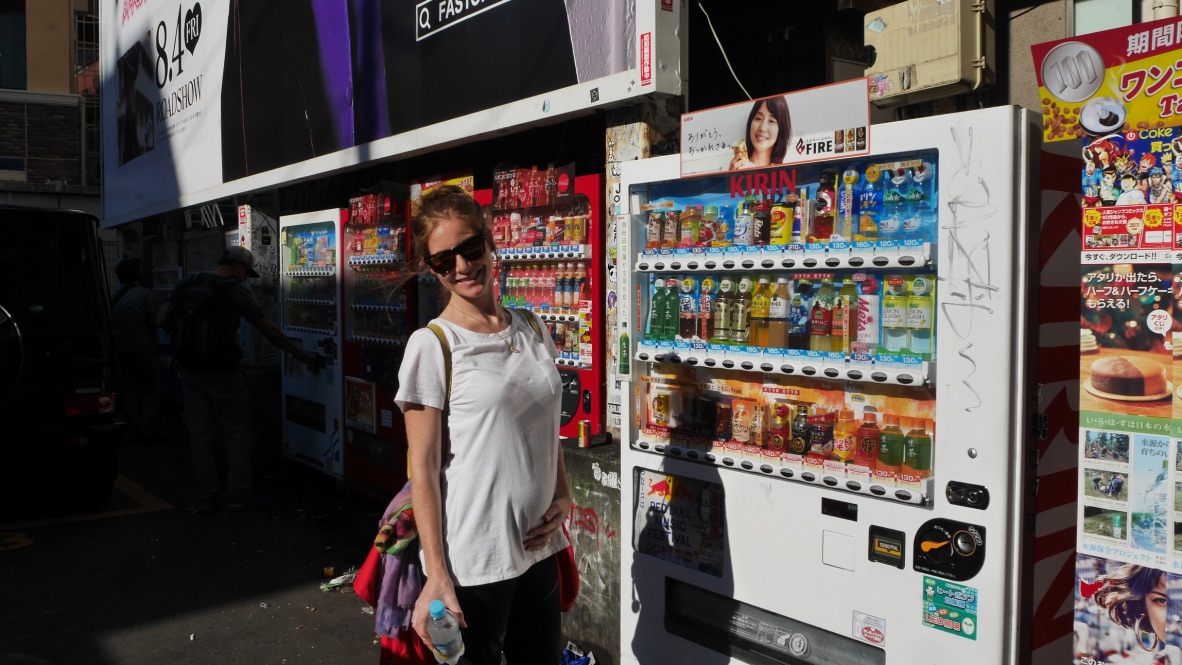
After the shrine we continued exploring the surrounding areas along with eating, window shopping and people watching in Harajuki. This was probably the most sensory overwhelming street I have walked through by day with the streets packed with youths who were out to strut their outfits and be seen. This area of Tokyo is known for the wild and strange fashions of local teens. To mellow out the remaining day we visited some more parks and national gardens before heading home through the Shibuya crossing. This is an intersection also nicknamed the Shibuya scramble at which when the lights turn red, 100s of pedestrian’s surge through the intersection at the same time. We had two watch 2 or three times because it was such a sight to see! The people just kept coming from all directions. I don’t even understand where they all came from each time!
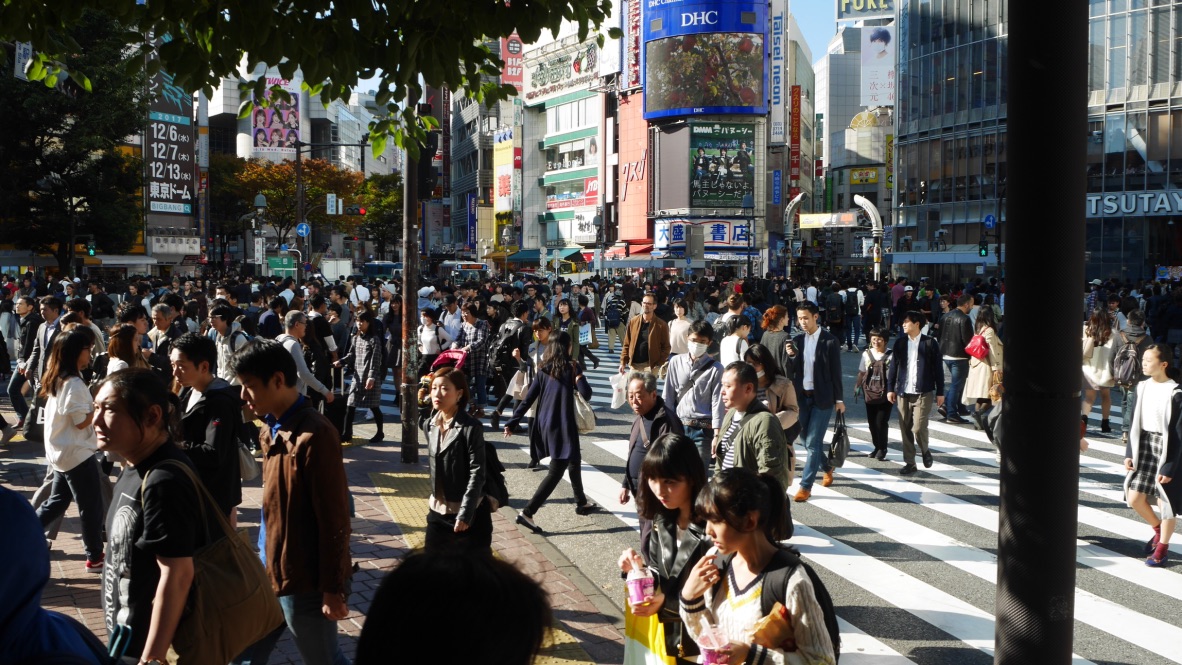
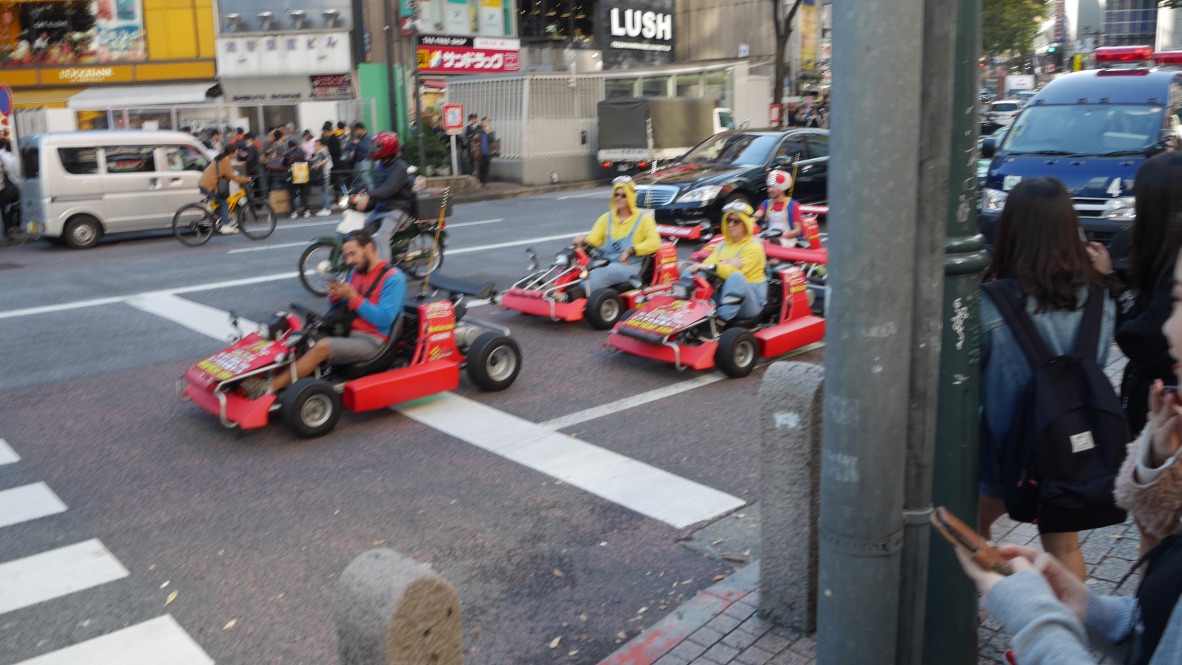
Being pregnant in Japan turned out to be more than convenient. Toilets were everywhere! Every 200 meters! It was fantastic. Even the train station toilets had heated toilet seats and bidets that still startled me every time I used them. Not to mention the misters, noise machines for privacy and air fresheners. Also in all the hotels and homestays you had to walk in slippers and put on special toilet slippers when entering the bathroom. In the first week we were walking around in toilet slippers so often because we would forget to change them again when we left and it was always super embarrassing when someone pointed it out. When entering a tatami room you took your slippers of as well. Luckily most of the time, there was always a little ‘slipper fairy’ that would change the direction of our slippers so when we stepped out of the rooms or bathrooms, they were always facing the direction we were waking so you almost had to walk right into them. These details will be missed!
Central Alps
After just two packet days in Tokyo we hit the bullet train (Shinkansen) for the Central Alps away from the bustling city. It didn’t take us long, with the train clocking a huge 310 km per hour. From the village of Magome we started a hike through forests, waterfalls and farmland from village to village. It was a three day journey (Nakasendo Trail) which was a part of the original route that the Japanese took by foot to get from Kyoto to Tokyo before national roads were built many years ago. Of course, we only did a very small section of what is actually 1000s of miles, however the route we did take was one of Japan’s most rewarding tourist experiences. Every kilometer there was a post with a bell, which we would ring to keep the bears away. Tsumago was our first overnight stay, and was like an open air museum with preserved traditional buildings with dark wood latticed fronted walls, water wheels and Japanese style gardens with perfectly trimmed trees. The homestay we stayed it was also traditional to its roots where we had to leave our shoes at the door, sleep on futon beds, eat at small tables where you had to sit on tatami matts, wear traditional clothes (Yukatas) and of course experience the traditional meals along with the setting. Who would have thought we would be eating grasshoppers on two separate occasions in the same year.
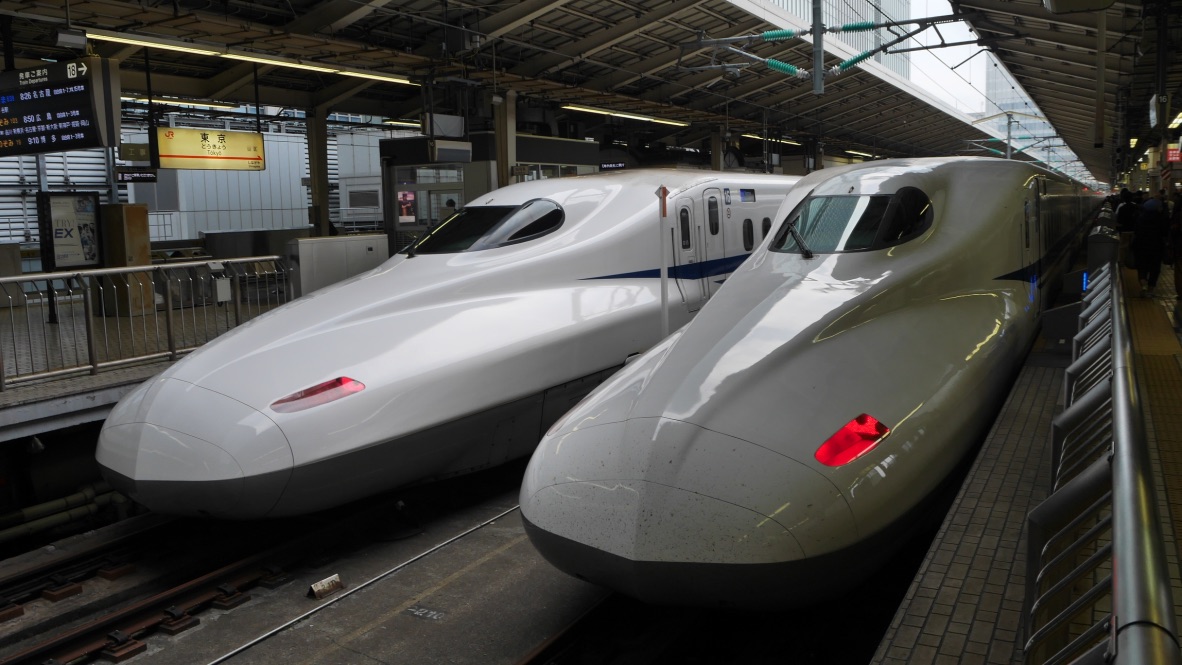
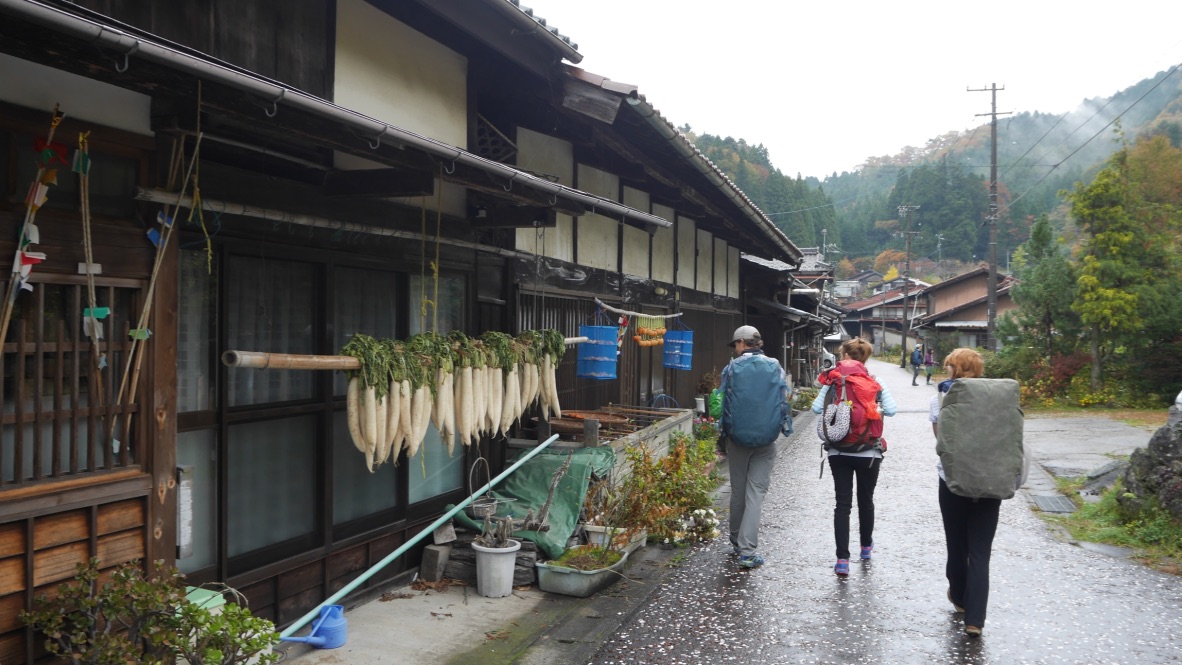
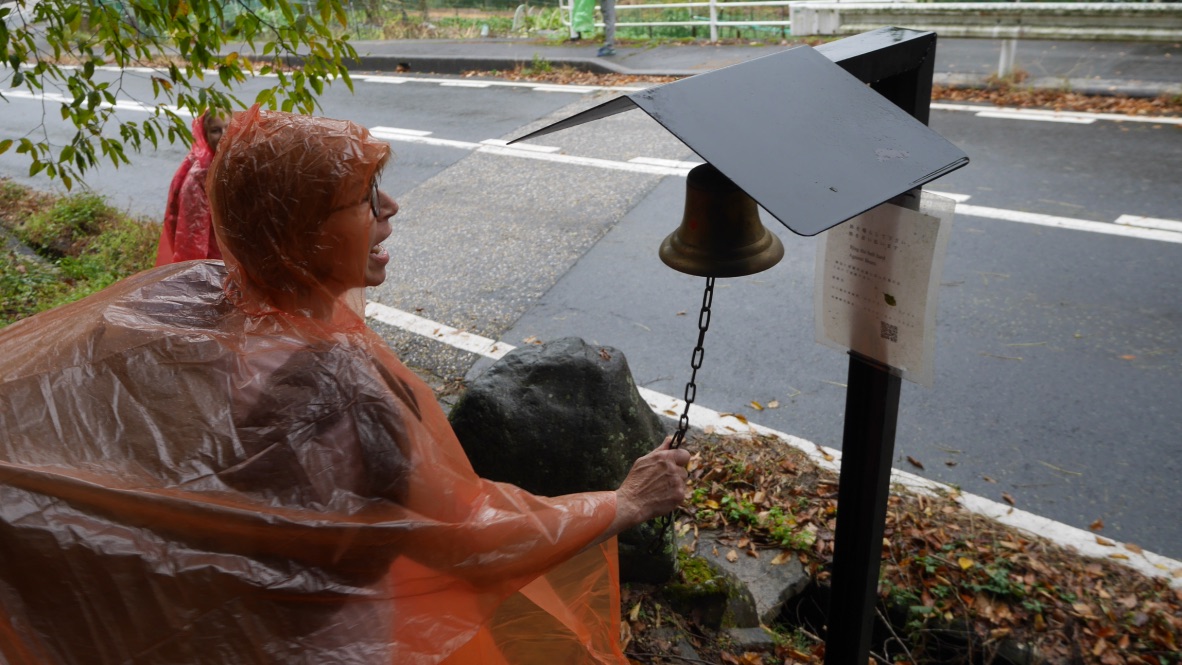
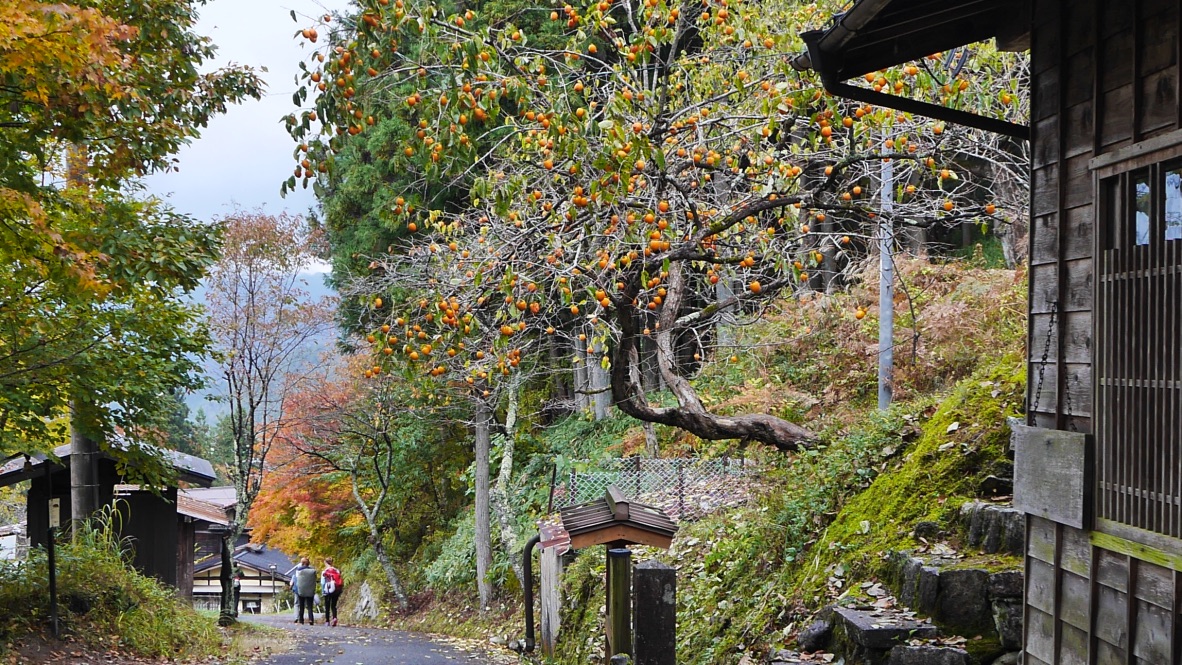
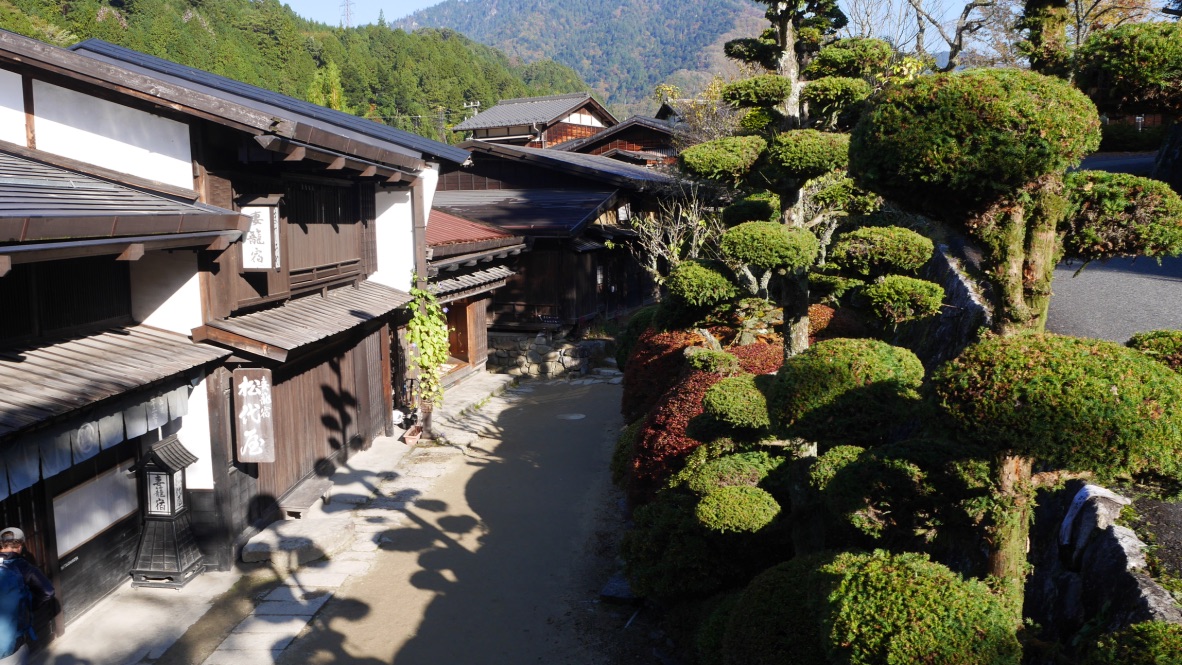

Our journey continued through more traditional villages both via foot and train, each time our scenery consisted of beautiful fall colors all around us. In our next town we had our first onsen experience which is a Japanese natural hot spring bath. I am sure we looked like total rookies. After changing into our yukata’s or as Graham calls it our samurai outfits, we made our way to the separated male and female bath houses. Mum and I had no idea what to do. As we lined up our slippers mum and I realized that her slippers were a nice baby blue compared to everyone else’s green pairs. She had worn the toilet slippers all the way down into the public bath. She was mortified and I was laughing so hard she quickly hurried back to change the shoes. While she was away I looked around the onsen trying to figure out the next move. I tried to find the shower, as I knew you had to completely clean yourself before going into the onsen but had no luck. Finally, I pocked my head into the bath and was totally google eyed when six or so totally naked and very white-older women stared back at me. I closed the door quickly. I was not going into there unless I could hide behind my mum. Especially as I hadn’t quite become too comfortable in my new pregnant figure which at this time was just between beer belly and obvious baby belly. Mum and I shyly walked in totally naked with nothing but a small square wash cloth and found the showers located right next to the bath. We showered with eyes just watching us, as we tried to figure out the Japanese shampoo bottles. There were also small little stools you had to sit on, to ensure you didn’t splash as much water, especially into the bath. I hated sitting my naked JJ on these stools the entire time I was in Japan. Not that I’m a ‘germo’ but I didn’t want to pick up anything strange, especially as there was no cutout on the stools…so gross! After we were clean we could finally get out of sight and get into the bath. For the Japanese I know this is all totally normal, and we too were experts by the end of the trip with no stage fright what so ever. At least I wasn’t like Graham on his first experience who forgot his towel and wash cloth and had to get dressed again and run all the way back upstairs to get his basket of supplies.
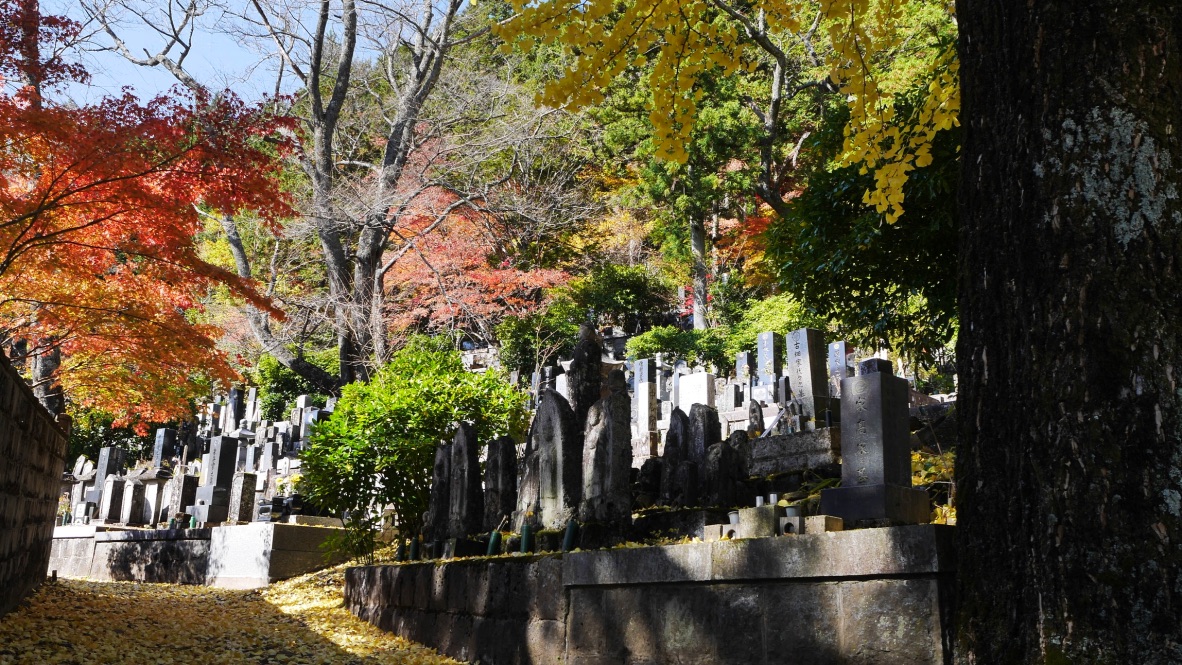
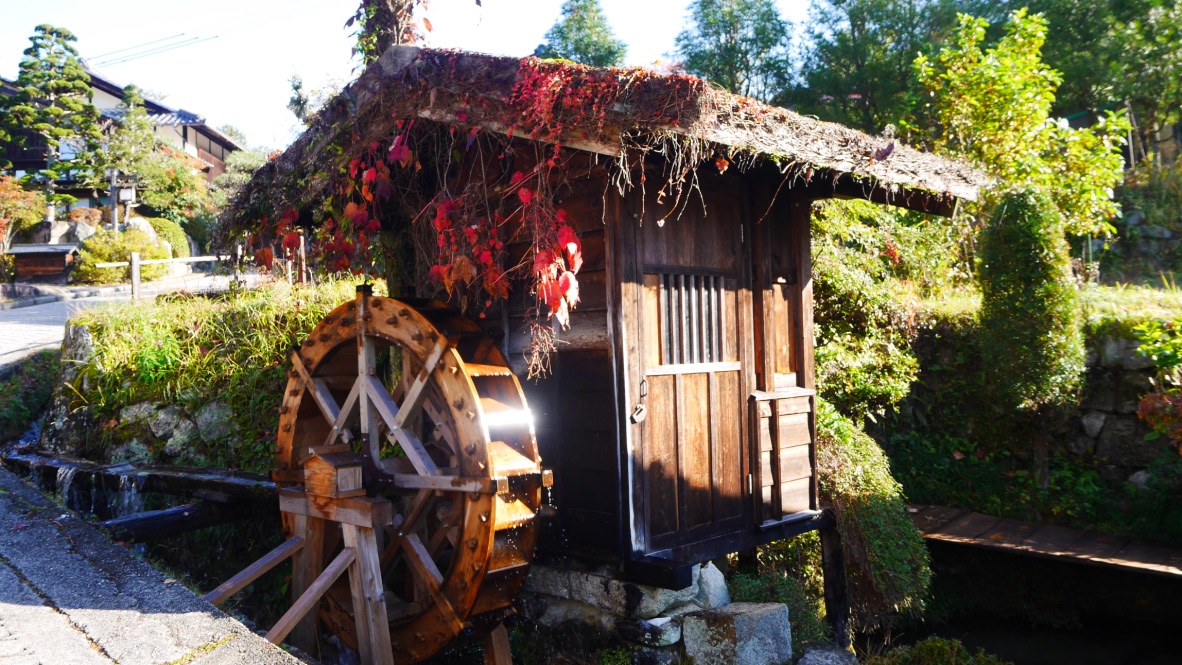
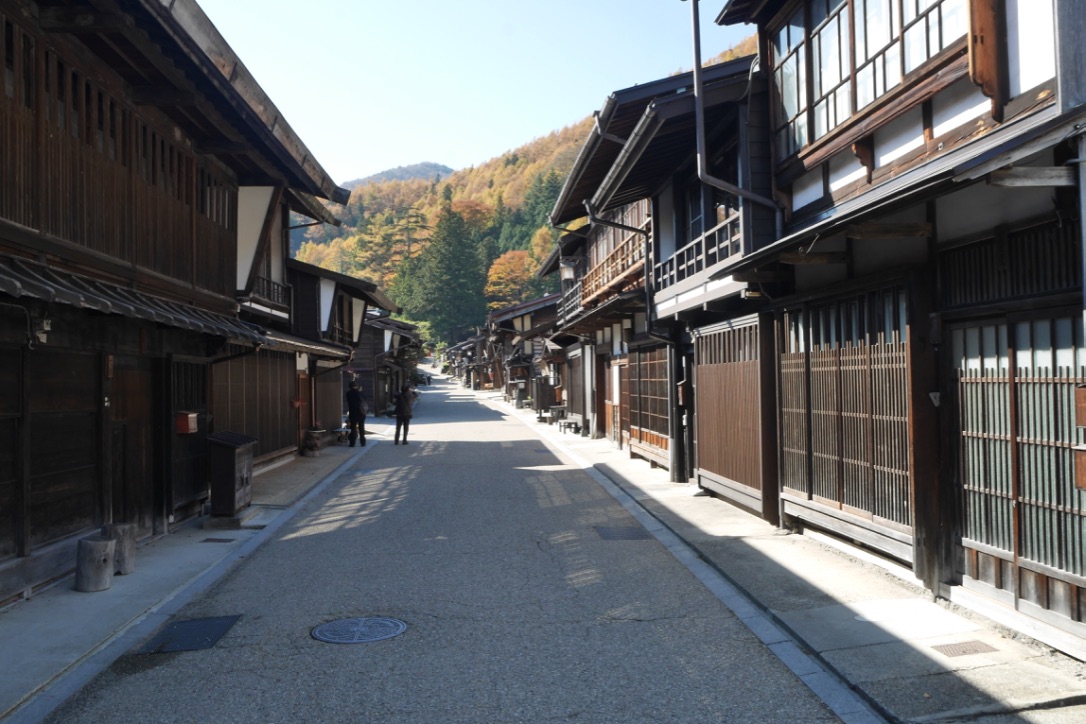
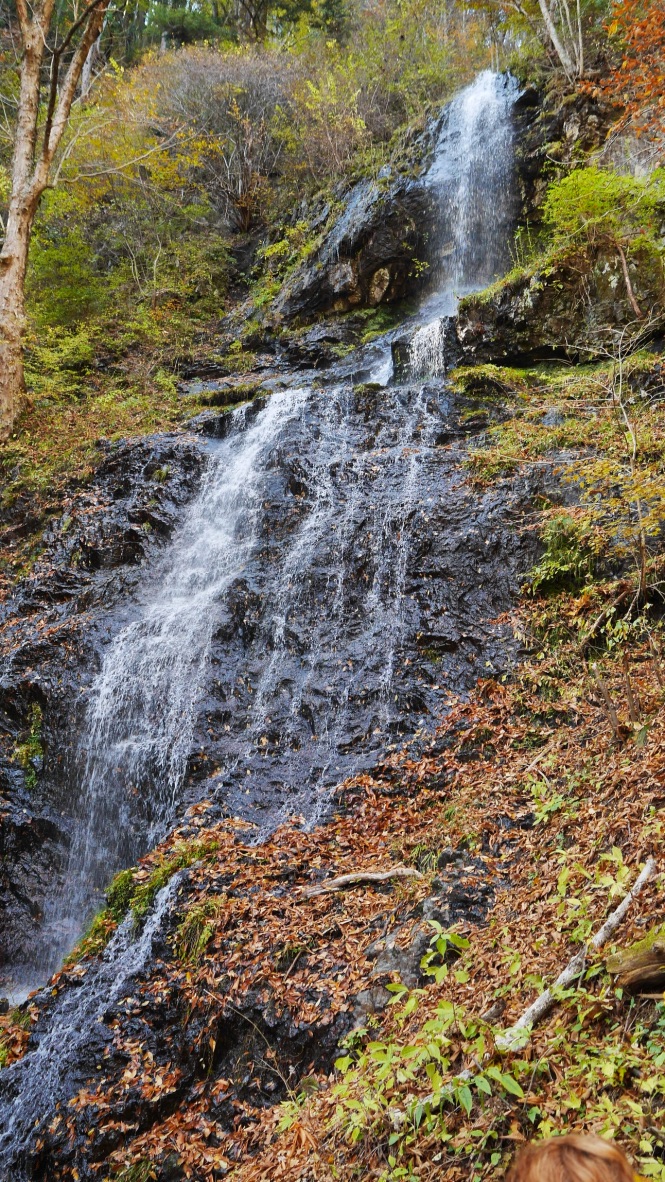
Yudanaka
We moved on to Yudanaka which in winter is a well known ski area. It was also famous for its onsens. There were ten or so public baths or onsens scattered throughout the entire village. We stayed in a traditional inn known as a Ryokan which have been around since the 8th century ad. Here again, we had to change into traditional clothes called a yukatas and shoes called geta sandals. It was the funniest thing watching dad and Graham walk around in their high wooden shoes and robes through cute streets of this town, visiting each spa naked together. We finished our evening in the onsen in the hotel which we could mark as ‘private’ so we all sat as one naked family in our own little hot spring. Surprisingly most of the onsens were not comfortable to sit in, they were so hot they would scold your feet as you got in. Most of the Japanese literally just jumped in and then out and continued to the next one. Each onsen was for a different health benefit such as psoriasis, reproductive health and so forth, so naturally it was ideal to hit each of them quickly. For me of course I had to sit and watch mum for most of them, after all I didn’t want to boil my babies.

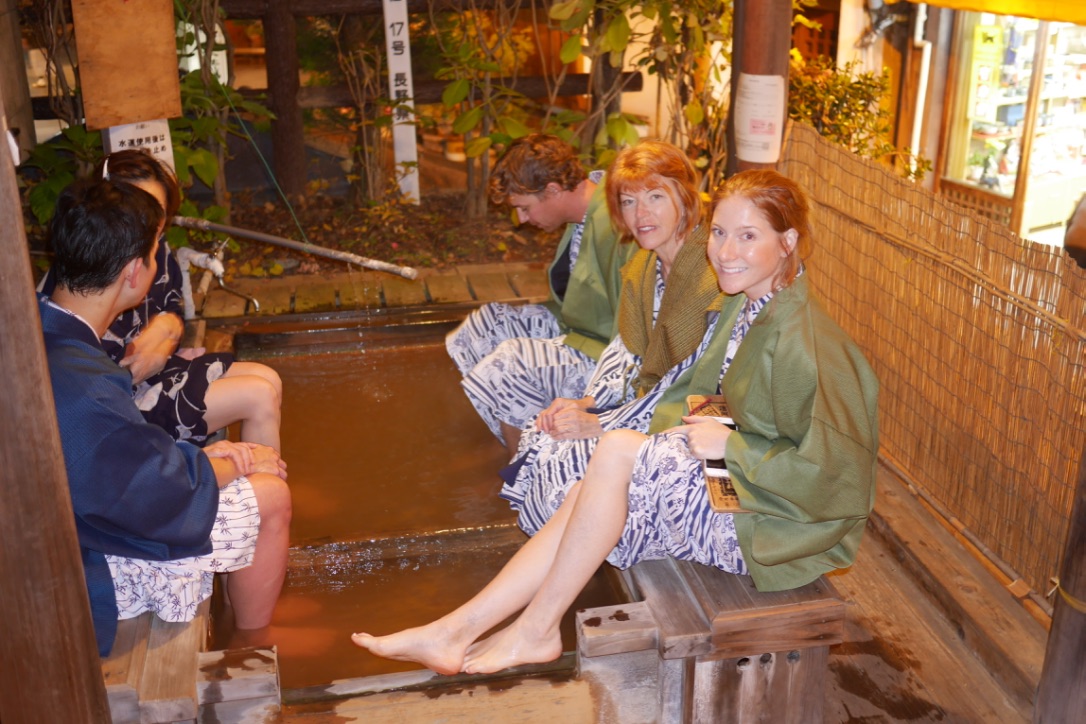

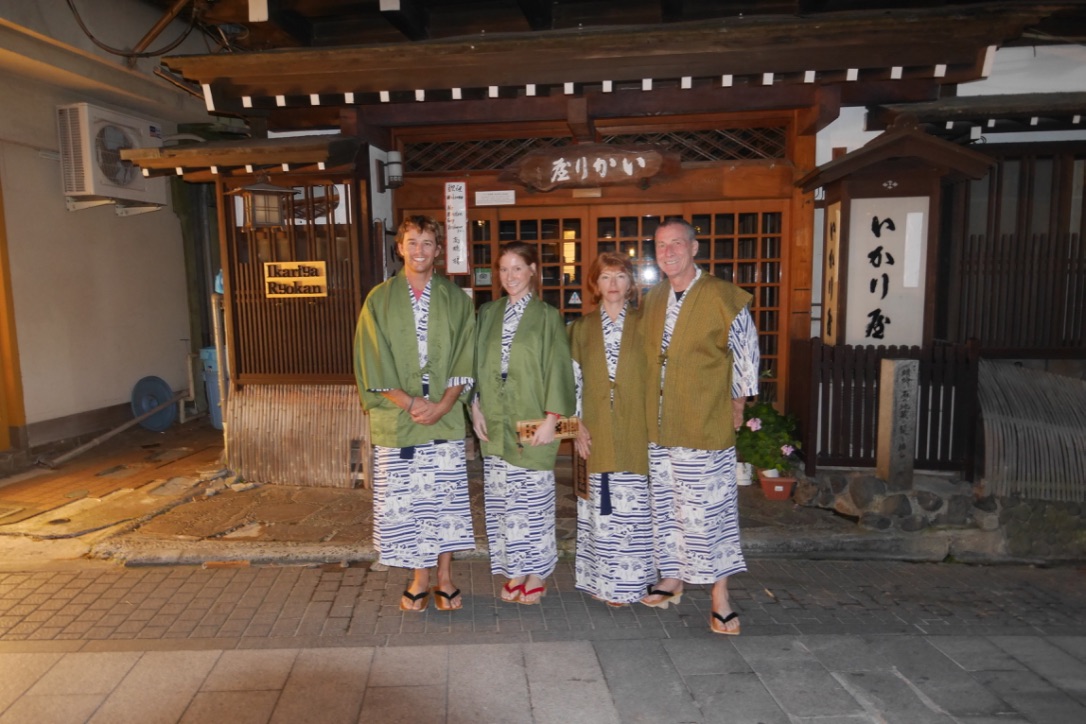
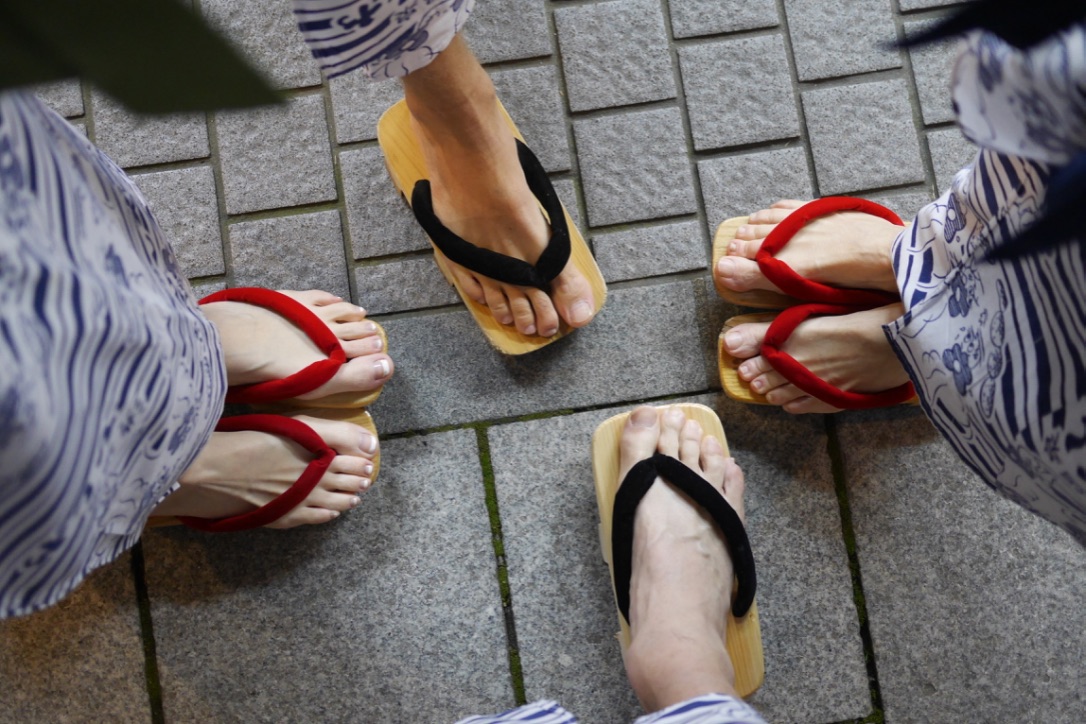
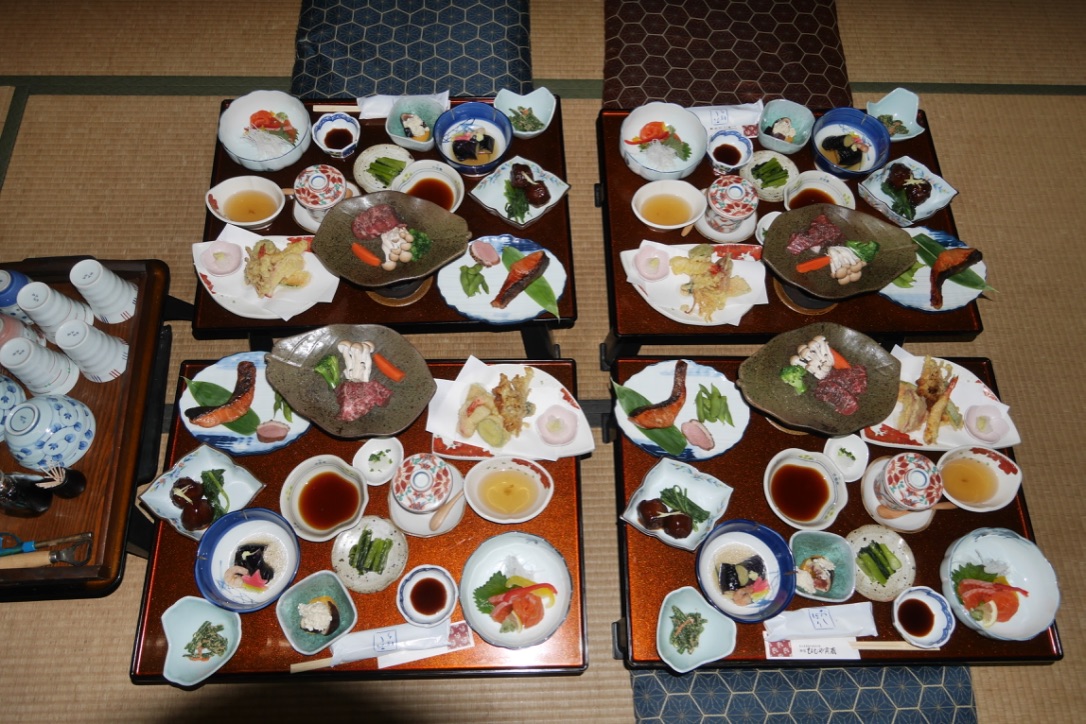
For meals we had Japanese Kaiseki for breakfast and dinner, the traditional meal I had mentioned earlier. It consisted of 10 to 15 different bowls of different types of food. Each time you were surprised with a new flavor which left you guessing what you were eating. The presentation was beautiful every time. Each dish was artfully presented with the most precise detail. We also always had soup, rice, tea and a personal hotpot over open flames. Flavors were meant to complement each other, however it was always obvious which were our favorites, while some others we covered with a lid.
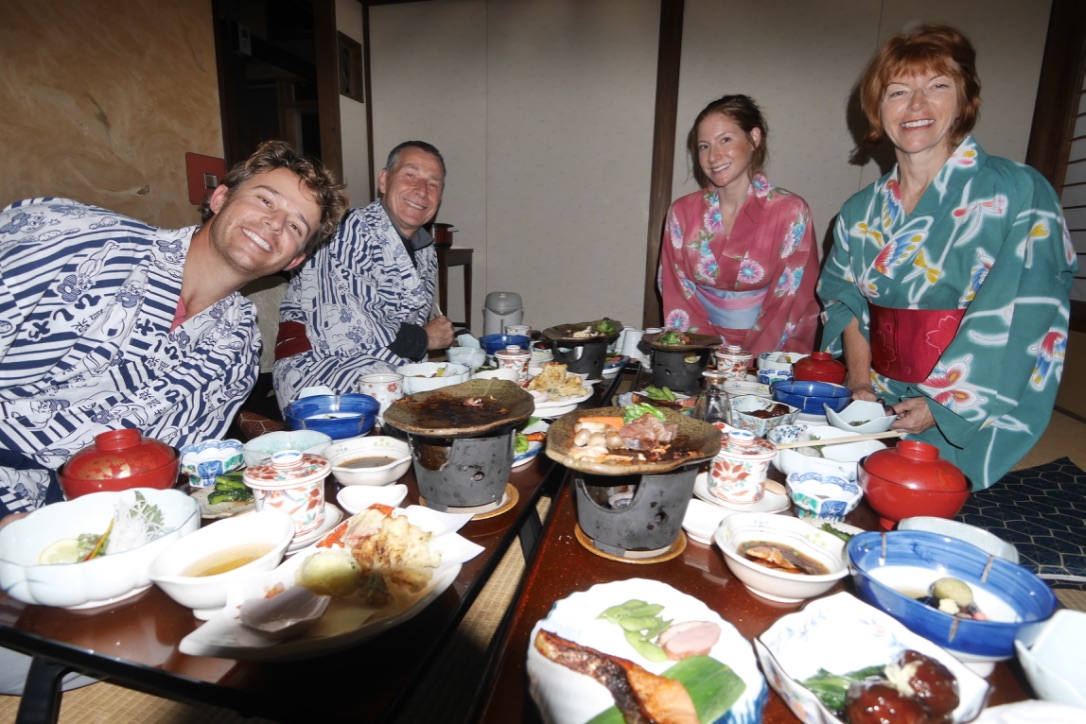
Just 2km from the village was where the famous snow monkeys could be found with their red faces and red bottoms to match. They are known for being called the swimming monkeys. In the summer months, they cool off in the cooler rivers and in the winter, they lounge in the hot spring baths just like the humans do. These monkeys were so tame, almost walking over our toes if we did not move out of the way. They are a huge tourist attraction in this part of Japan.
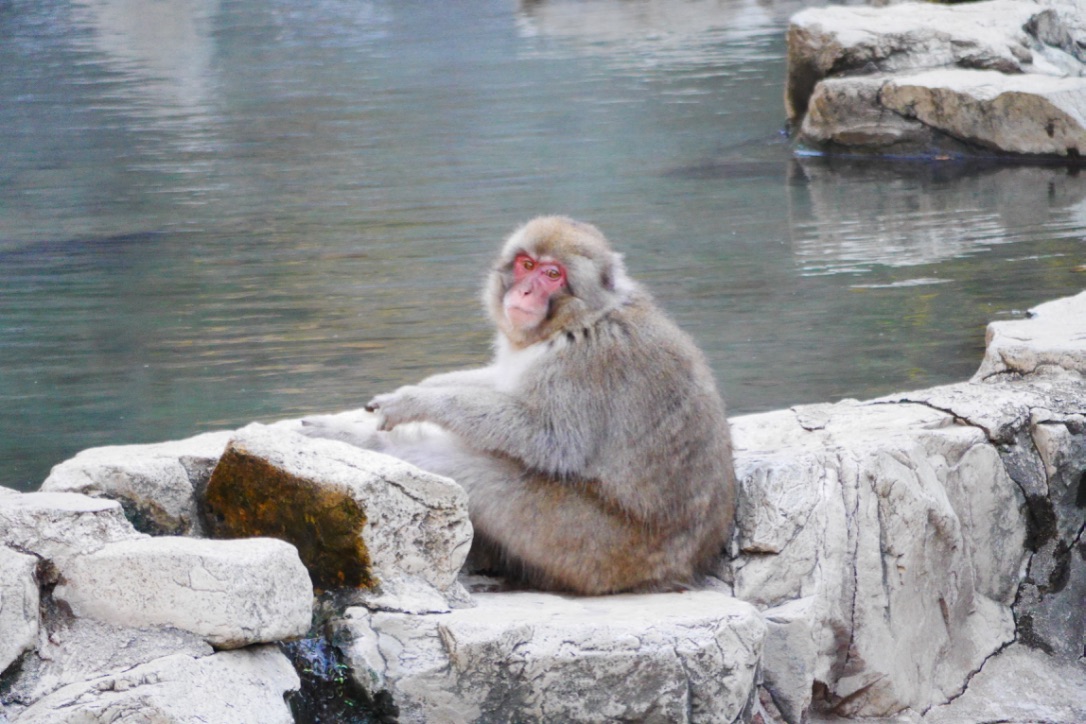
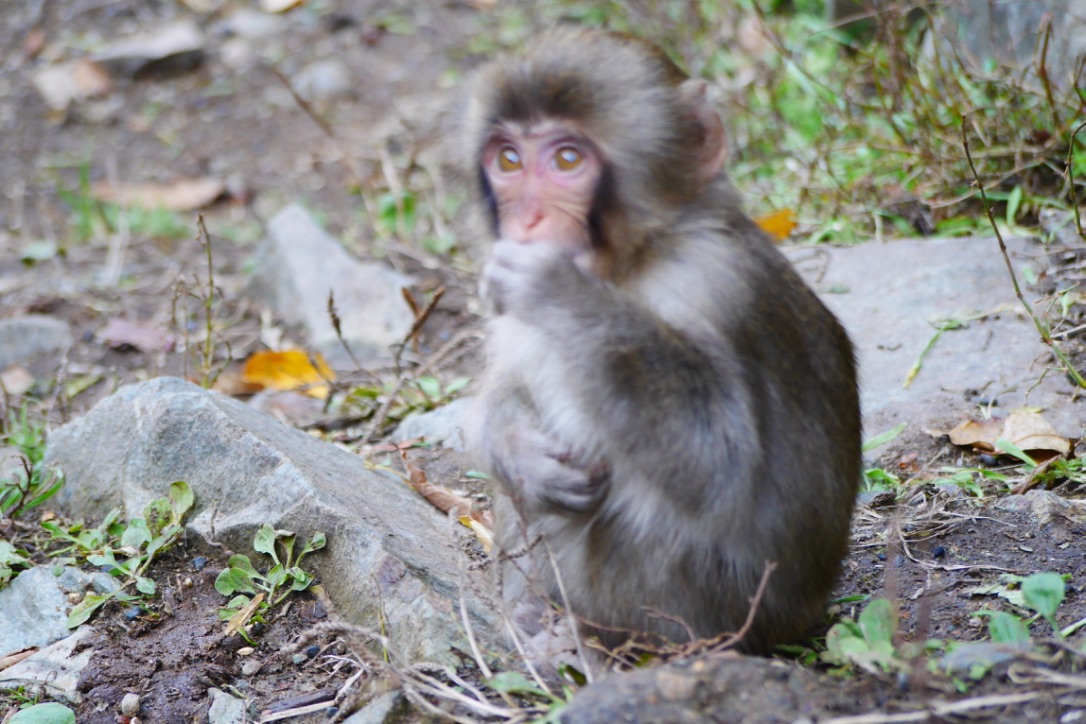
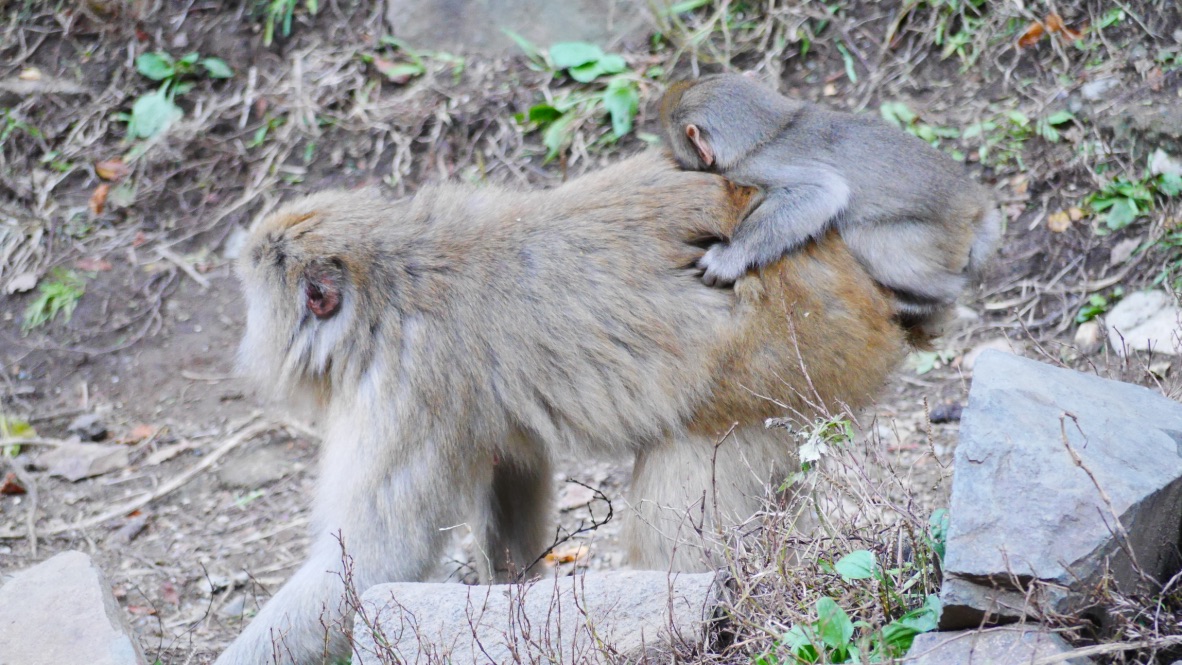
Takayama
After another night’s stay in another Japanese style inn, in Hohkshima, at a different well known ski area, we traveled to the other side of Japan to Takayama. Here we visited the remote mountainous districts of Shirakawa-go which are best known for their farm houses in the thatched gassho-zukuri style. The roofs of these houses had layers upon layers of grass like straw tightly bound together by 100 villagers. Not a single nail was used in construction. It was like traveling back in time. The people in this village still lived here, even though their homes are now a world heritage site. They were still growing their own crops and hanging out their laundry to dry as 1000s of mindless tourists walked through their yards taking pictures. Takayama itself was also special, with a well-known old town and morning markets with endless samples to try, some more willingly than others. Here we probably saw the most Caucasian tourists on our entire trip. For most of our trip we were surprisingly some of the few causation faces around. Most tourists were Japanese or other Asian ethnicities.
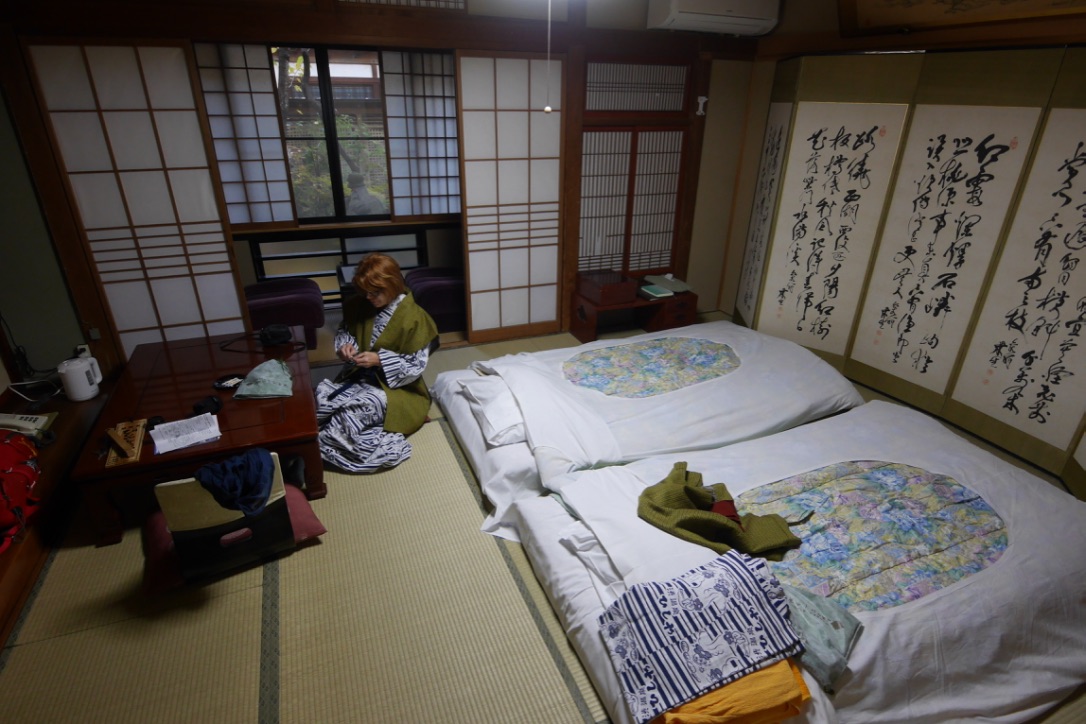
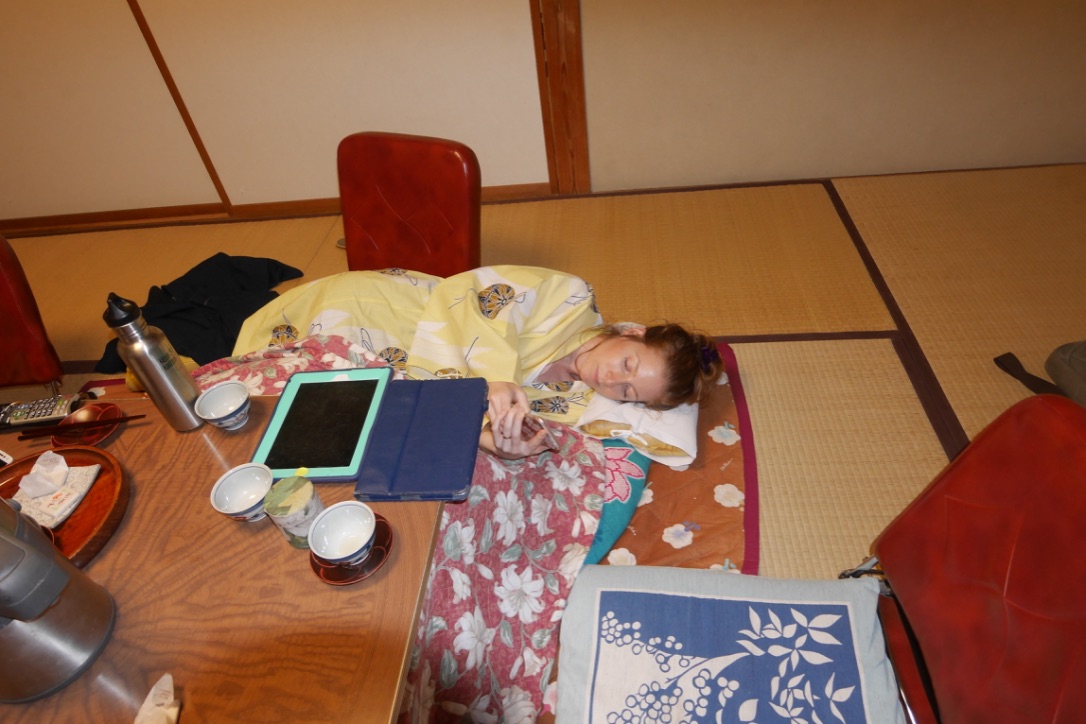
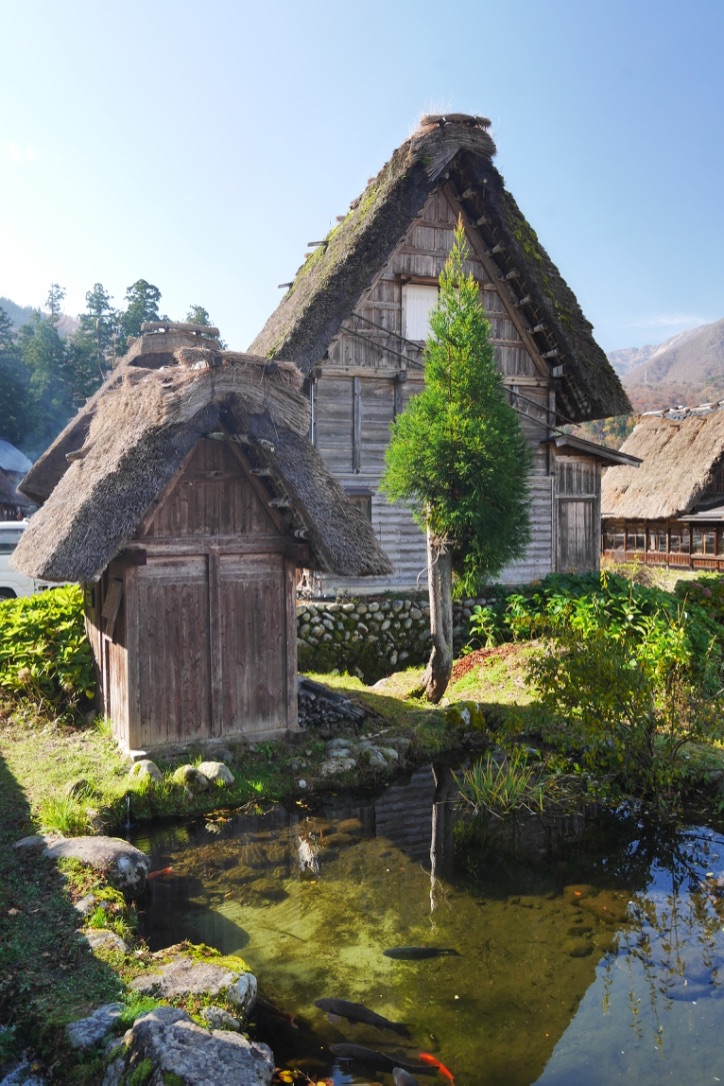
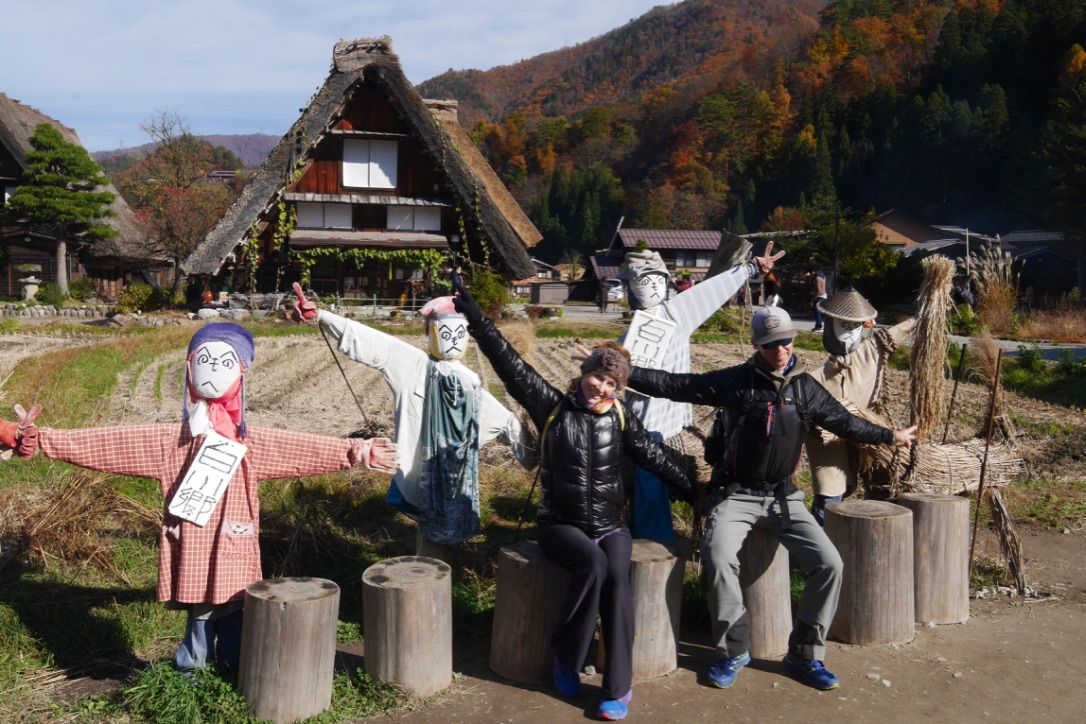
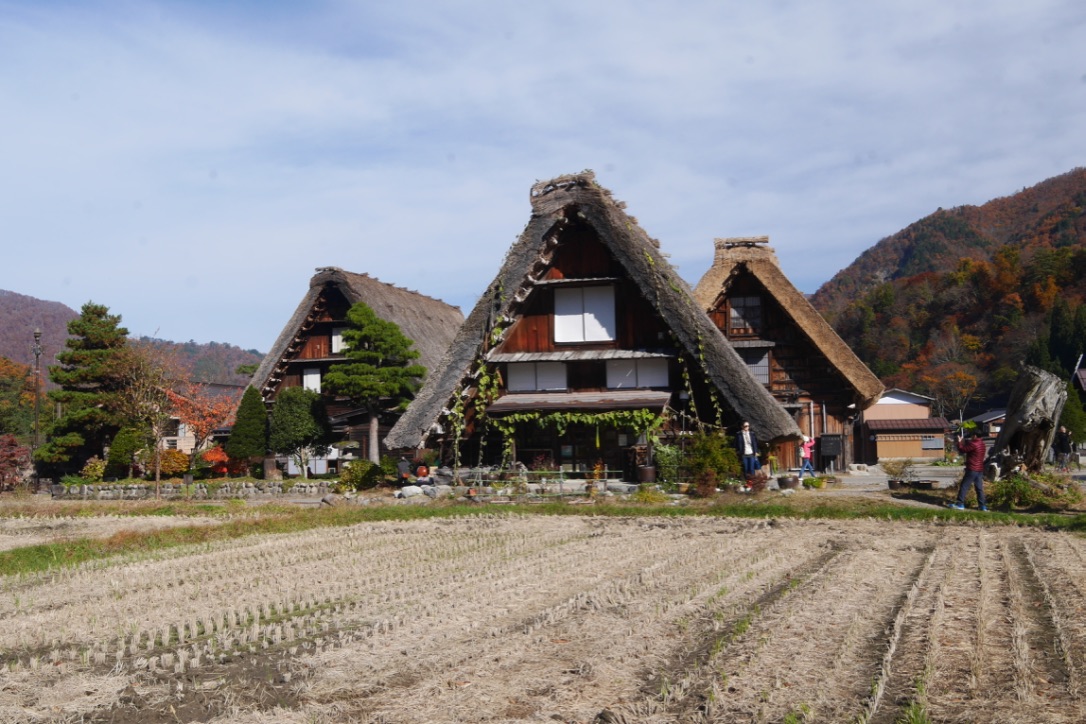
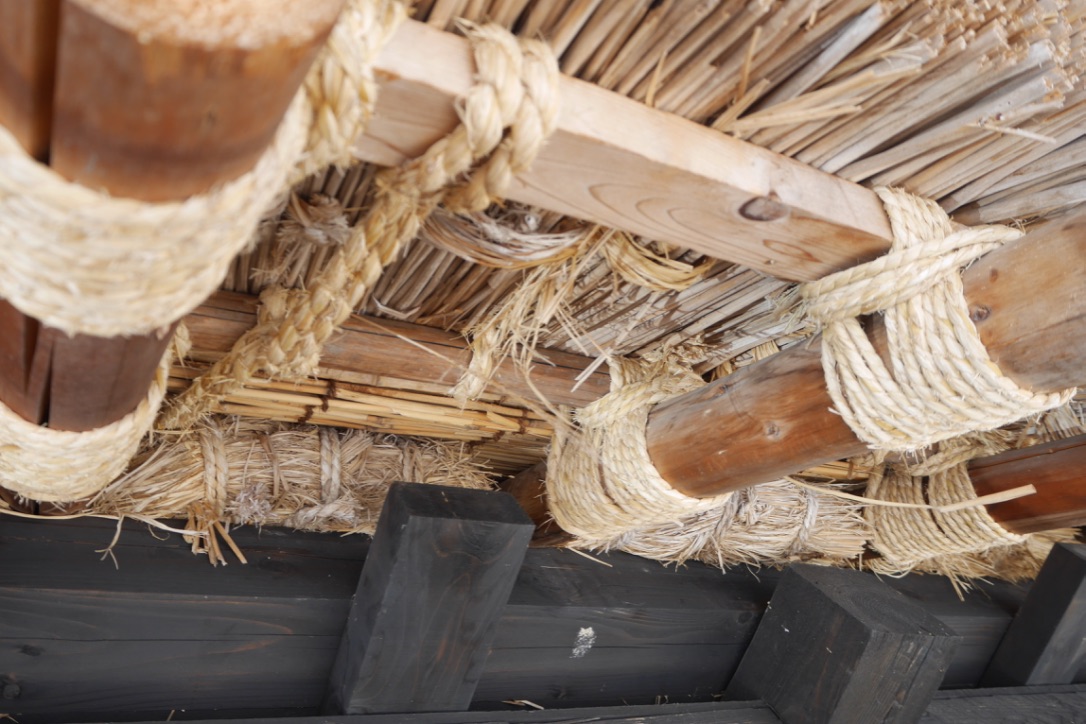
Kanazawa
For our next stop we stayed in Kanazawa in a traditional air B and B. Again meaning a very small space with traditional futons to sleep on, tables on the floor and a bump on your head when you bend forward to sit on the toilet it was so tight. We explored this town mostly to see the famous Kenroku-en which is one of the top three gardens in Japan. The Japanese population seemed to have the same idea because it was packed full of people, many dressed in traditional kimonos or just taking a stroll. We later strolled through the geisha district eating gold ice cream – Graham’s pick of course and then explored the bustling market place which looked like the TV series ‘deadliest catch’ had unloaded its 1000s of ginormous king crabs.
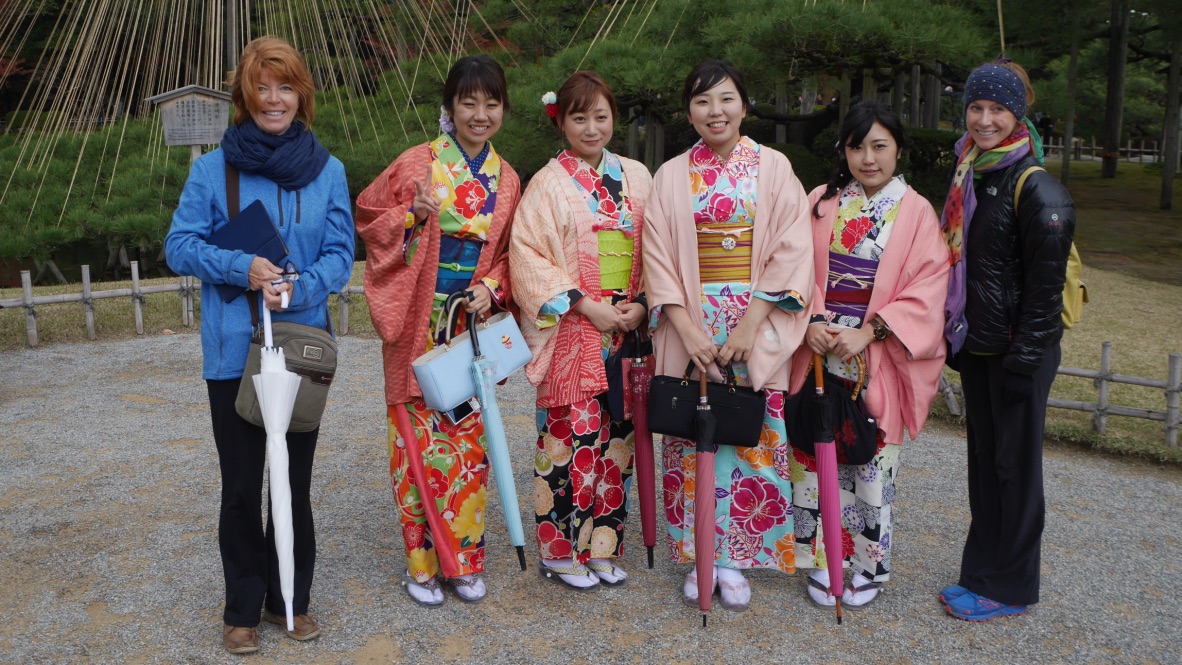
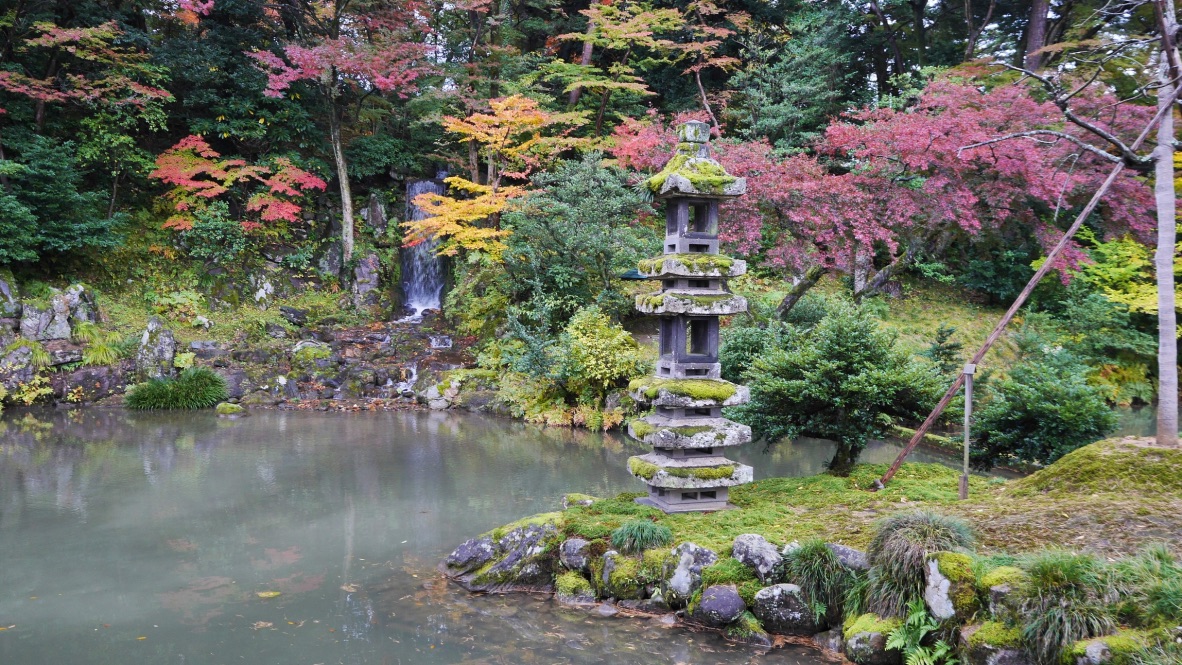
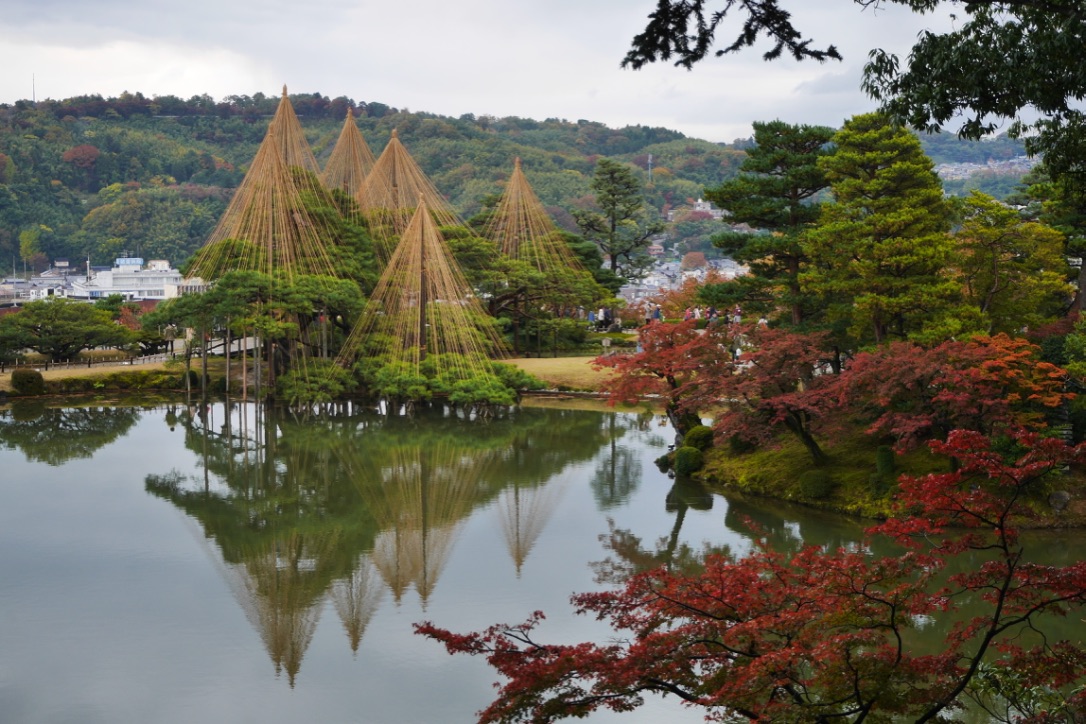
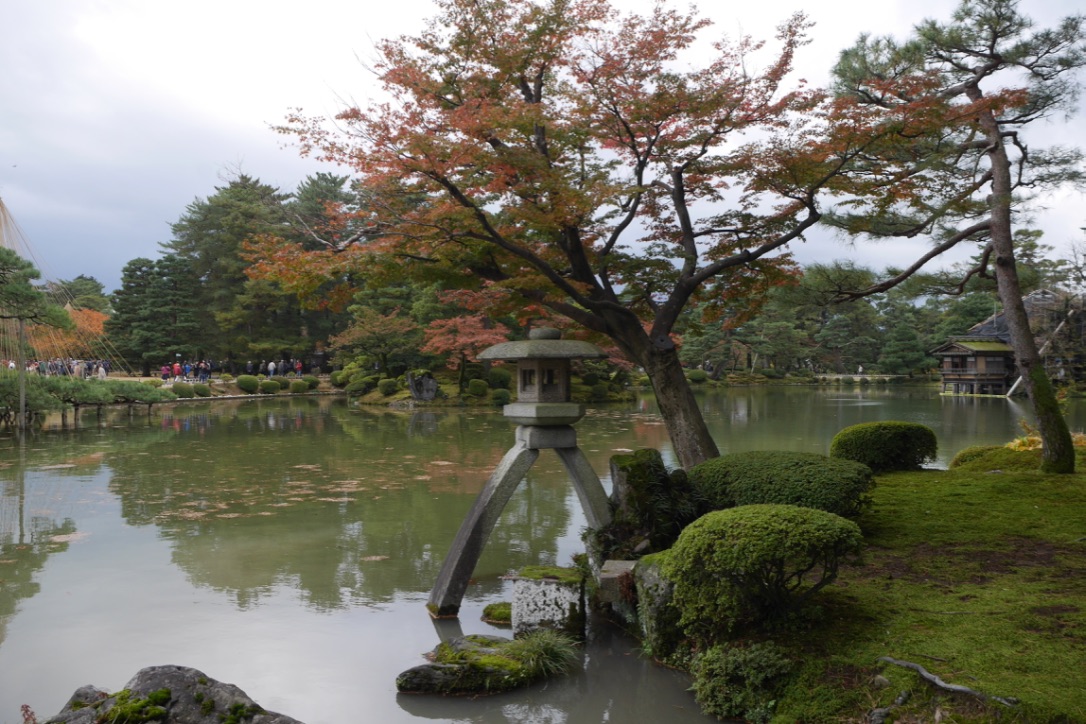
Onomichi
After a few more trains rides we spent our next two nights in Onomichi which was a gritty, old seaport town with surrounding hills full of temples and literacy sights. While we spent our afternoons exploring these hills, while in the morning we rented bicycles and cycled the Shimanami Kaido. The shimanami sea route is a chain of bridges linking Onomichi to Imabari via six inland sea islands. The last connecting bridge is the longest suspension bridge in the world. The weather was perfect and the entire route stretches seventy kilometers. I will admit we only did half and took the ferry the rest of the way. Mum was also super over protective of her grandchildren so we decided not only to cut it short, but they rented me an electric bike! Electric bikes are great going uphill, when you are not towing your spouse on his bike behind you, however going downhill or flat you actually have to pedal the entire time! For our stay in Onomichi we stayed in another air B and B, this time however it was very modern, with a couch and kitchen, which we used to our full advantage. The previous night Graham and dad wanted to try the famous Hida beef (a variation of Kobe beef specific to the region) and for 20 dollars they got two 1mm sliced pieces of meat, cabbage and a mushroom that they had to cook on their little grill themselves. They were starving afterwards and had to hit up 7/11 on the way home. With our functional kitchen, the next night we went to the Japanese grocery store and cooked up our own steaks with loads of fresh sushi and dumplings for a quarter of the price. These were some of my favorite meals due to the huge selection. Also after a certain time at night everything is heavily discounted so, just like the locals we shopped up a storm on empty stomachs. For those who have ever had a Kobe steak or Hyda beef, the more expensive the cut, the more marbling the meat has. Graham chose the most expensive so we had only the best! While him and dad enjoyed their steaks, I don’t think mum and I could stomach more than two bites. While the flavor was there, it was so fatty it was like you were eating a slab of fat that just melted in your mouth. I couldn’t quite get that thought out of my mind.
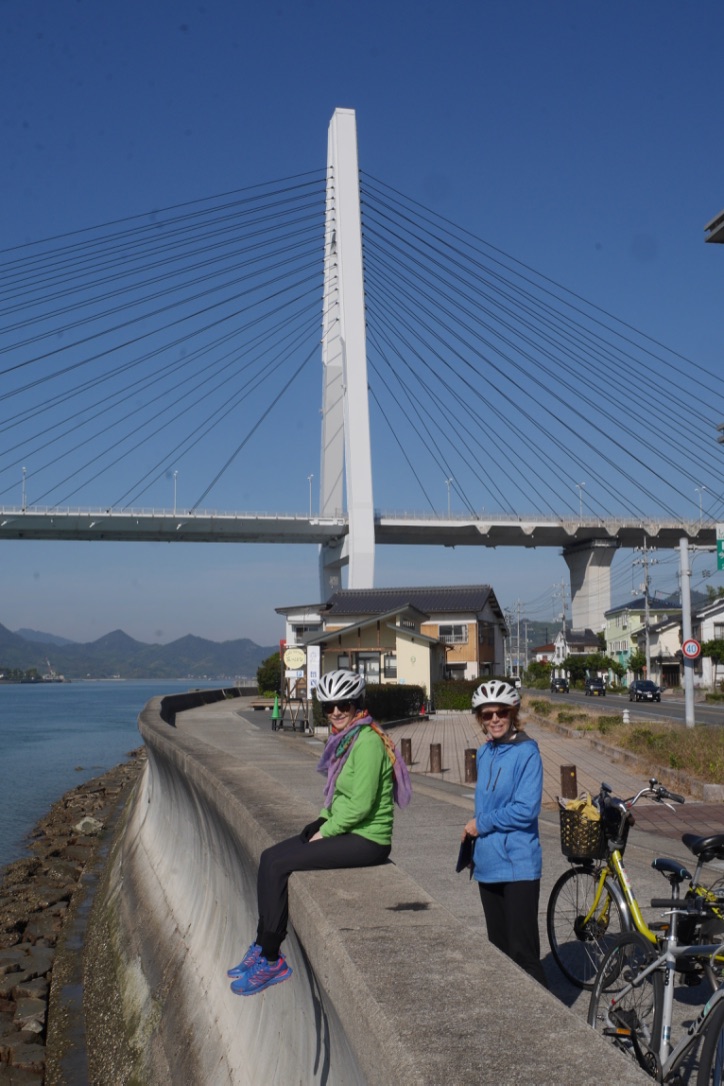
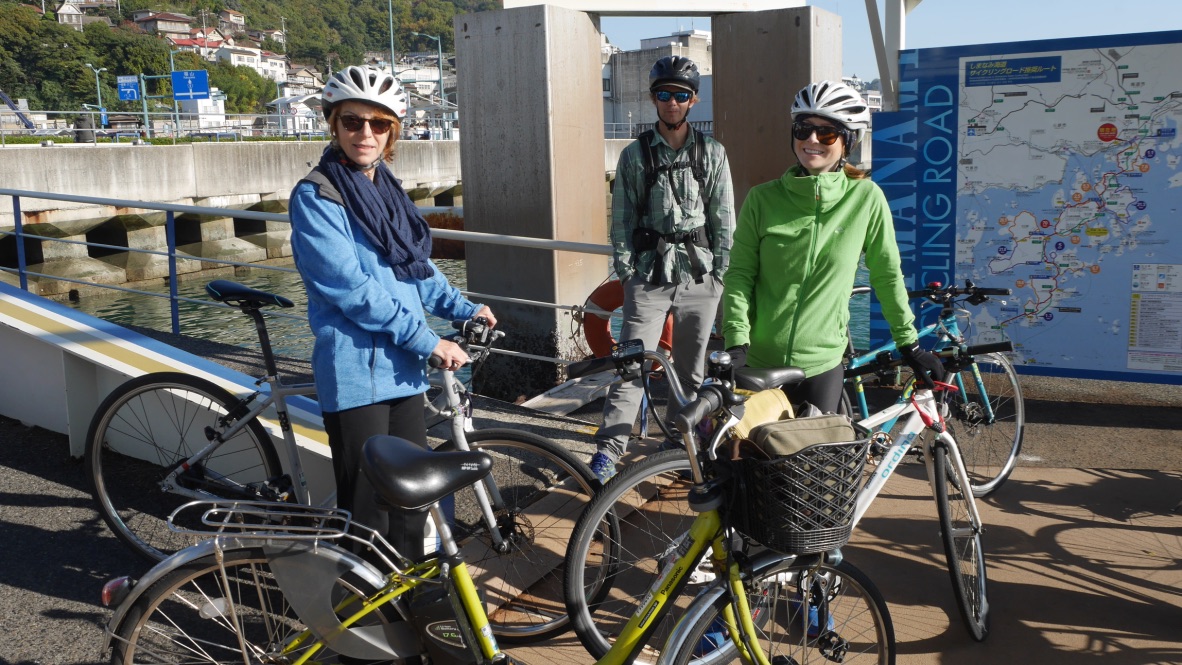
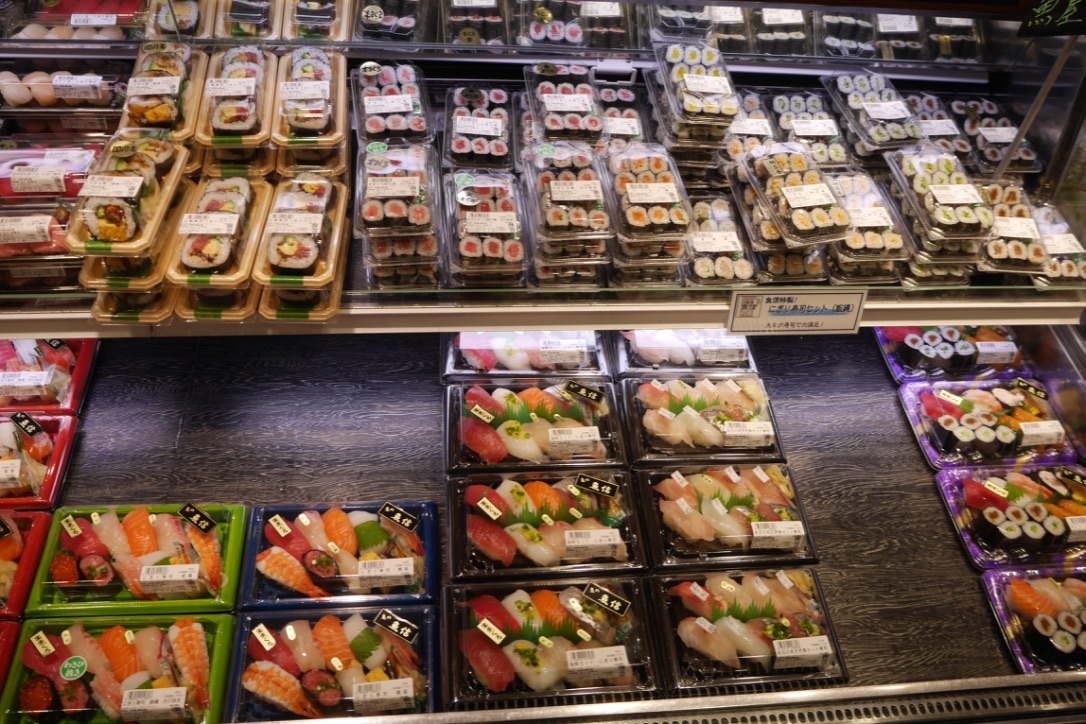
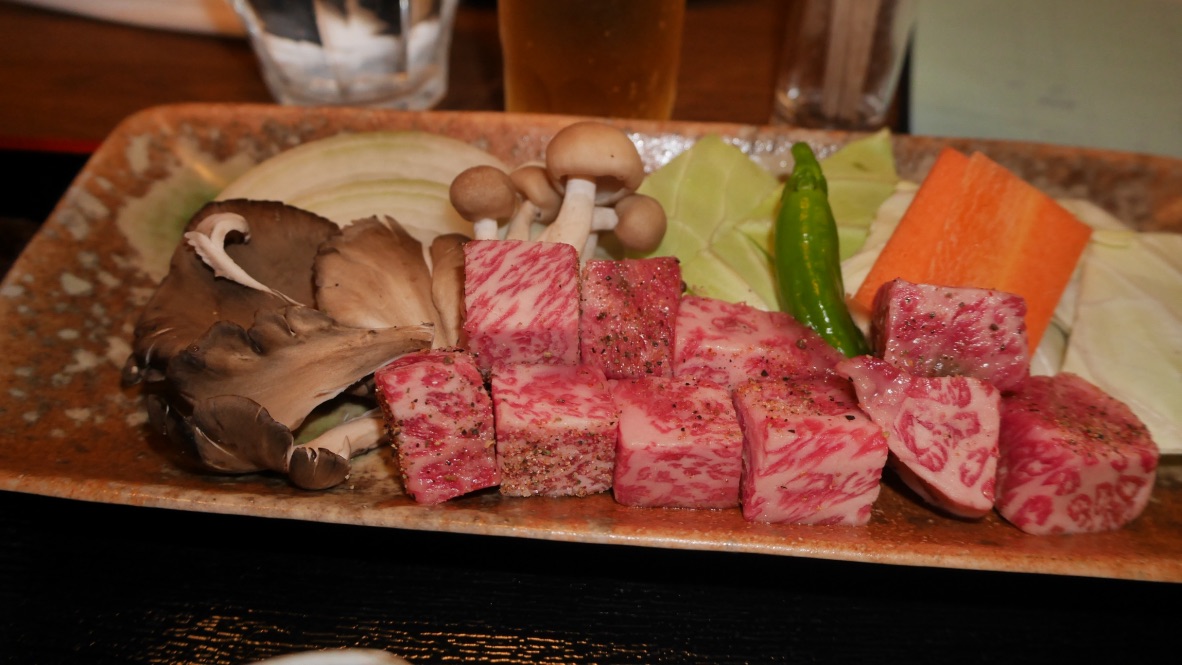
Hiroshima
I am sure most of you reading this have heard of Hiroshima and the events of August 6 1945 when this city became the target of the world’s first atomic bomb attack. Like most visitors here, from all over the world we spent the day at the Peace Memorial Park and sights around the Atomic Bomb Dome. While the museum was not quite as graphic as the September 11 memorial in NYC, the devastation and after effects still haunt me. The more countries I visit seeing museums such as the Holocaust or Khmer Rouge in Cambodia, it is a constant thought in my mind, that history always seems to repeat itself. The very reason these memorials are in place is so we remember and don’t forget. I stood there amongst the sea of black hair, looking at a burning flame which will burn until there are no more nuclear weapons in this world and world peace…so forever.
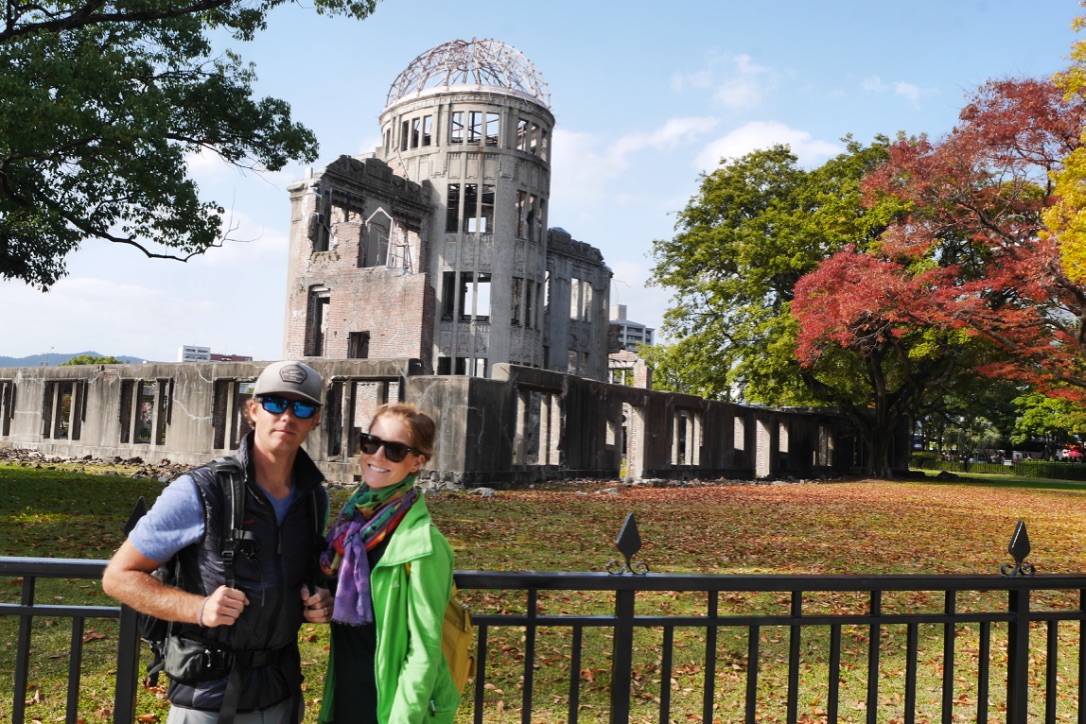
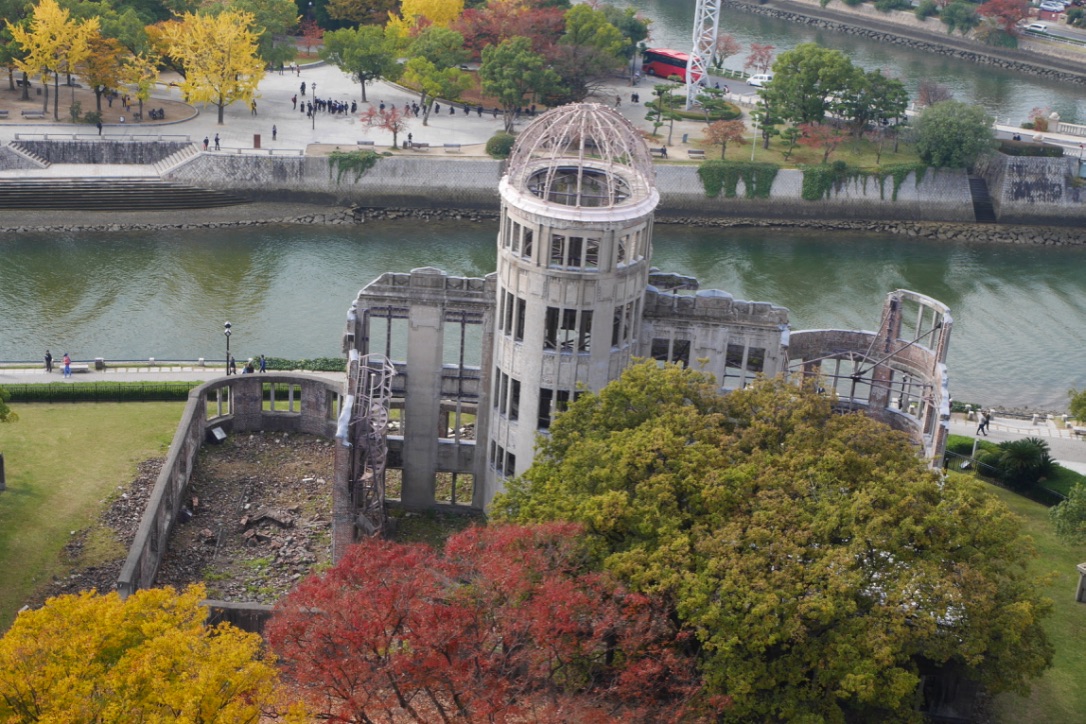
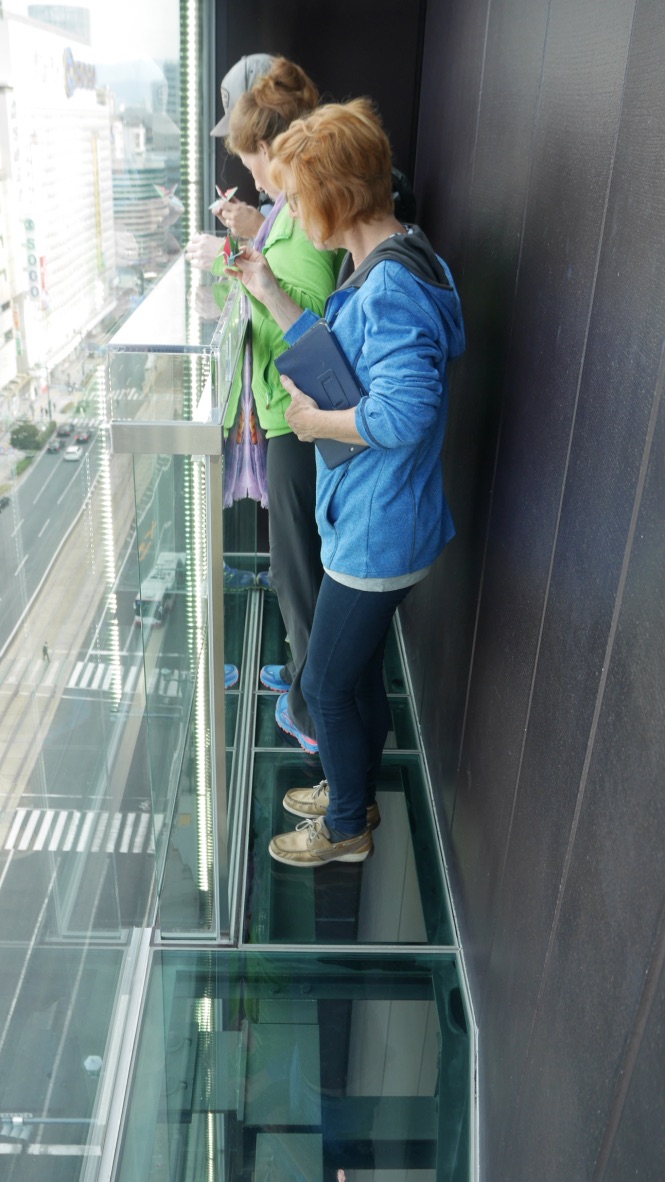
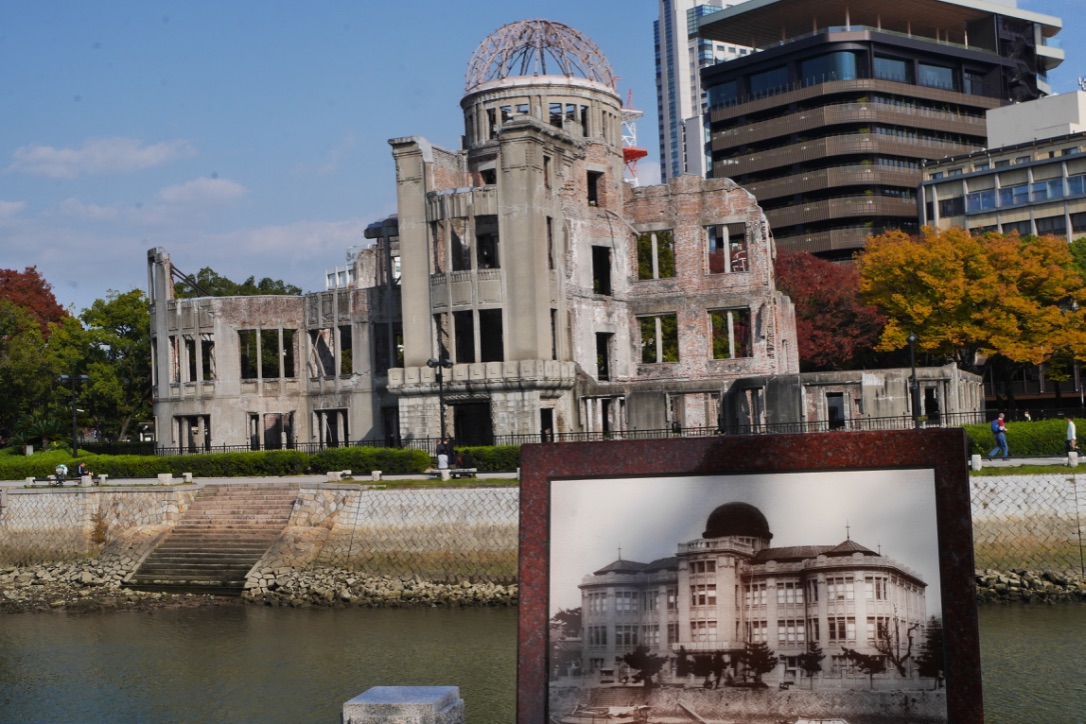
We spent our second day in Hiroshima on the small island of Miyajima, one of Japan’s most visited tourist spots due to the giant torii gate, which at high tide seems to float on the water. The entire island has a long history as a site of Shinto. The shrine itself is located in a small inlet, while the torii gate sits out in the sea. The island was covered with very tame deer. They would just wander amongst the tourists, allowing little kids to pet them, however beware, they loved paper. If you had a map, tissue or money in your hand, you could guarantee a deer was stealing it or approaching fast.
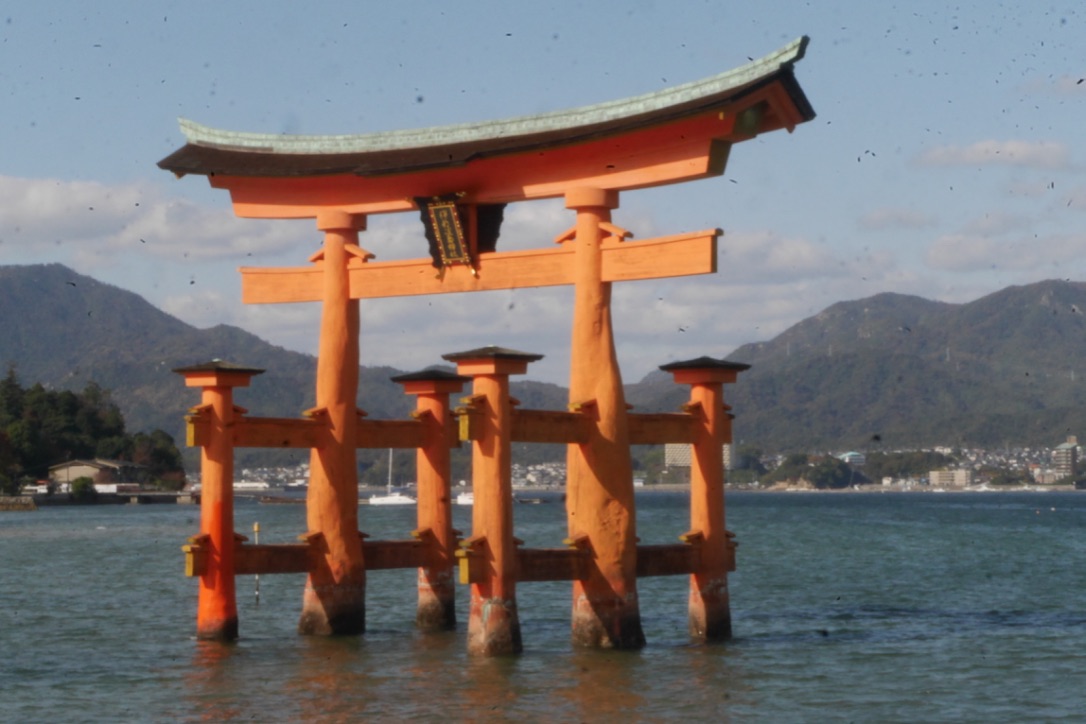
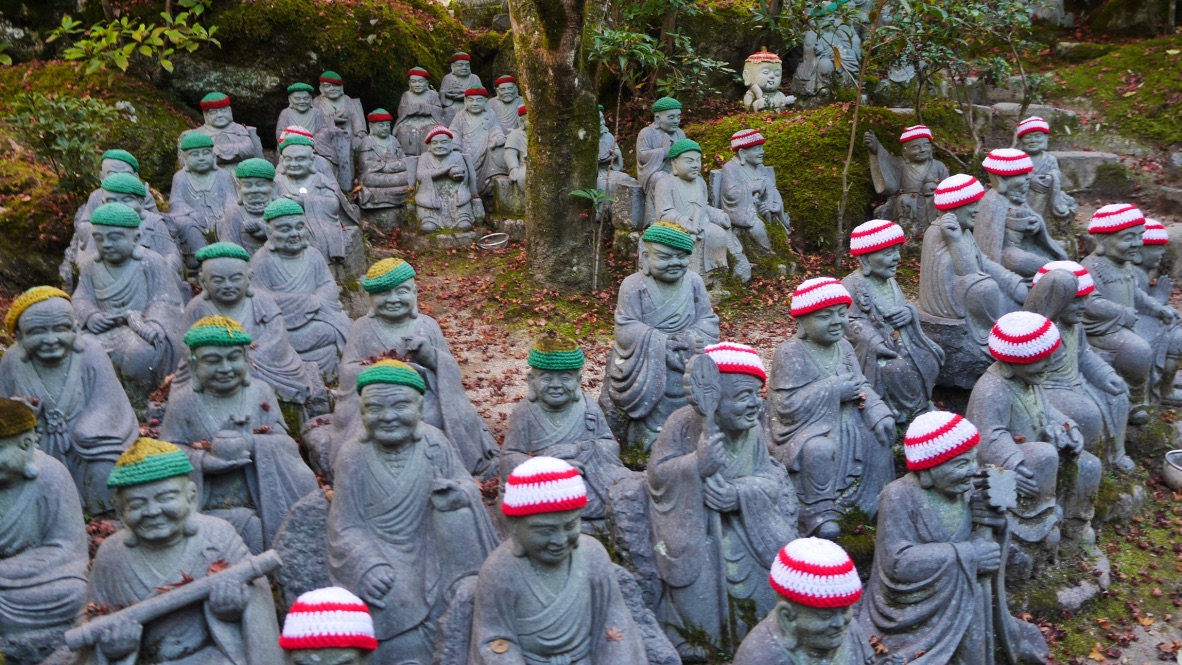
Our visit to this island was probably one of my most memorable times in Japan. Thanks to some good planning we were able to witness the Shinto monks do a fire walking ceremony (done twice a year only). We waited for two hours to have a front row seats, but it was worth it. The chanting, the knife ceremony and shooting of arrows into the crowds was just the wind up to the monks walking over glowing coals. The fire itself was made out of wooden slats where people from all over Japan had come to write messages of good health and fortune onto them. These were then read by the monks and thrown into the fire to burn. The smoke from the huge bonfire was so heavy it blocked out the sun completely and the sky turned a shade of grey and black. The performance continued, but only after we all handed the monks our purses and backpacks to be blessed over the fire. At first we had no idea what was happening and the Japanese people were handing over their wallets over our shoulders. We were like ‘wow’ that is quiet the donation to just burn! Never the less, we caught on and followed their lead. As the fire began to smolder down, the monks prepared it for walking. Already the worshippers around us had taken off their shoes and socks to follow suit. At this point I was not so keen. The coals were still glowing, sometimes still catching alight into flames. There was no way! Even Graham who was saying the entire trip that he was going to walk through fire had doubts at this time. I know it was hot for the monks. I also know it was hot for the first few worshippers as I saw some jump out! Luckily after more time passed and I saw a little old lady walk through, we too joined the 100s of worshipers from all over Japan lining up to walk through fire and get blessed with good health and fortune for the next 7 years.
It really was a memorable day, one of the coolest introductions I have had with monks and their traditions and ceremonies. We left smelling like smoke but not before exploring more of the temple grounds and its prayer wheels, numerous shrines and eating some huge grilled oysters, a specialty on the island. Graham also found some other odd critters such as one octopus tentacle the size of a banana served on a stick and a snail the size of an orange.
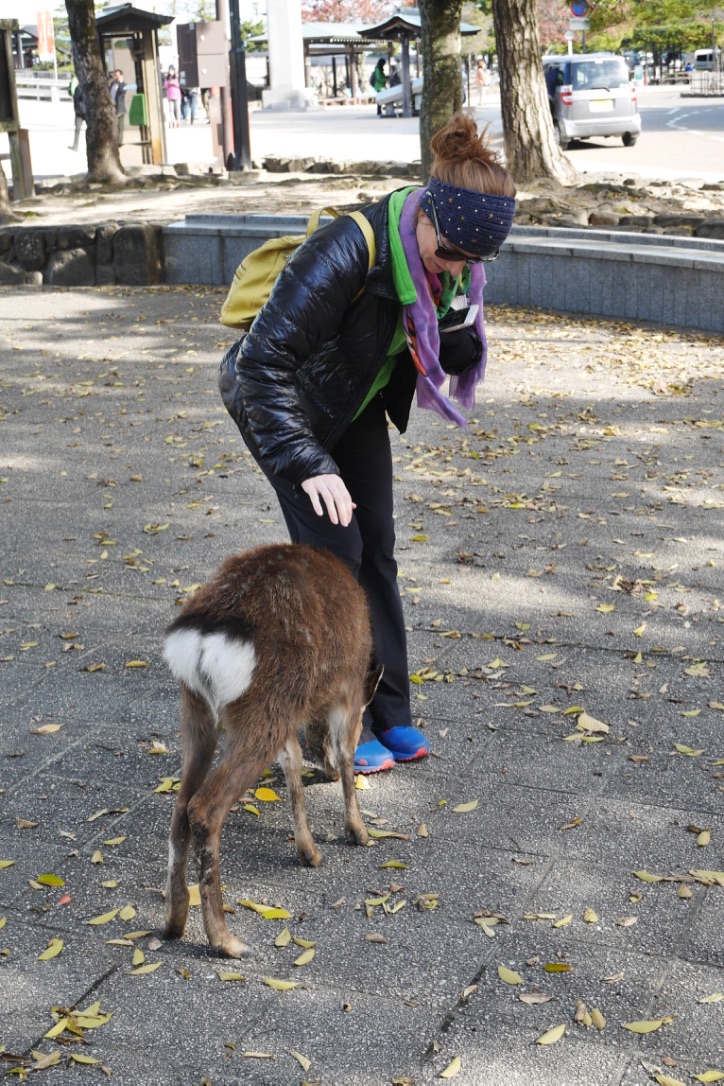
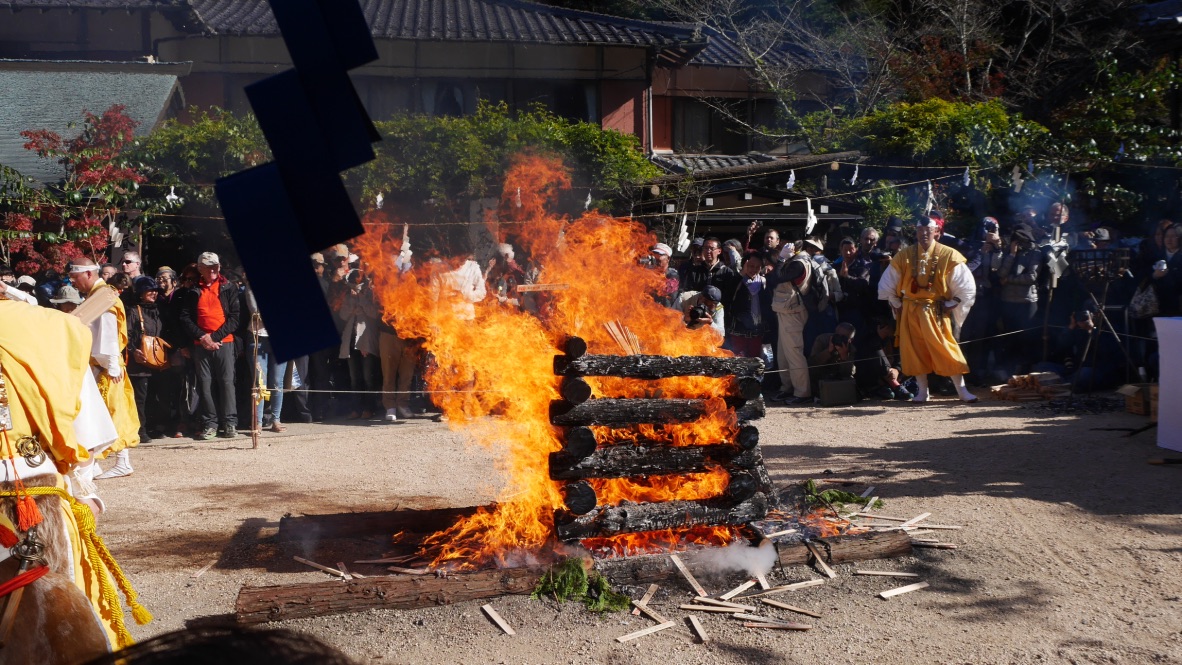

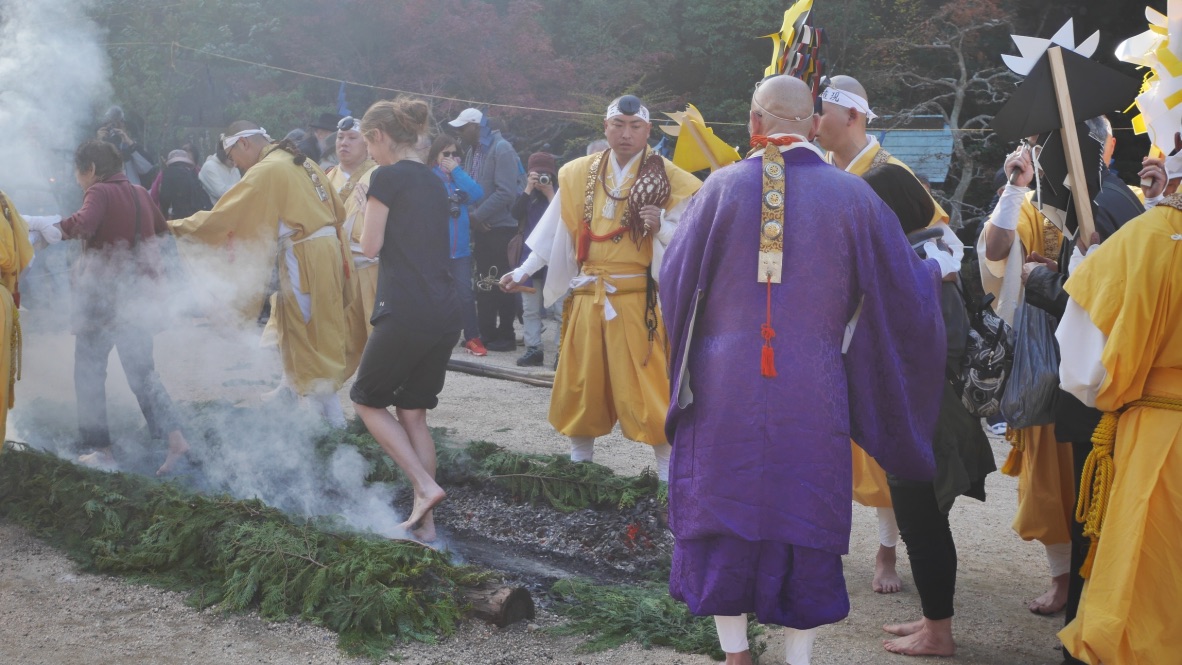
To break up the bustling cities we spent our third day in Hiroshima visiting the Sandan Gorge in the Nishi Chugo Ku Sanchi Quasi National Park. We spent the day hiking through forests of yellow, orange and red trees, interlaced with one waterfall after another.
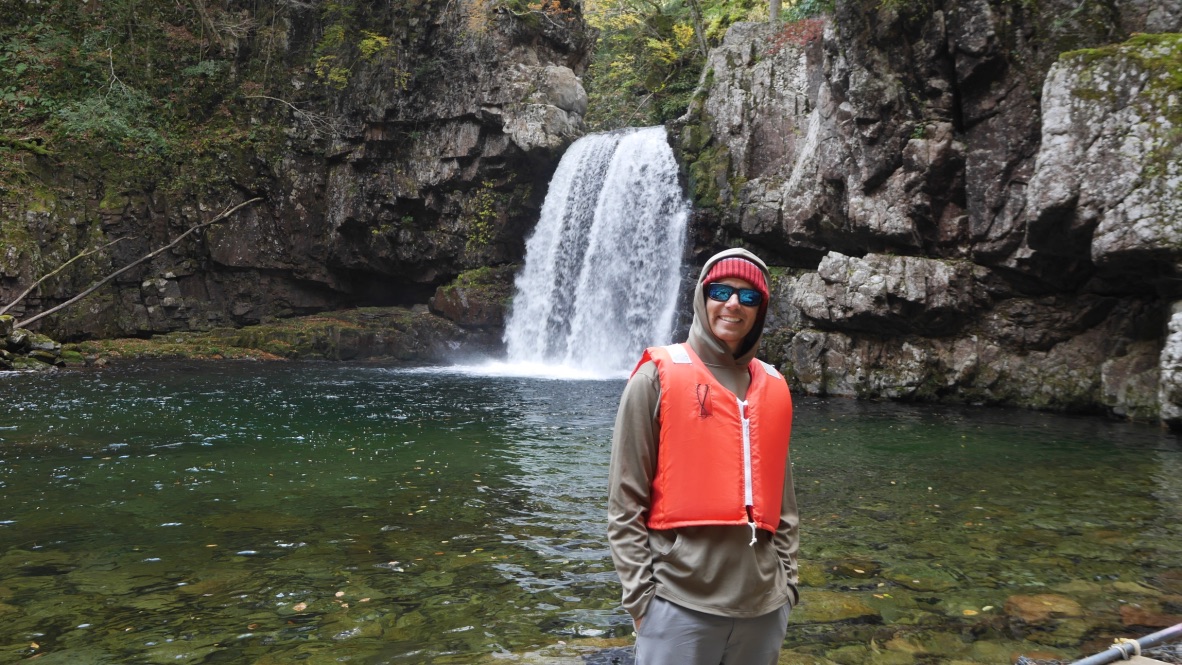
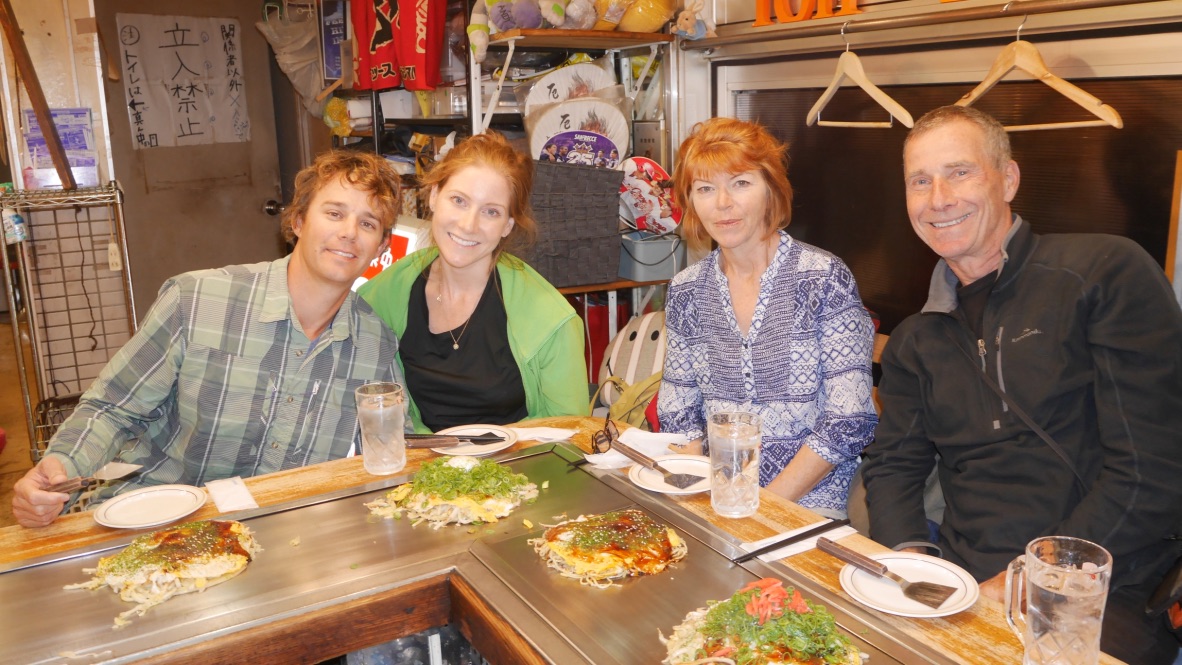
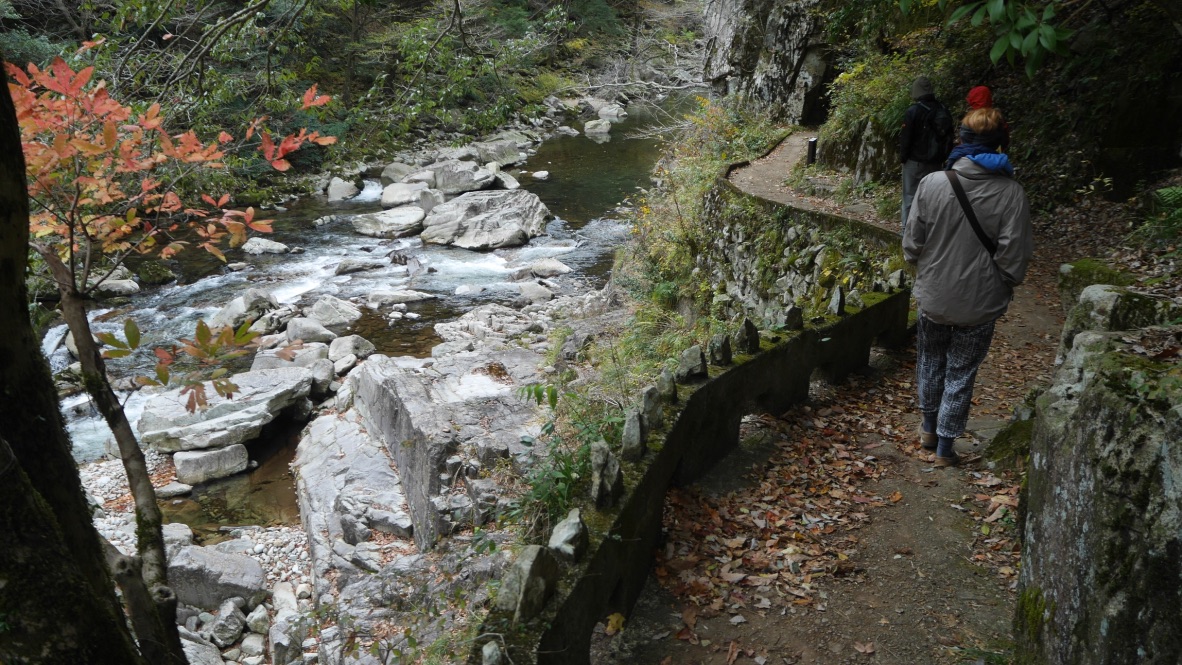
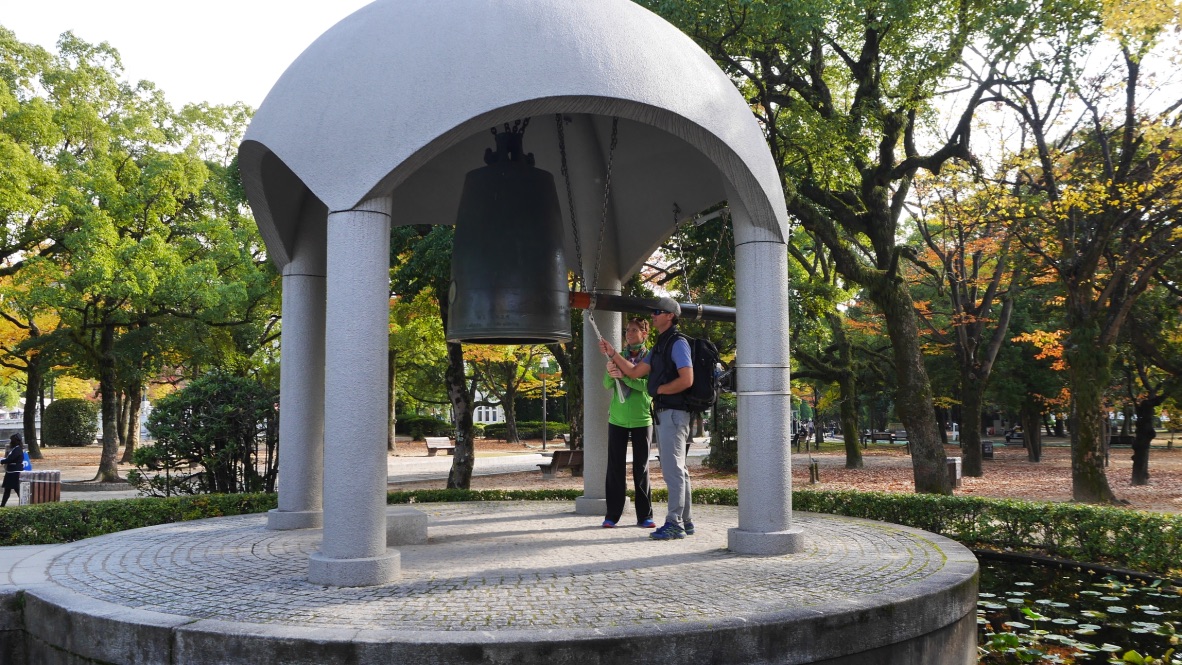
Kyoto
After reading Memoirs of a Geisha, I have been curious about visiting Kyoto since our arrival to Japan. After a short stop at the Himeji castle, the finest in all of Japan, which is easy to understand why when you see the pictures of the Herron resembling castle we arrived in Kyoto. Kyoto is a city filled with history, with ancient temples, colorful shrines, sublime gardens filled with color and sand gardens, and where tradition walks past you in the form of a kimono on pretty Japanese women. We also had the chance to see three different Maiko, which are apprentice Geisha, each with white painted faces, colorful kimono with long sleeves and extravagant hair pins on relatively unadorned wigs. To me they looked strange up close. Beauty really comes in a huge spectrum all over the world. While I am always spraying fake tan or bronzer, they paint themselves all in white.
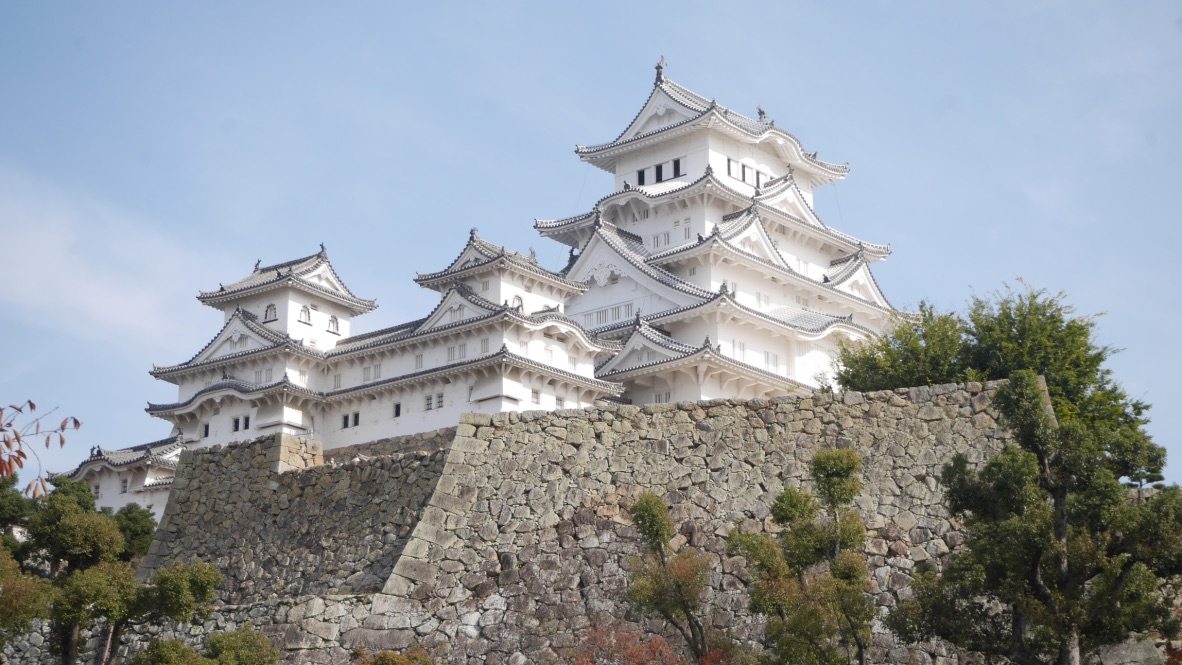
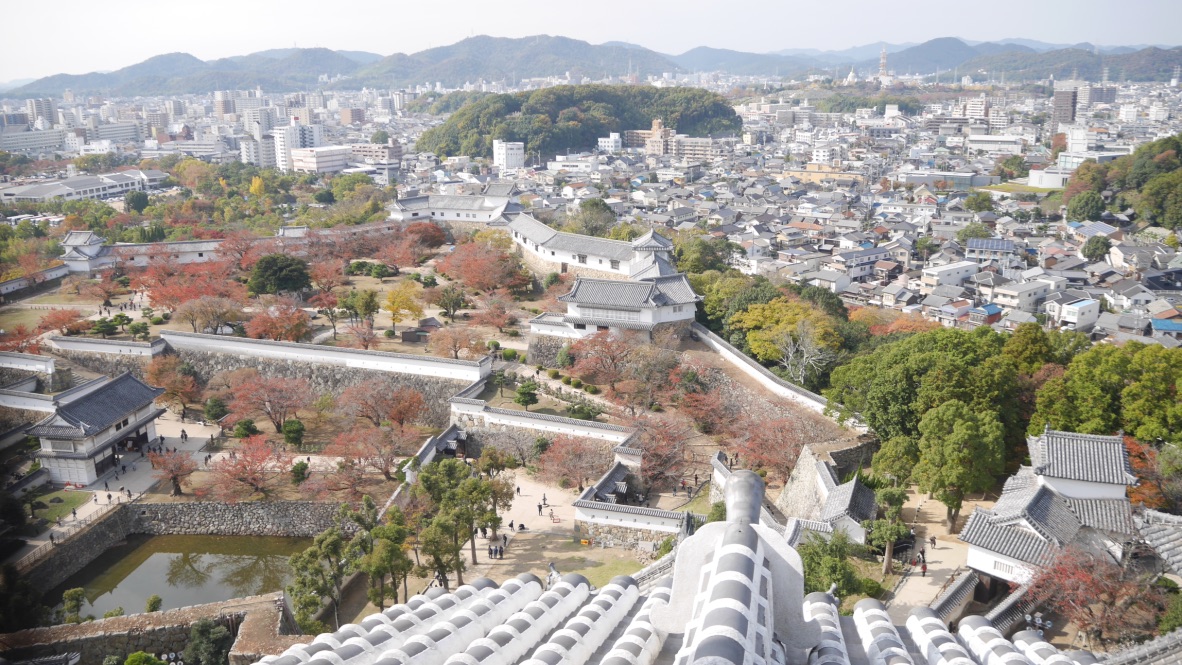
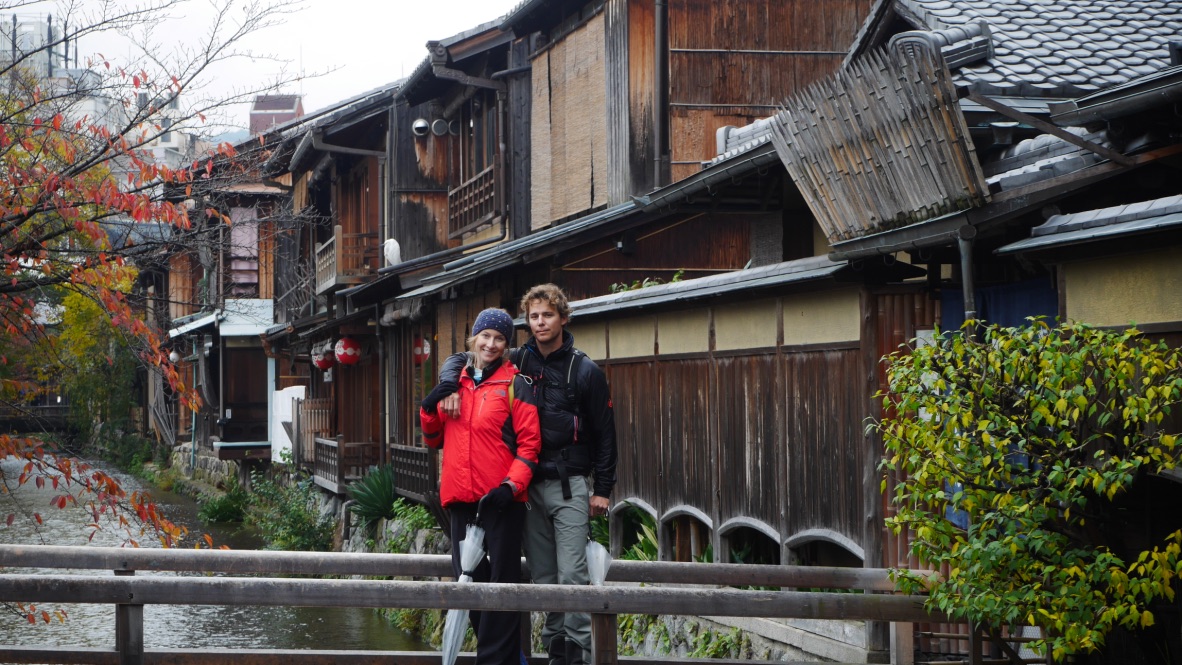
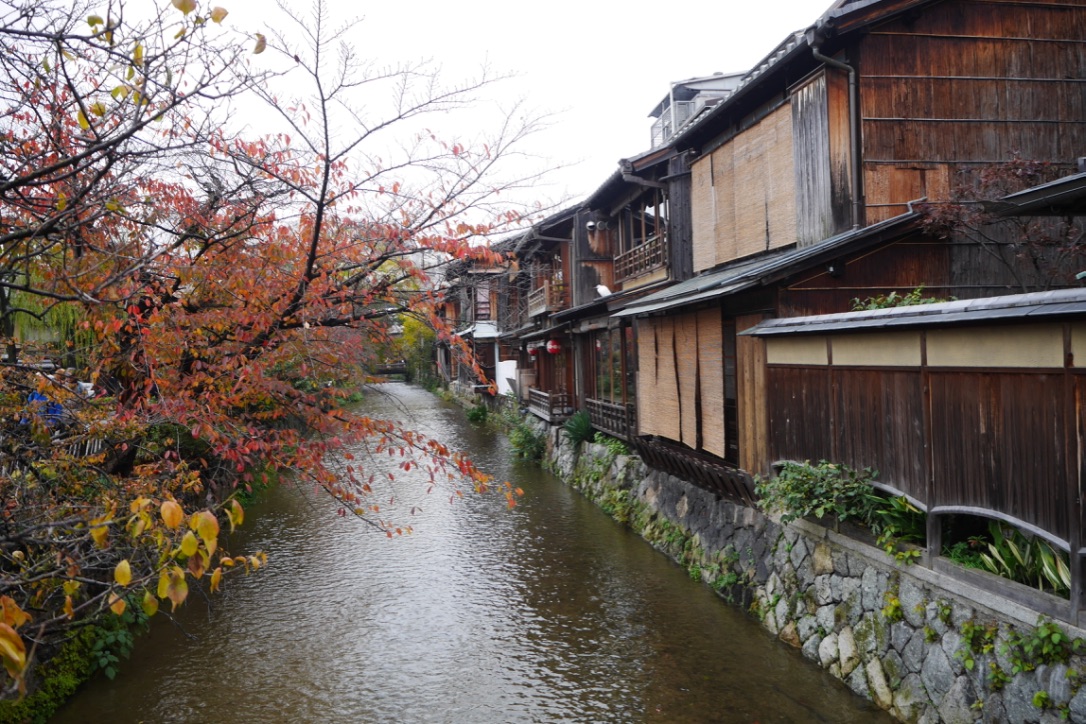
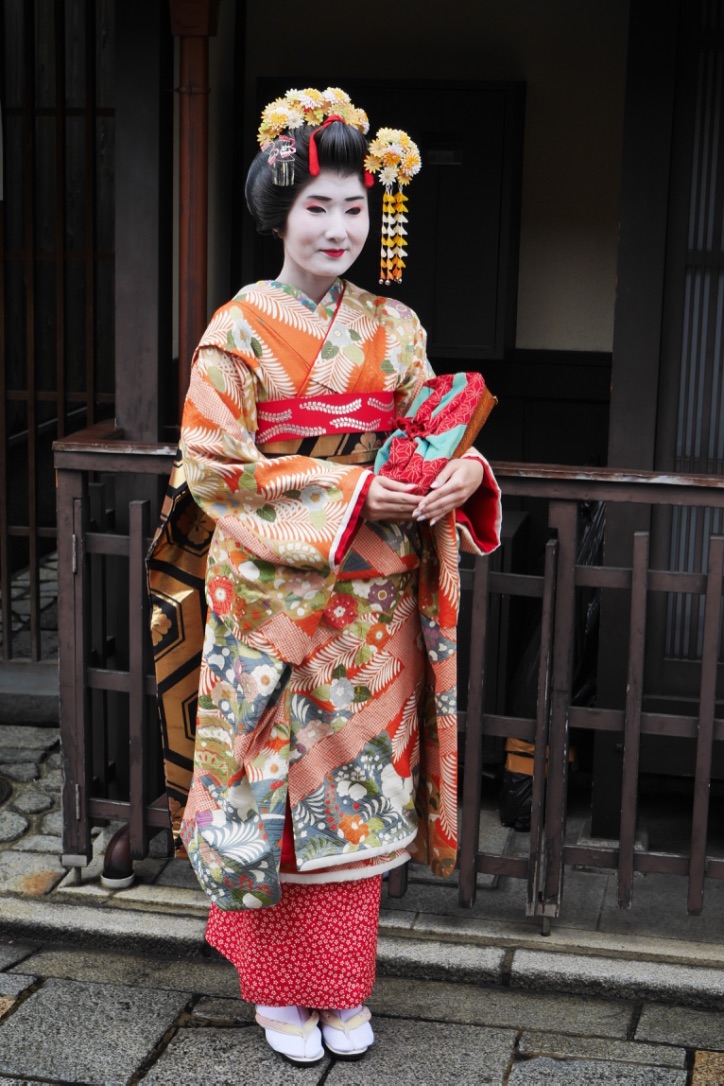
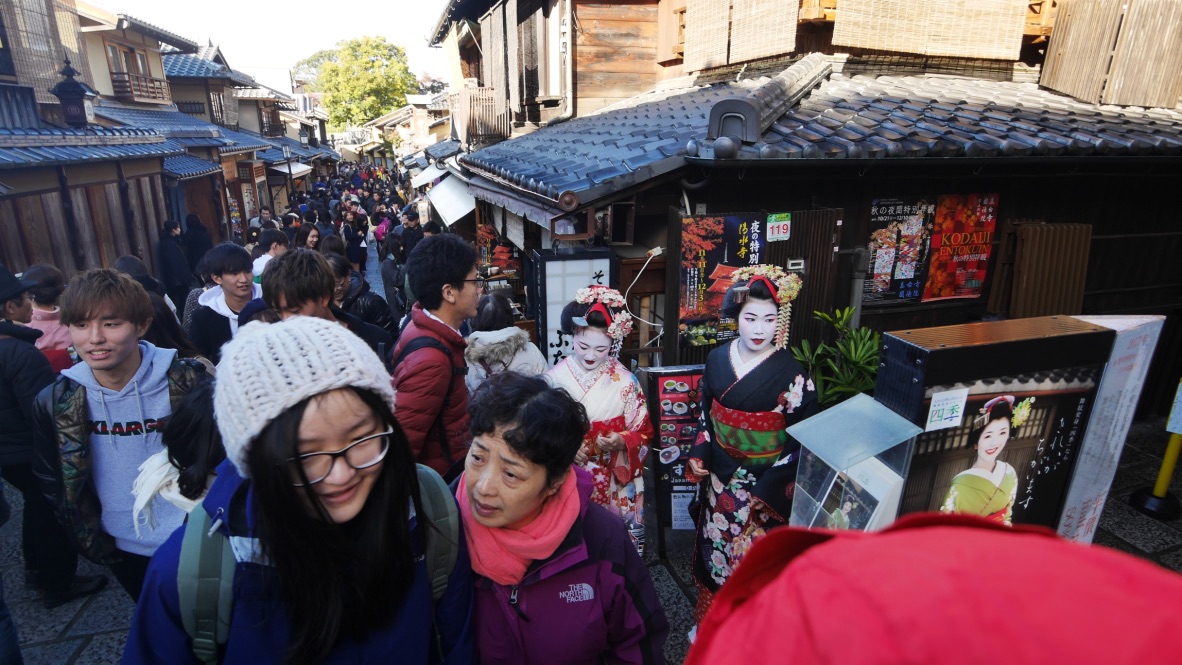
Our days were filled with pilgrimage walks, everywhere we turned there was a temple and shrine to see. We purposely picked the most famous and most beautiful ones, including one covered completely in gold, where the reflection in the water surrounding it was just as blinding. My most favorite was the Fushimi Inari Shrine. It was covered in thousands of vermillion torii gates one after another creating tunnels all over a mountain which was dedicated to the Shinto god of rice. It was beautifully lit at night and despite all the stairs it was by far the most torii gates I have ever seen and will likely ever see. The Sanjusangendo temple was also really special. Inside Japan’s longest wooden building were 1001 carved images of Kannon the goddess of mercy, standing before them were 28 Buddhist deities who protect the universe as well as the god of thunder and wind. Every single life size statue was different so you can only imagine how long we stared in silence. I wanted to take pictures so badly but it was highly forbidden and it was posted they would sieze your camera everywhere.
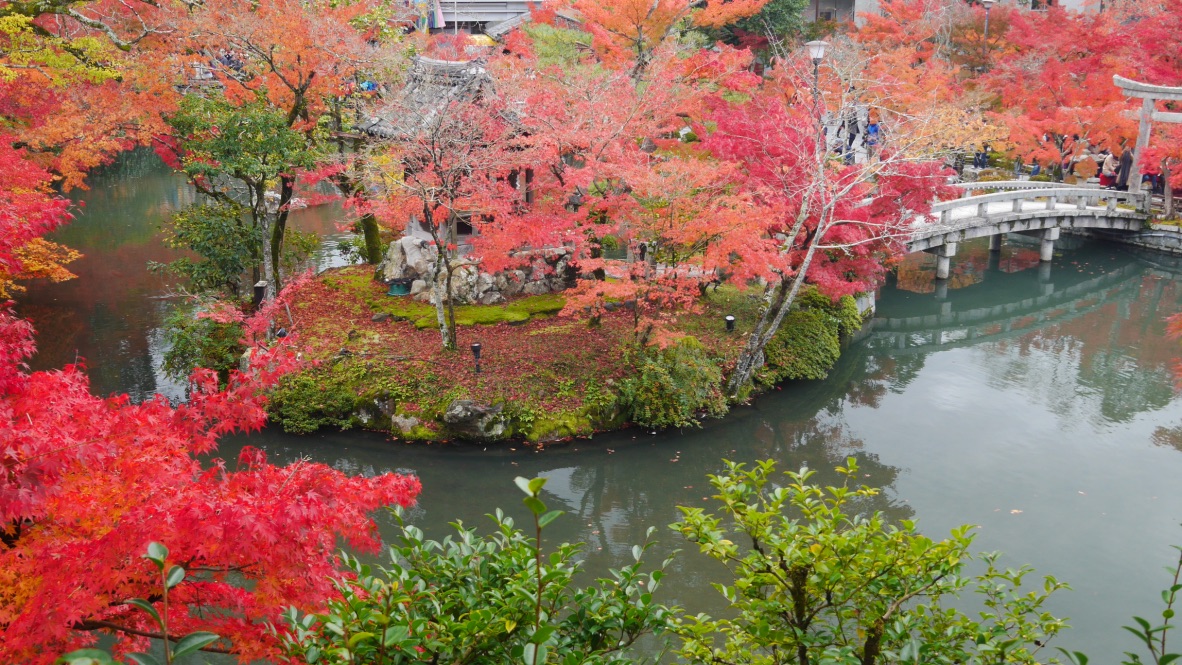
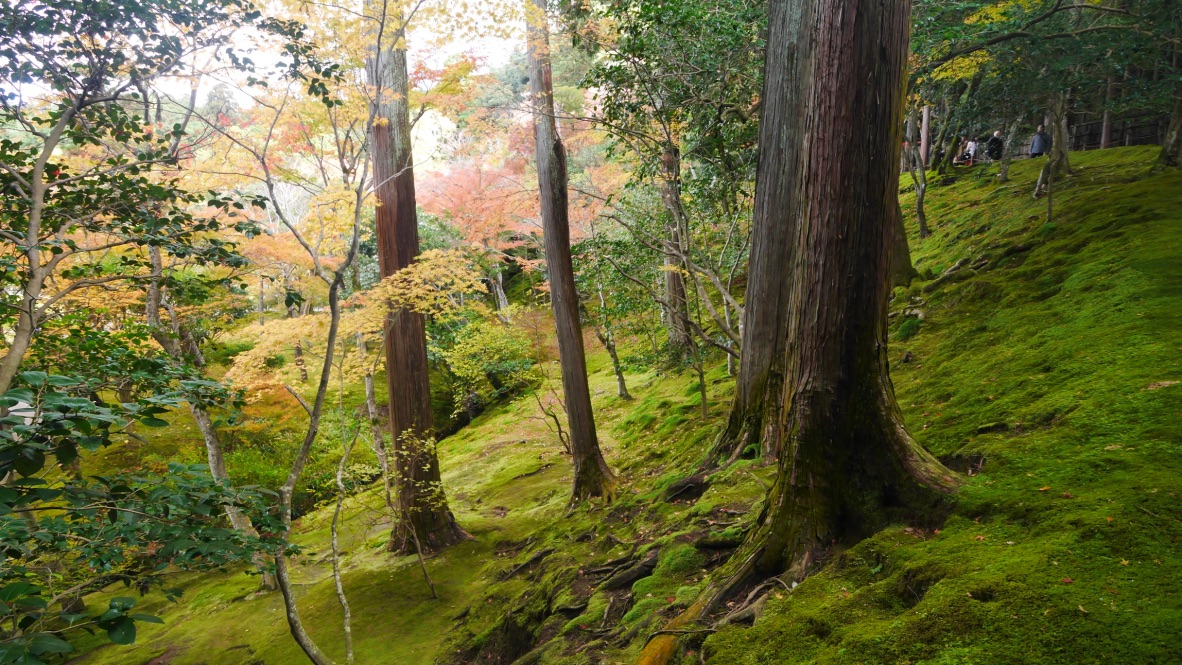
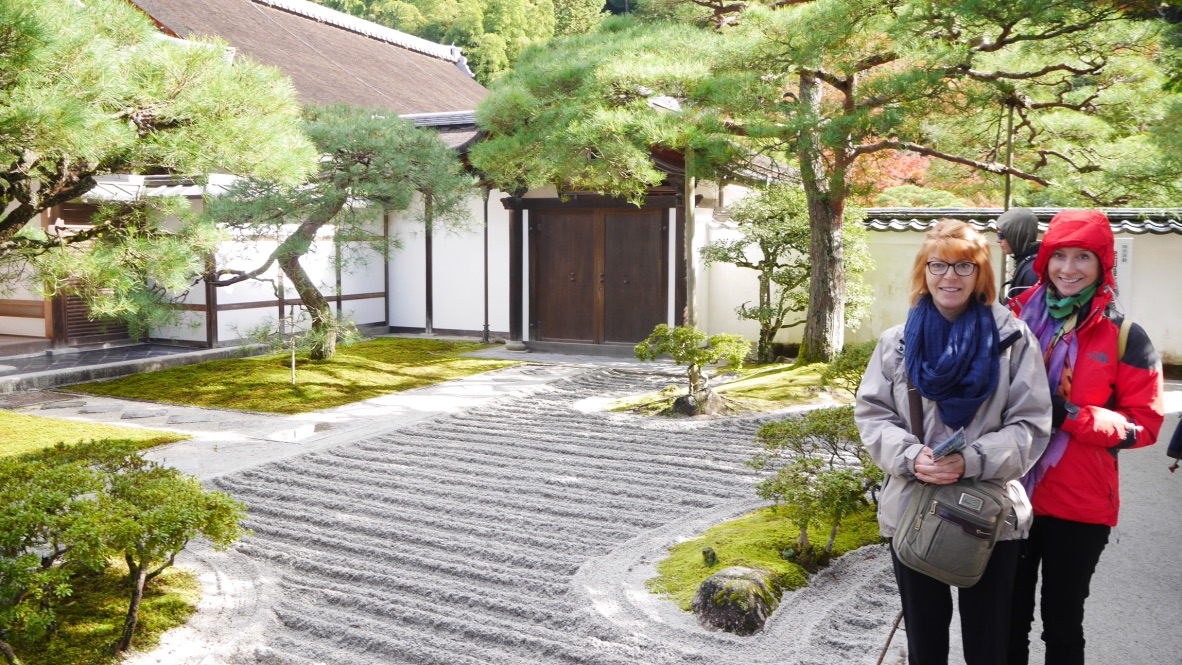


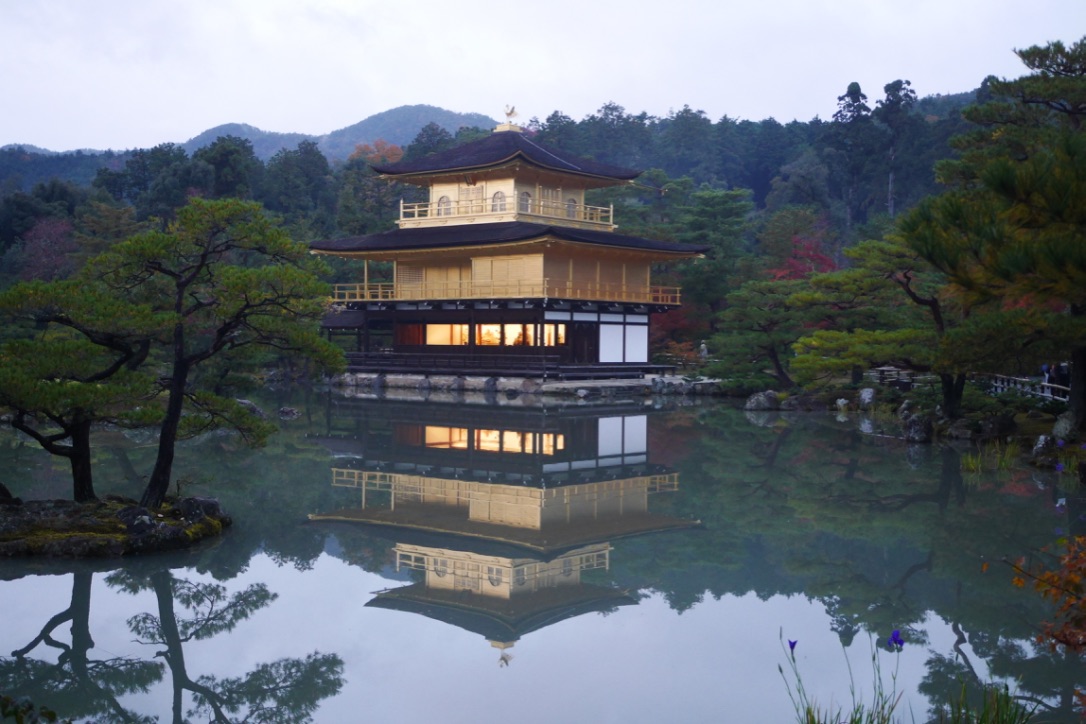
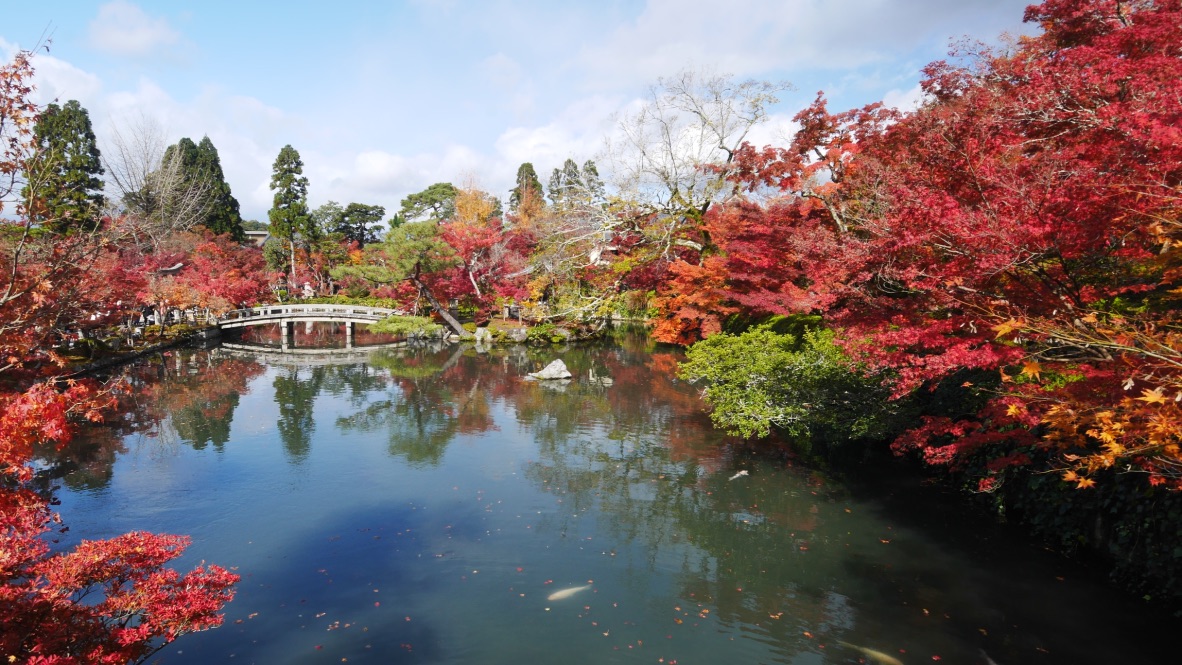
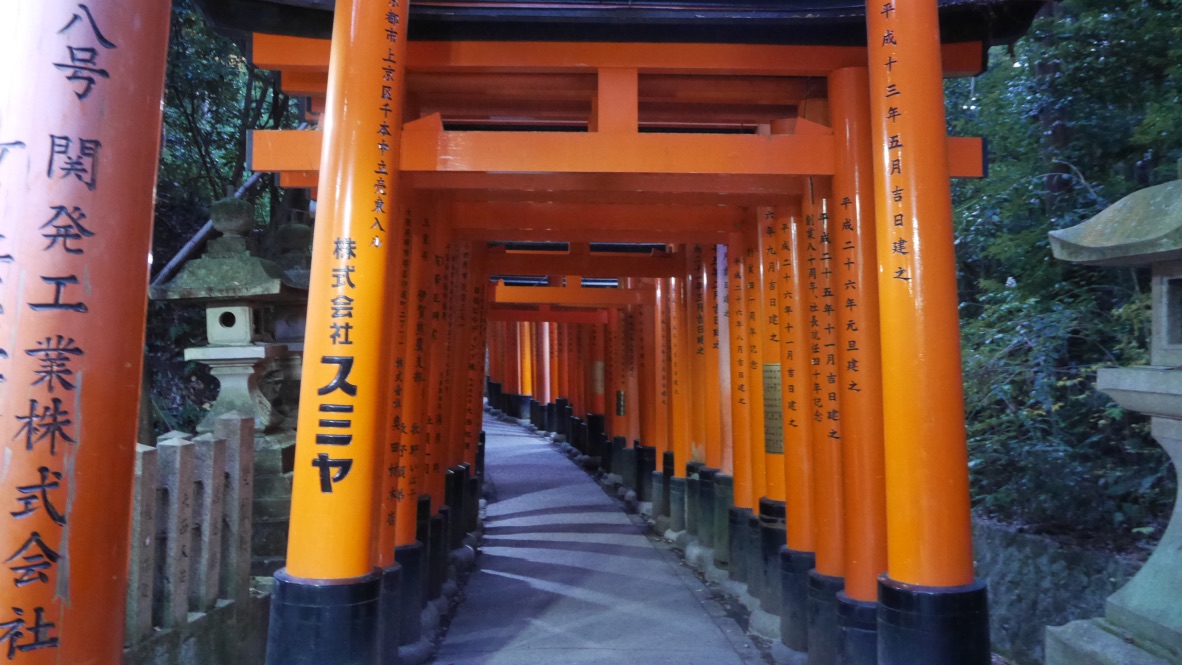
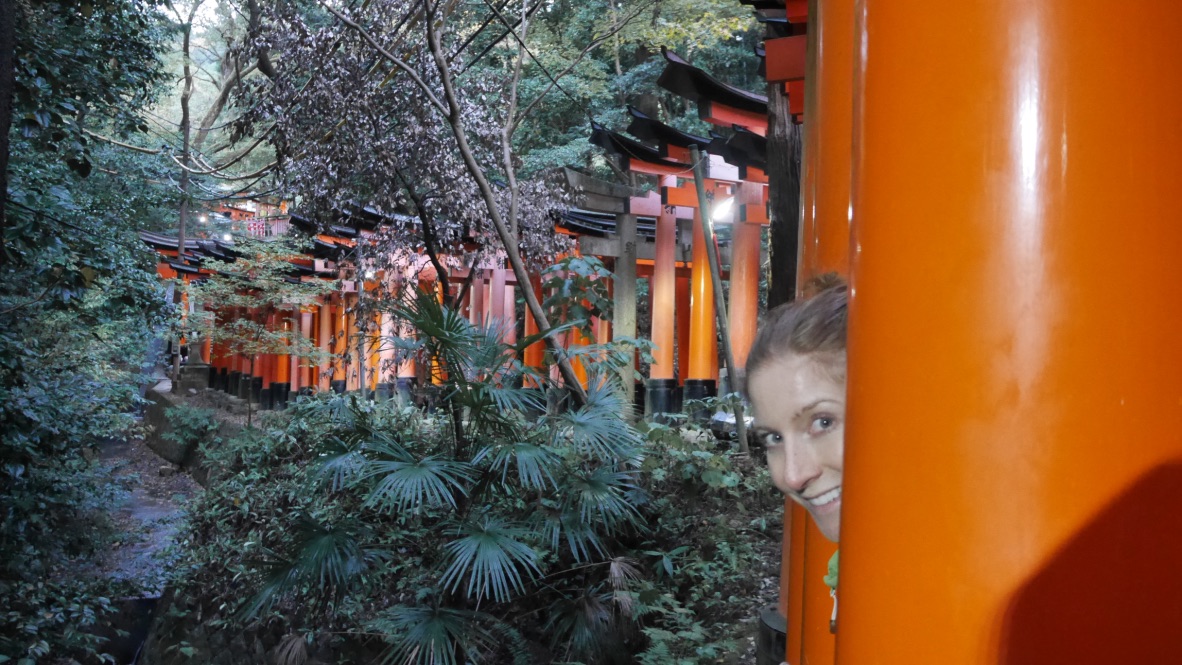
We had a chance to see a kimono Fashion show and visited overcrowded markets where you left stuffed full of samples, all of things we had never tried before. Graham for instance ate a golf ball size mini octopus on a stick, stuffed with a quail egg. He said it was pretty good, but, I also know that Japan has no public rubbish bins so unless he wanted to pocket it, he smiled and ate it with a huge grin. We also enjoyed a traditional green tea ceremony (real green tea is definitely a taste to be desired) overlooking beautiful hidden gardens behind wooden traditional buildings.
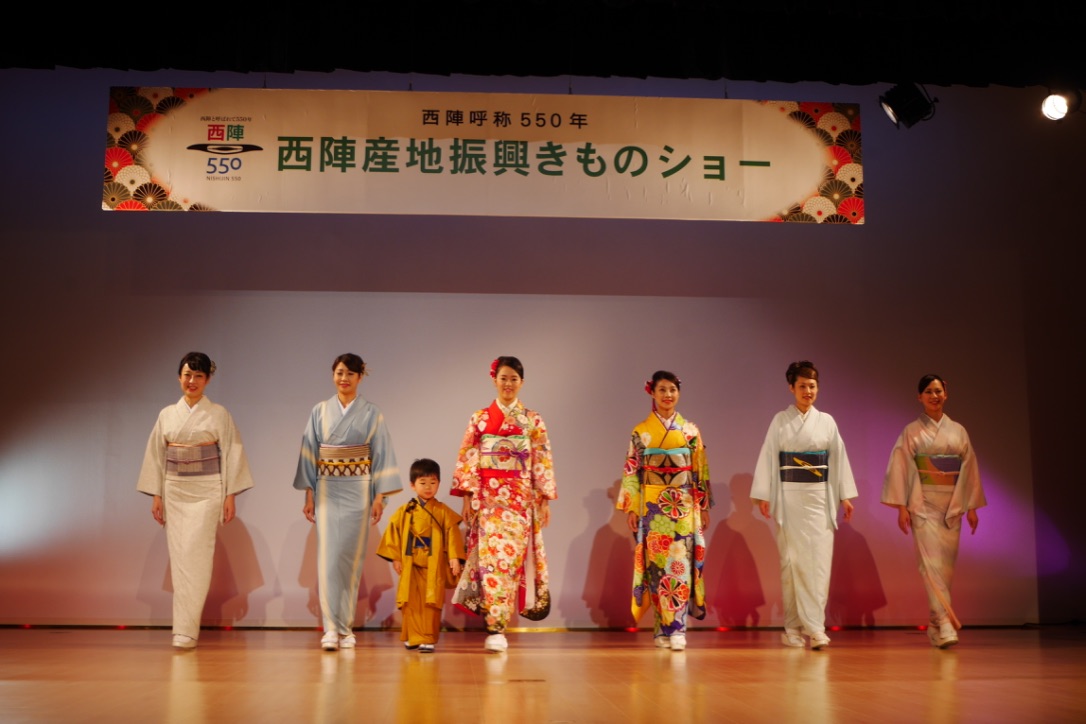
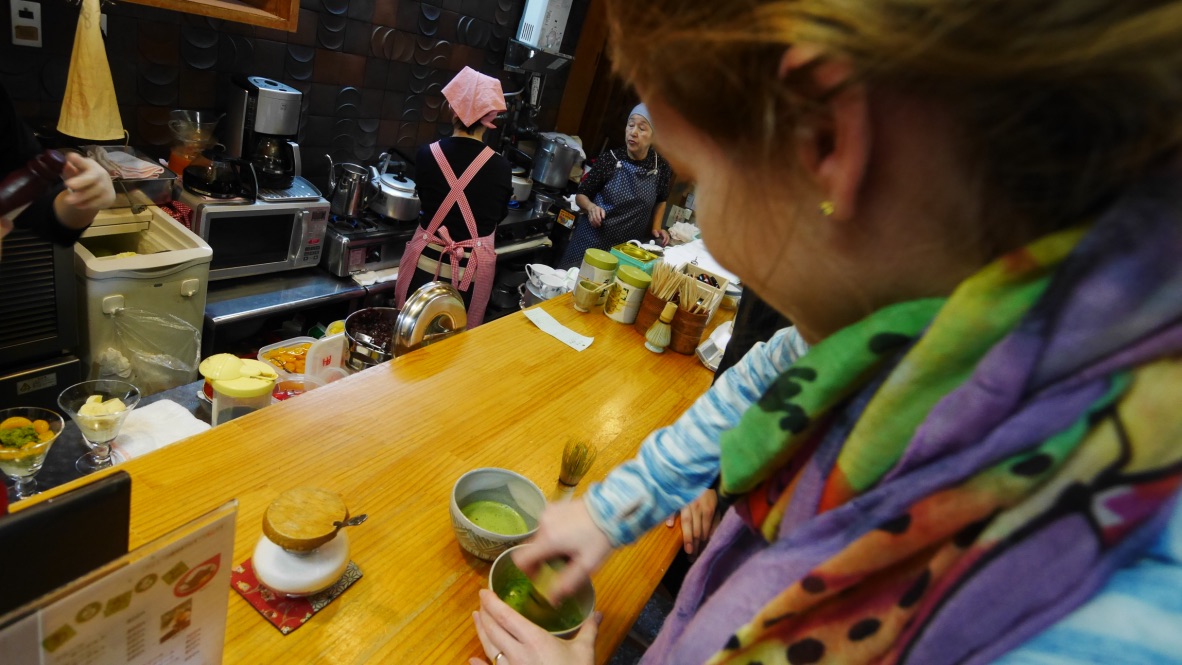
Koyasan
We continued our journey to the holy mountain of Koyasan just as the first snow dropped. Normally you would get to Koyasan by cable car, however it was not working so we took a bus instead through the windy mountains. From some light reading you could do this overnight trip with a tour for $1500, on our own of course it was much cheaper. What made Koyasan so special is that there were 117 temples, 52 of which offer lodging (Shukubu) which offer a first-hand experience of traditional Japanese culture and lifestyle. Like so many of the places we had visited it too was another world heritage site. We stayed in a temple in a traditional room and got up early to chant with the monks. We also bathed in the communal bathhouse, with complete normalcy amongst the other naked Japanese women, ate our traditional meals on the floor again with various dishes, each dish with rich and delicate flavor and aroma of natural ingredients made with a great deal of time. Because we were in a temple, traditionally buddhist cooking is only vegetables. We ate tofu prepared seven different ways. Some bites were chewy, others like cheese and some like a sponge that soaked your shirt if you bit into it unknowingly. I don’t think we had ever had so many laughs eating dinner. It was so funny watching dad sit so uncomfortably around the table, because for some reason he couldn’t sit cross legged. The monks also don’t let anything go to waste, so we felt so uncomfortable leaving some of our uneaten food on our plates. While it didn’t help that we ate cheese sandwiches an hour before dinner, I personally am not a big fan of tofu. The little frail old ladies next to us cleaned up all their food and we thought of ways to switch dishes but we did talk ourselves out of it. Most of us did ensure to finish our rice bowls, as the monks use the same bowl for their tea at the end, to ensure not a single crumb of rice is wasted. Graham sure did struggle with his ‘rice-filled’ tea at the end, but he guiltily drank it while we watched.
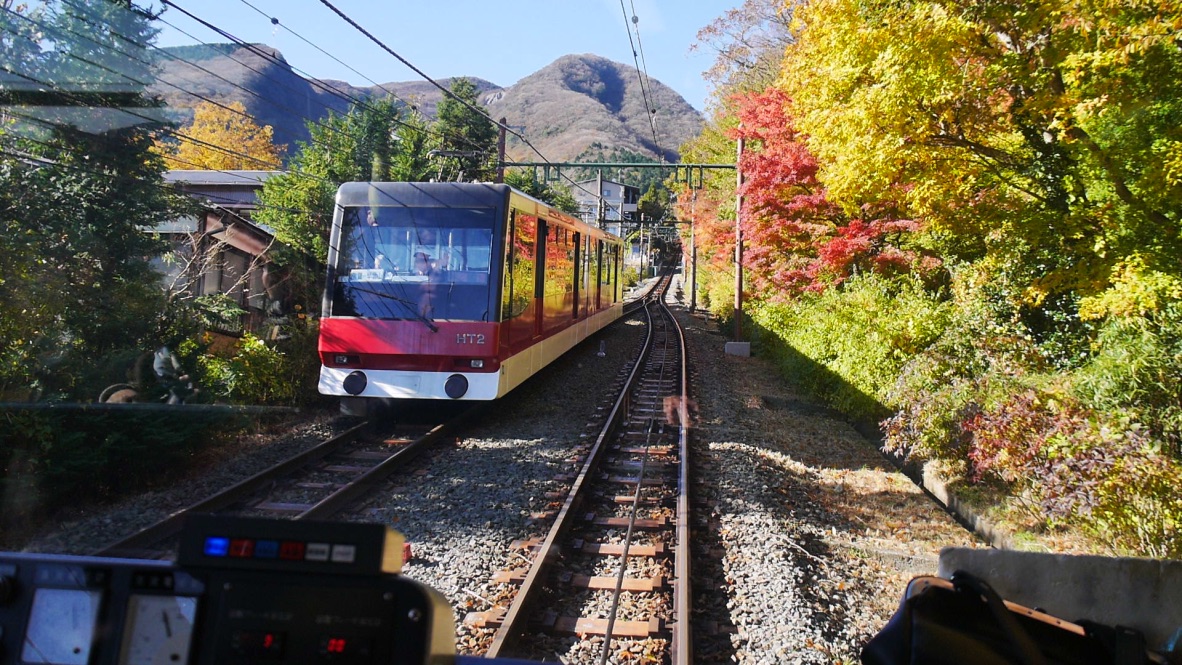
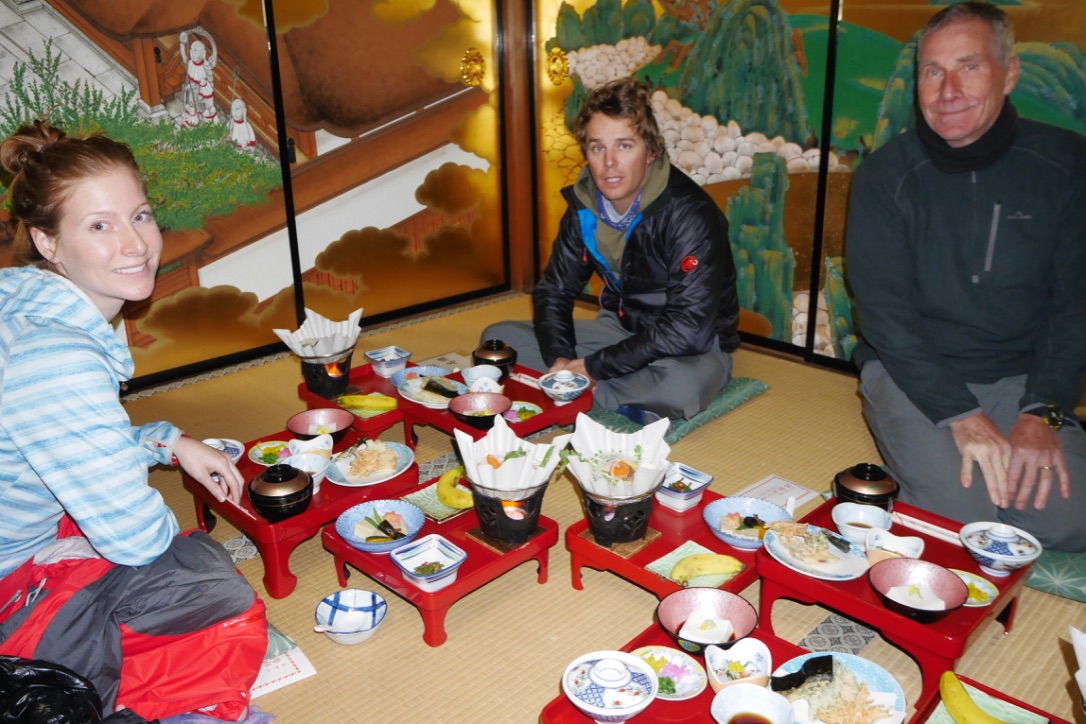
During our stay in Koyasan we visited the Okuno-in temple where the approach leading up to it was a 2km stretch of 200-300 year old cedar trees and over 200’000 tombs. It was the most enchanting and beautiful cemetery I have ever seen, with tombs of all sizes draped in moss in an almost whimsical fairytale way. At the end of the walk we were able to defrost our toes walking through the temple and mausoleum. I also wrote a prayer and dropped it into the box, so the Buddhists will worship and chant for it to come true for over a year before it is burned in a sacred fire. On our way out we also passed 50’000 small stone Buddha’s, but not before taking our chances looking into the mirror well. This well was located next to the statue of Asekaki Jizu, and according to the legend, anyone who’s reflection does not appear on the well water is destined to die within the next three years.
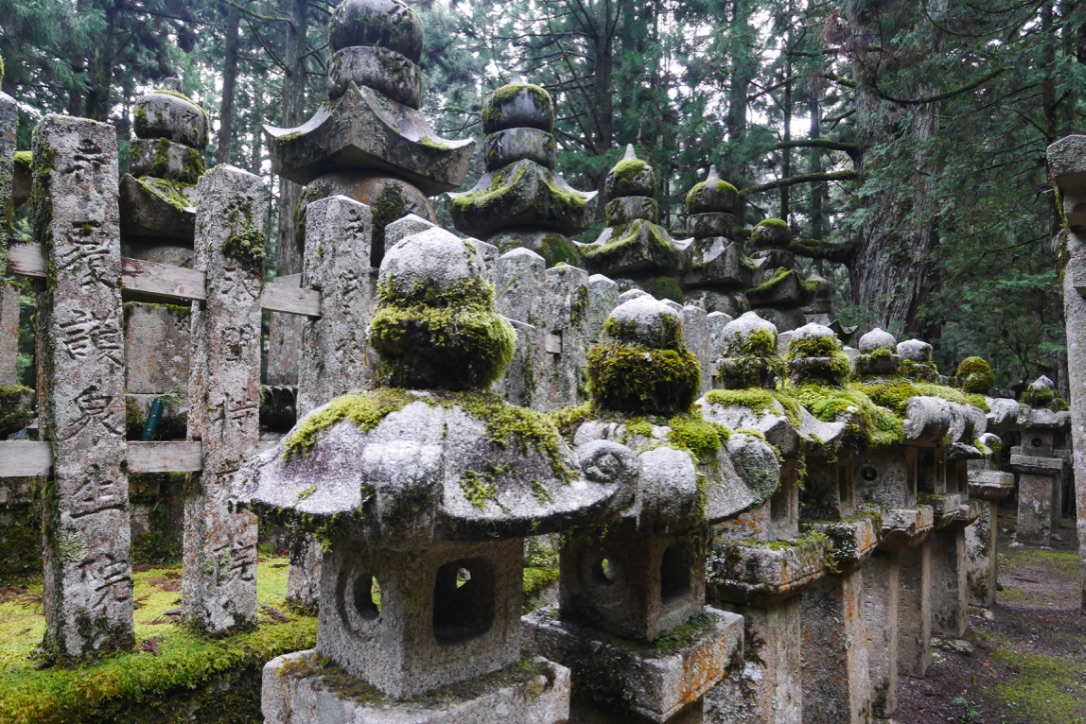
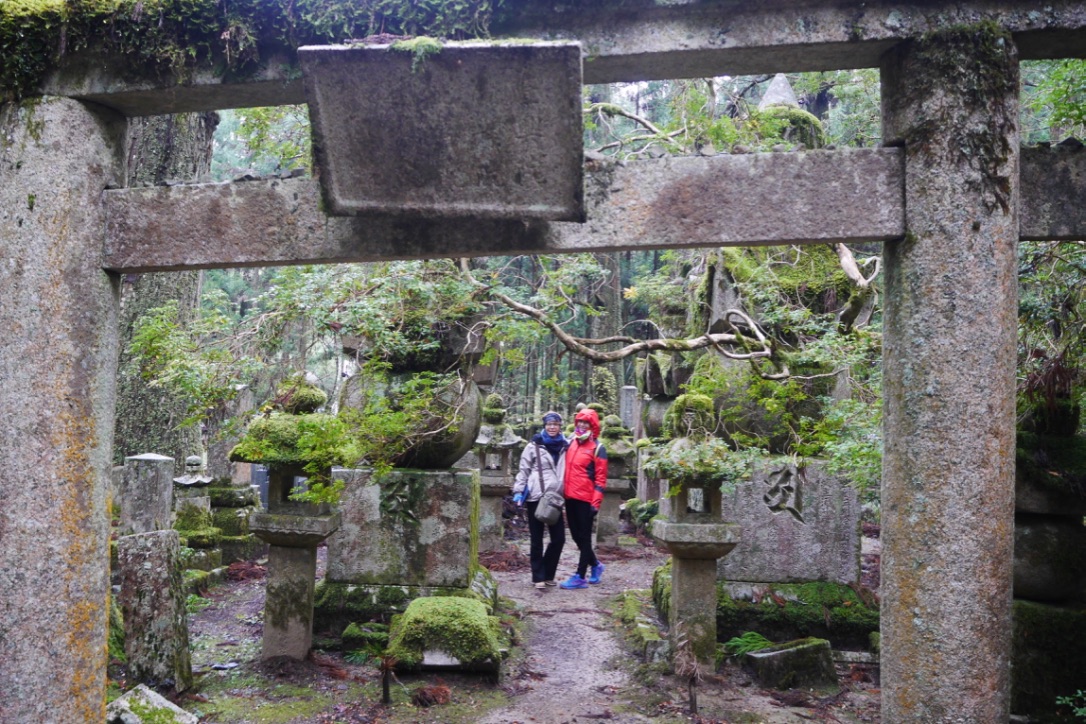
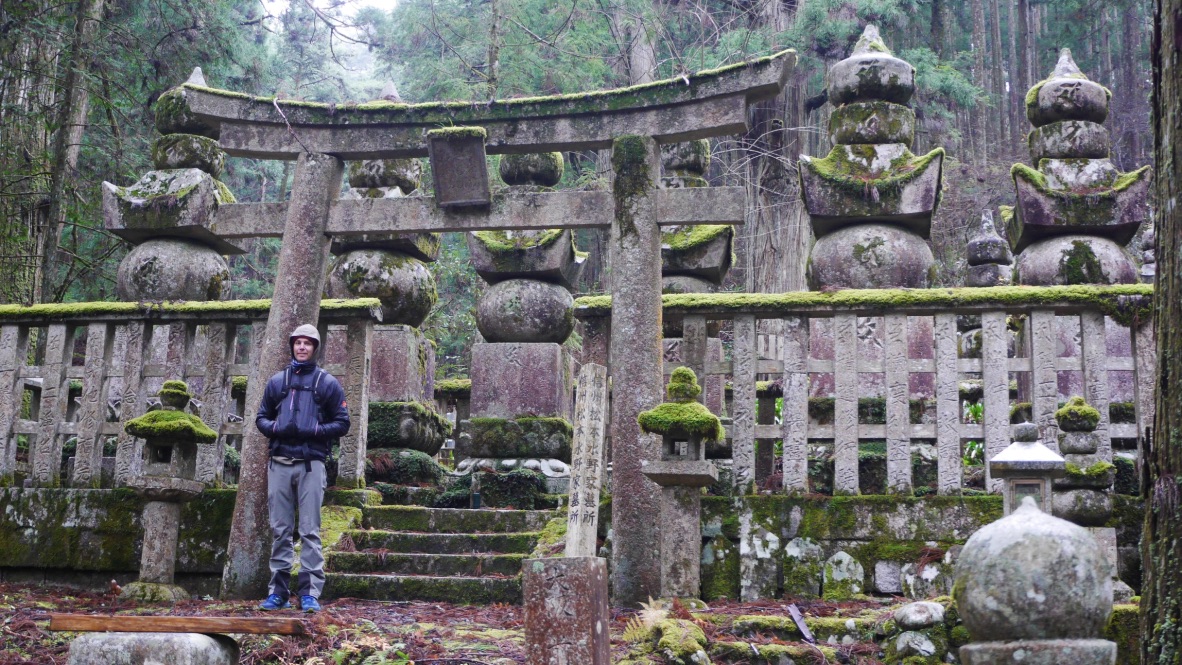
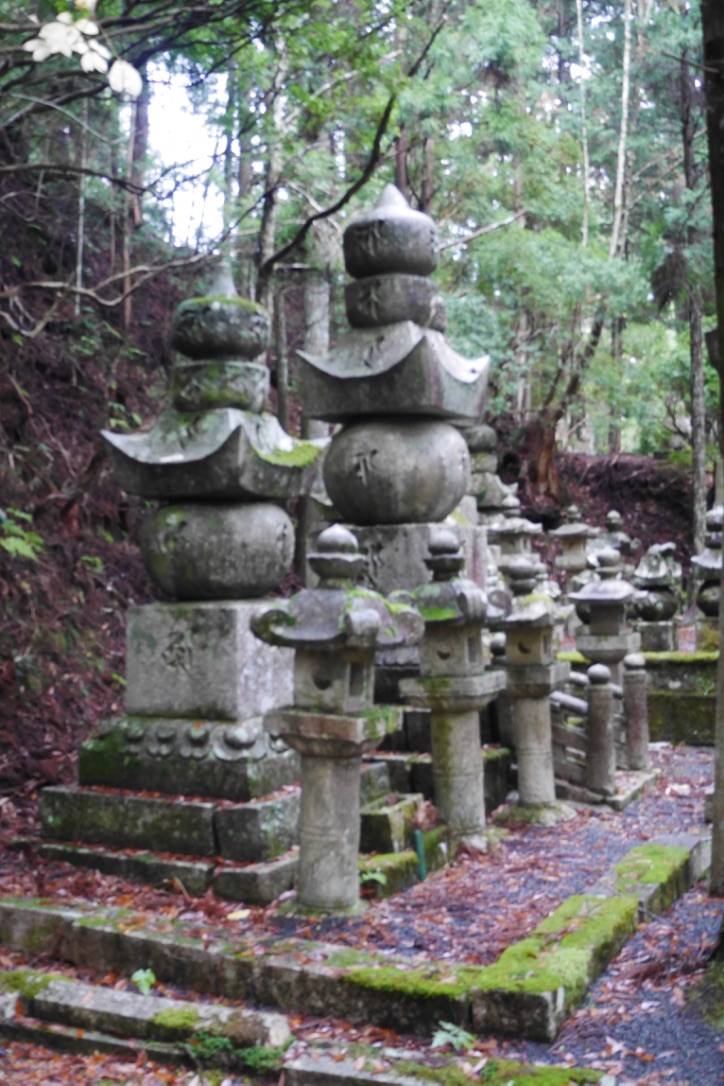
Osaka
We hit Osaka running. We had a two day adventure pass that allowed us to explore this huge populated city by train, foot, boat and giant ferries wheels, one of the biggest in the world. It also gave us access to museums, impenetrable castles, unique architecturally designed observation decks and some cool night tours walking through the illuminated entertainment districts. While I am sure it has much improved, the language barrier is still huge amongst most of the population in Japan. We did get lucky with an English speaking night walk guide. She was no taller than chest height but had the energy of a jumping jack and a high pitched voice to match. She was able to answer many of our questions from along our journey such as why many temples had paper tied to surrounding trees and specially hung ropes. I remember earlier on our trip reading about having your fortune read by shaking a box to let a stick out with a number on it. You then bring the stick to the counter to exchange it for a piece of paper. I read in the guide that there is a good chance you can get a bad one so I didn’t want to take my chances. Graham did of course and luckily got a very appropriate and positive one. What the travel guide didn’t tell you is what to do next. If you get a good fortune you are meant to keep it in your wallet. If you get a bad or very bad one you are meant to fold it and tie it to the strings provided or trees around the shrine as if to stop the bad luck from coming. A small important detail that the poor tourists didn’t get.
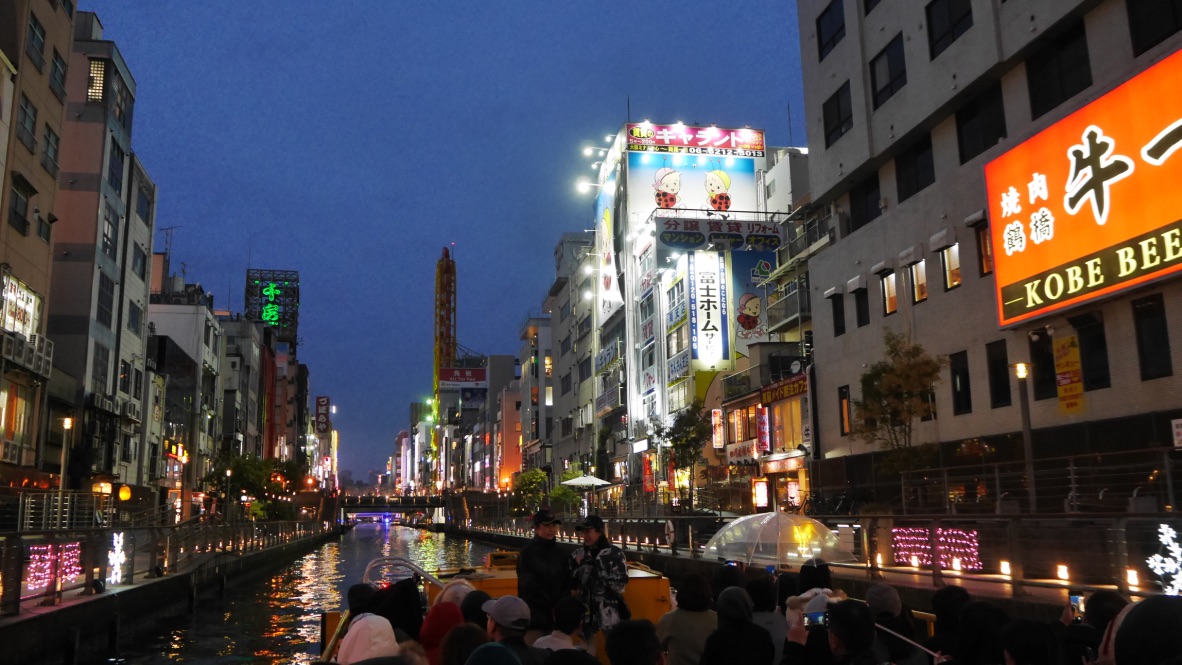
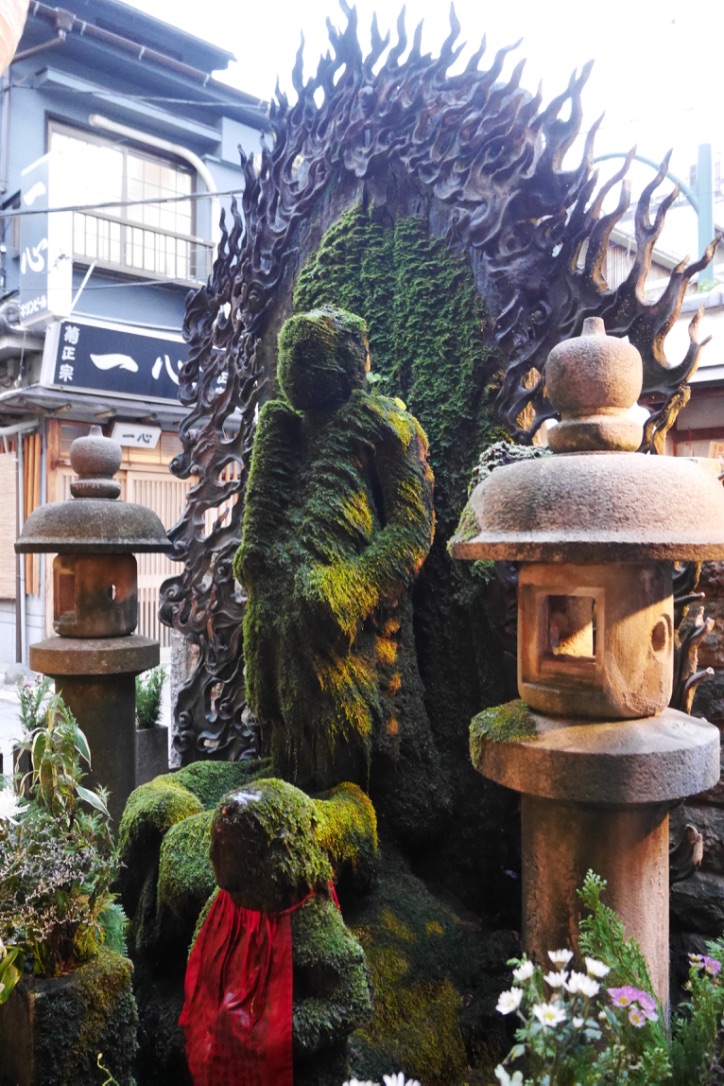
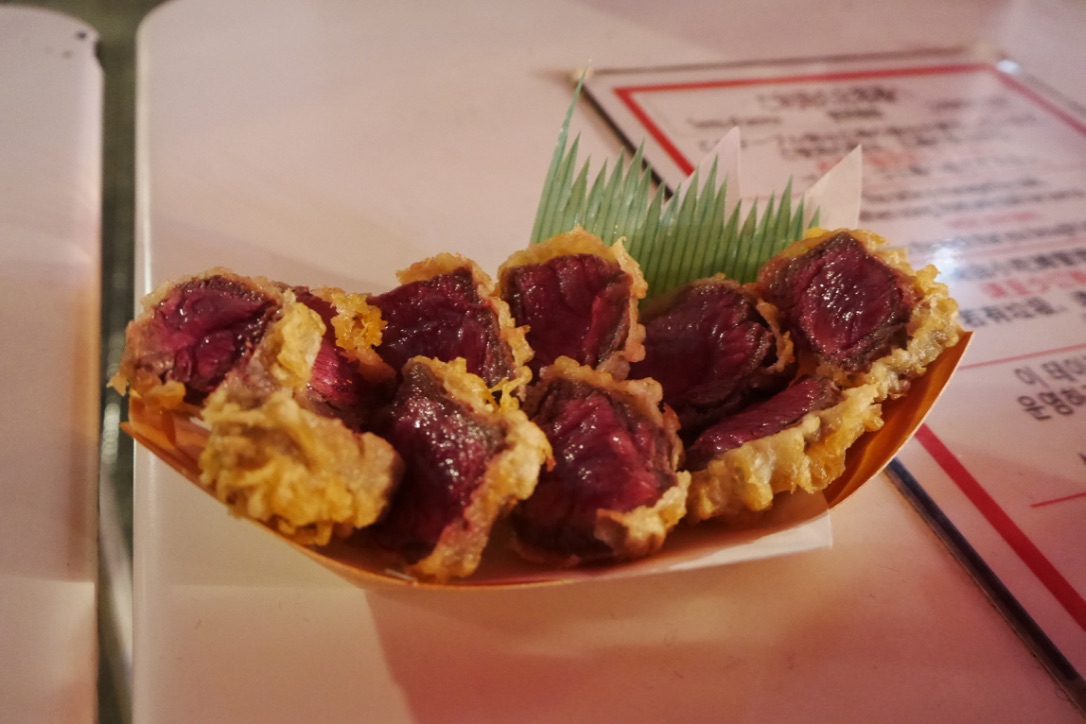
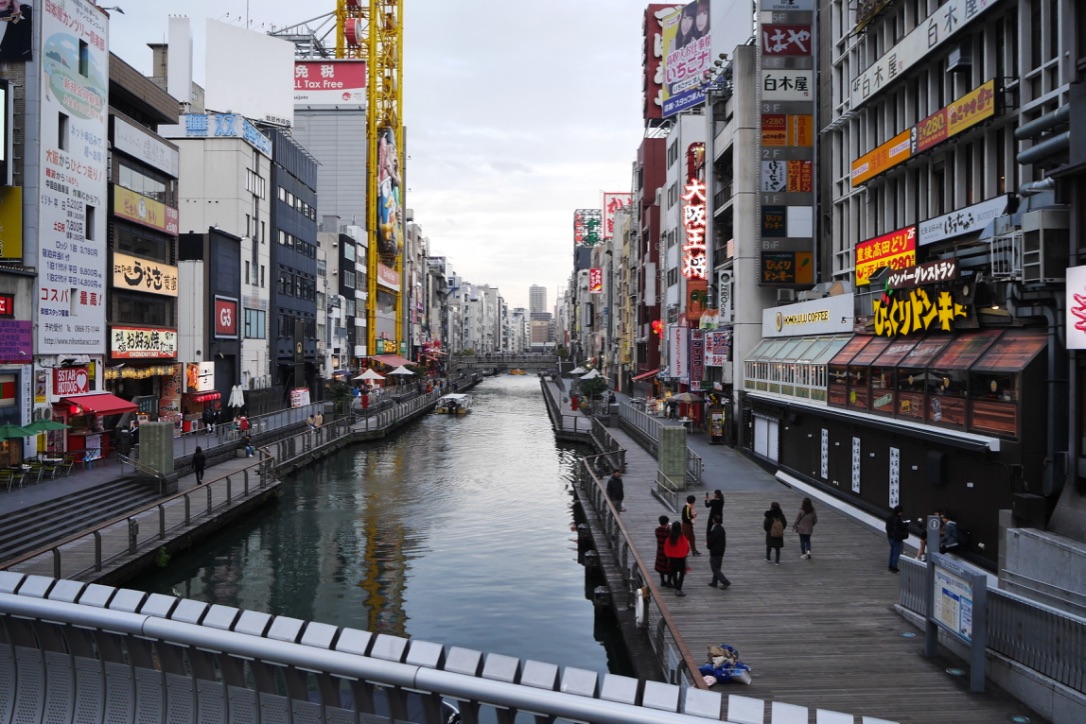
As with the rest of Japan, I feel like we ate our way through Osaka. Osaka is actually known for its food and ‘eating until you drop’ and despite being pregnant I found more than enough food to keep me entertained. While Graham ate his raw tempura wagu beef, the chef cooked through a few pieces for me too, just like the sushi chefs had done the entire trip to ensure I would not go hungry. Osaka was especially famous for its sushi conveyer belts known as Kaiden-sushi and Tako-yaki, which are octopus dumplings, where the inside was steaming hot and gooey topped with sauce, seaweed powder and Benito flakes. Street stalls sold them everywhere, so of course we had to try them. I personally did not care for them, I guess the raw runny batter inside was not to my taste, but the boys went to town on them.
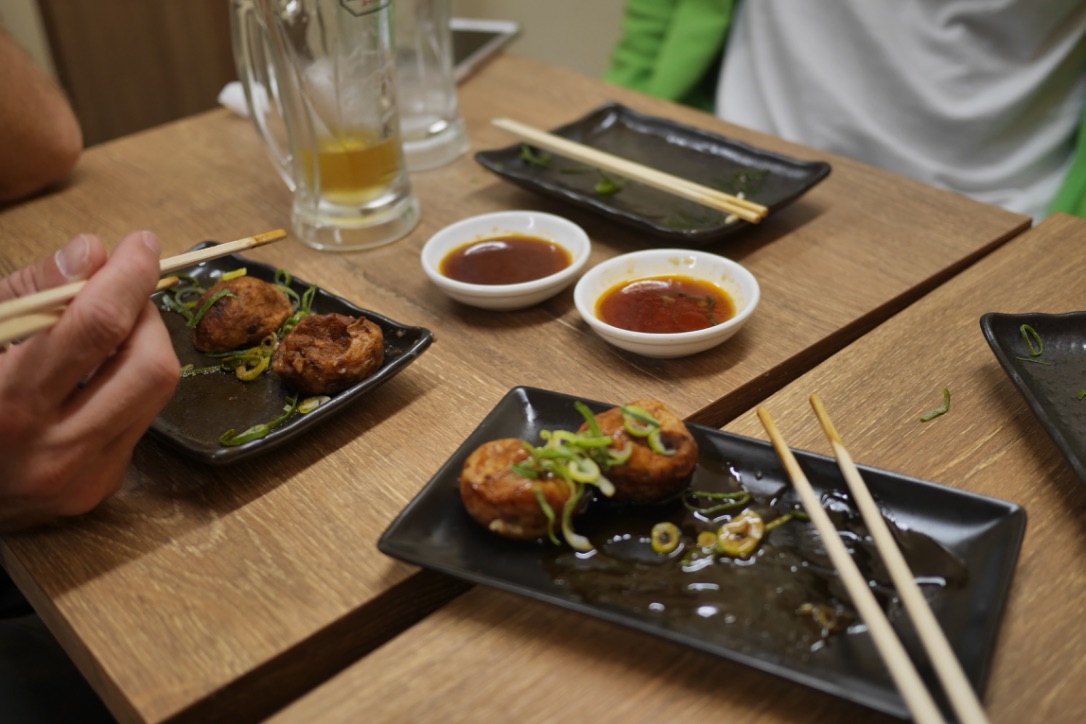
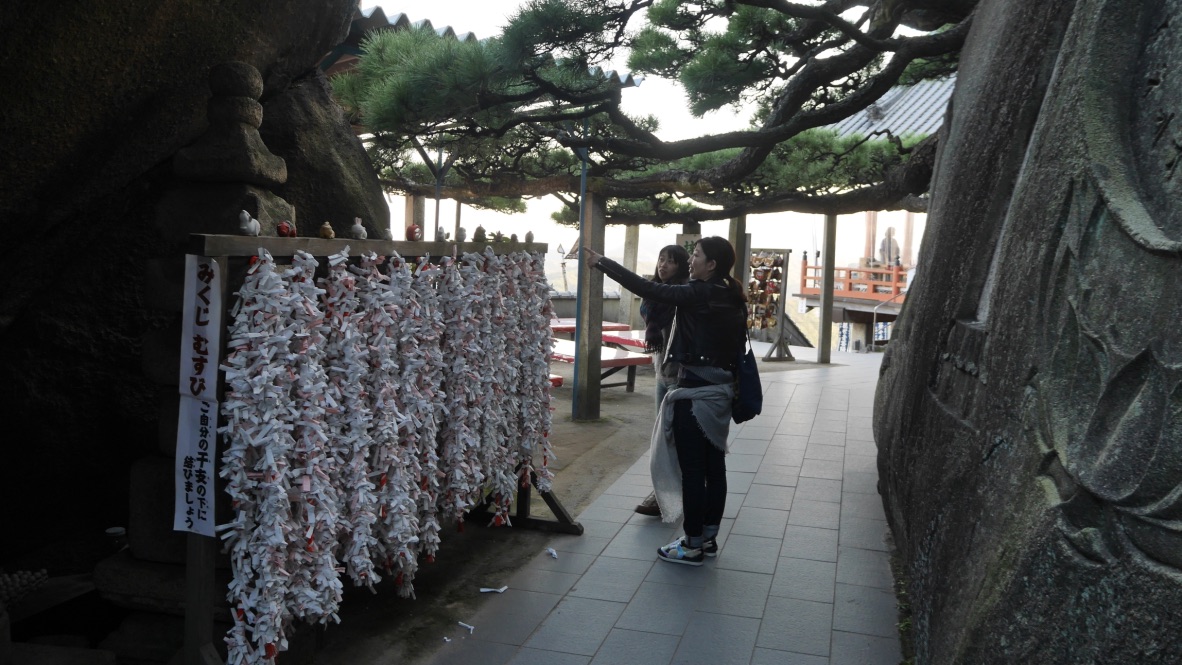
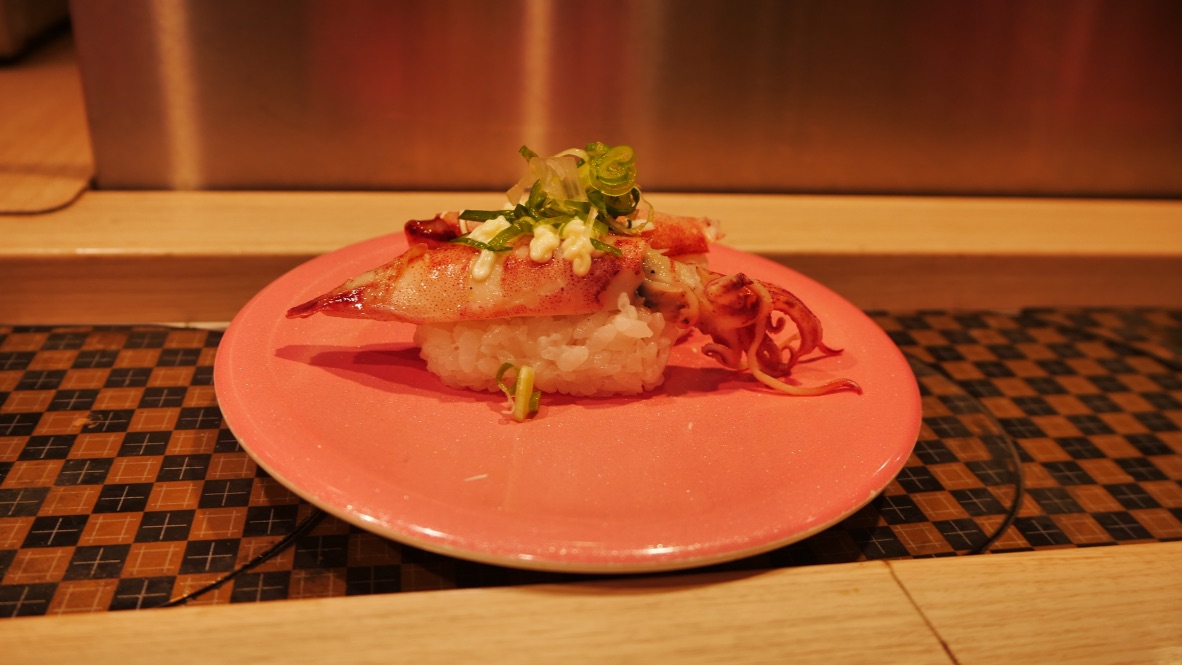
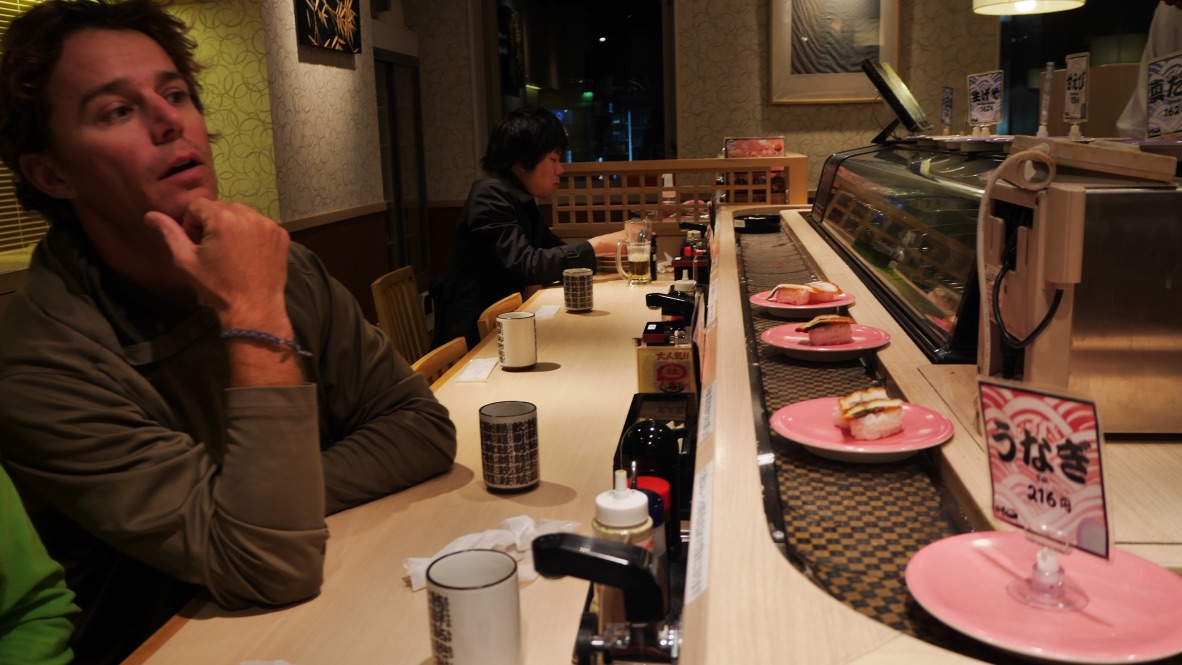
Hakone
Our month of traveling flew by us so fast. The last stop before reaching Tokyo again was up in the mountains in an area called Hakone. Hakone was the perfect ending to our stay in Japan where Mount Fuji was the main focus. With incredible views from a distance this perfectly symmetrical cone of Japan’s highest peak took our breath away. On the first day, on our way up through the crater of what was once Mt Hakone, now ‘Death Valley,’ we saw nothing but white clouds from the gondola. The next day, we had perfectly blue sky showing off the powdered sugared Mount Fuji in the distance, and a smoking crater below us. The rocks in the crater were yellow from Sulphur and the air smelled strongly of gasses. We were meant to do a hike, however it was closed due to the strong gasses in the air. Warnings were posted everywhere and each person was given a moist gas mask just in case. At times even the gondolas are closed due to health concerns. As we admired mount Fuji we tried Kuro Tamago which were black eggs created through chemical reactions between geothermal heat and volcanic gases. The legend says if you eat one you get seven years of good luck, longevity and good fortune. I sure have high expectations with all this good luck and fortune I got in Japan. The climbing season for mount Fuji is only during July to August due to extreme weather conditions and avalanches, so instead we did explore the Hakone creator which, apart from its very active volcanic activity also had spectacular gondola rides, boat rides in a large lake at the bottom that never freezes over and also the largest walking suspension bridge in Japan, again showing off stunning views.
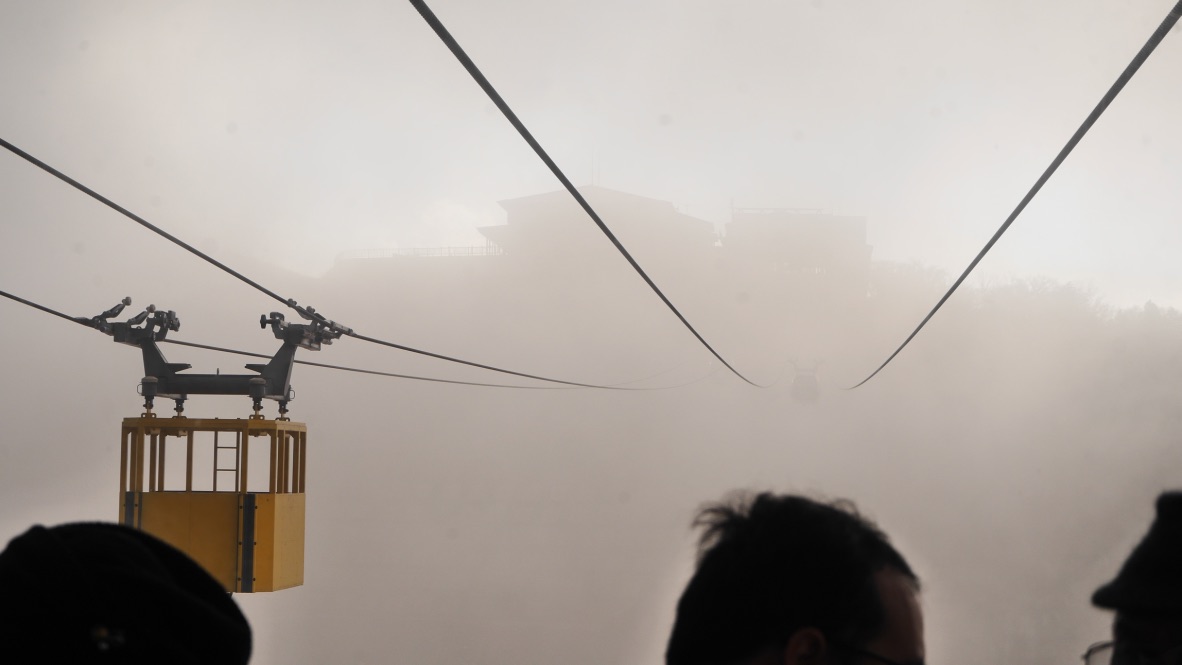
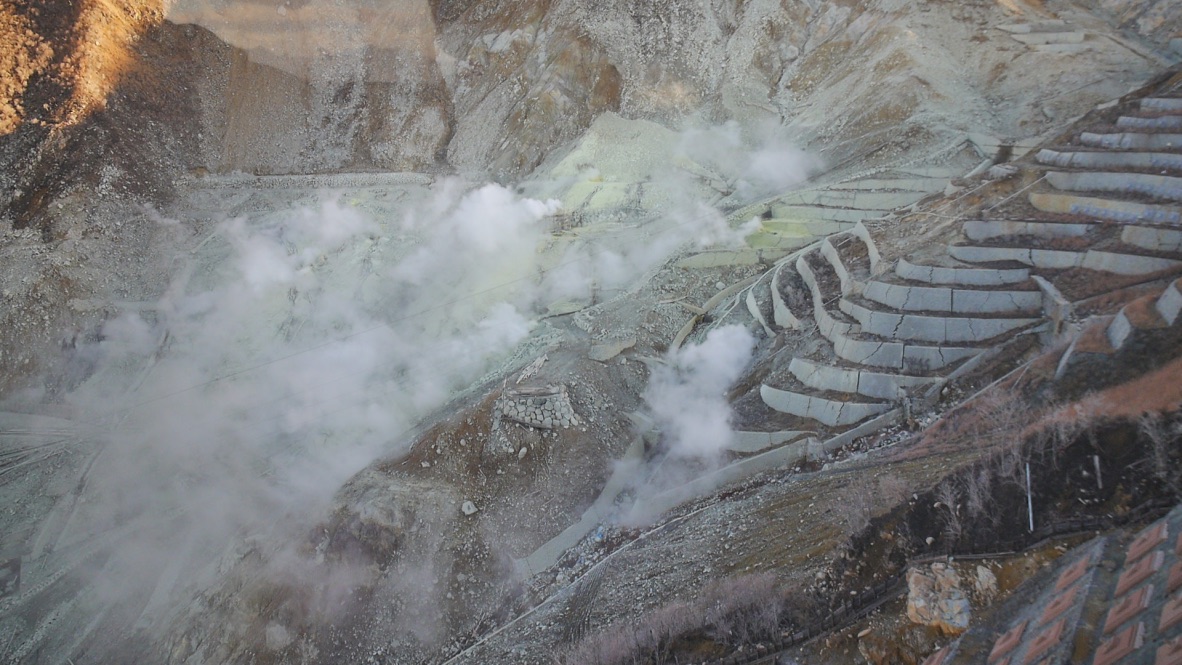
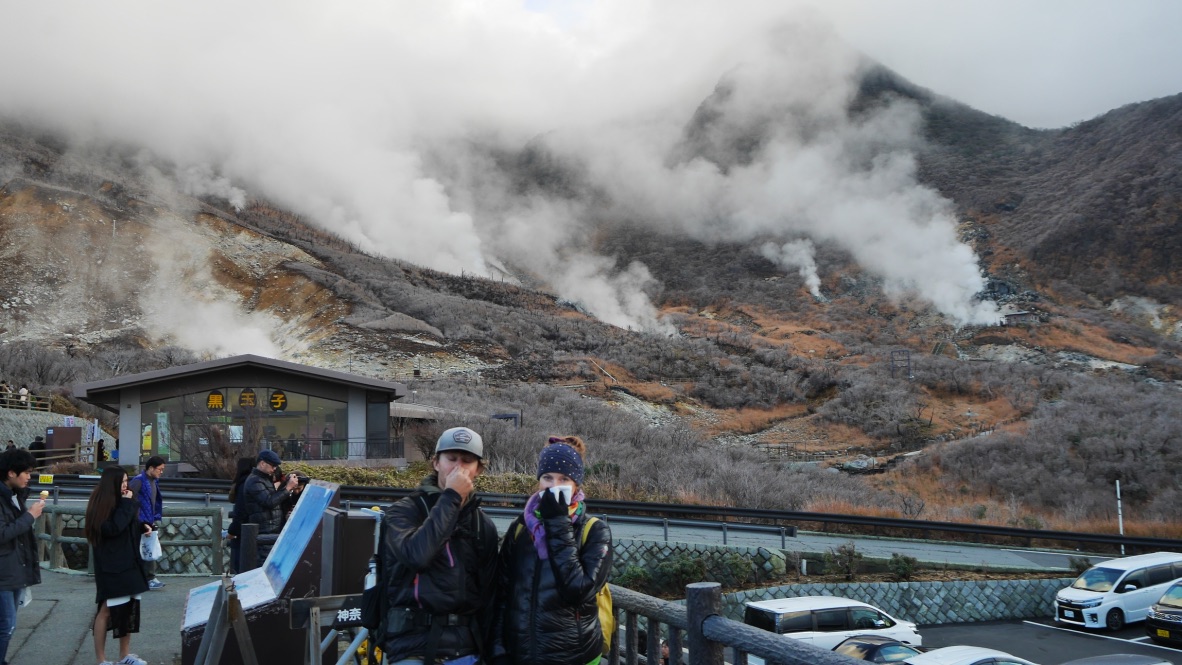
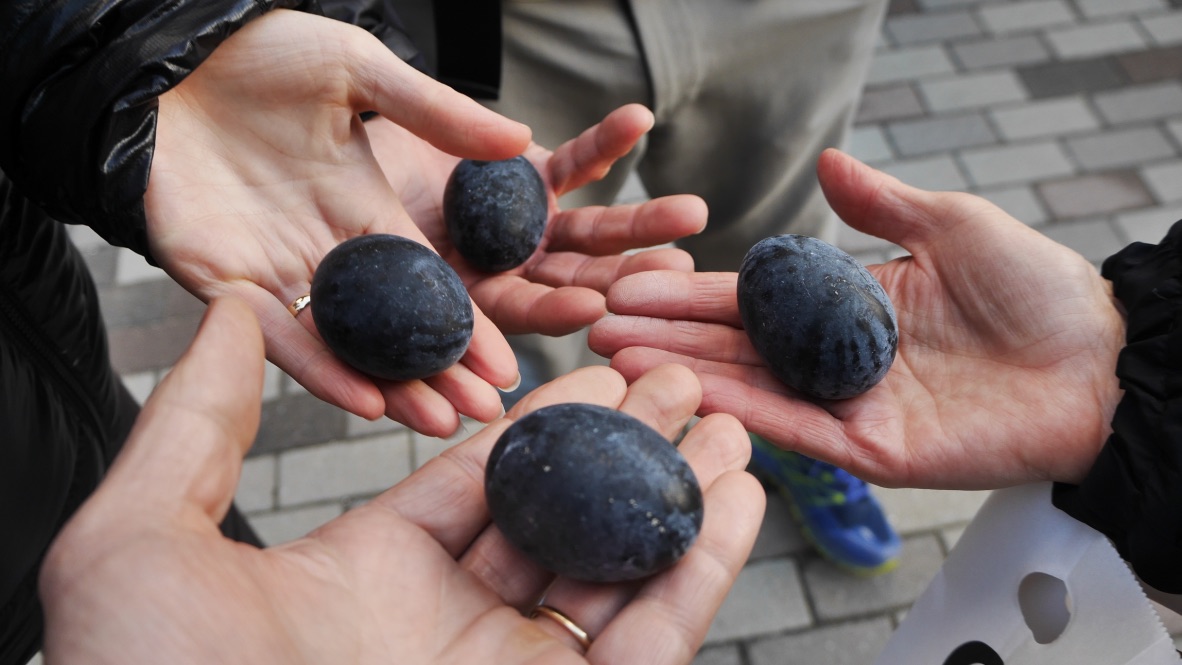
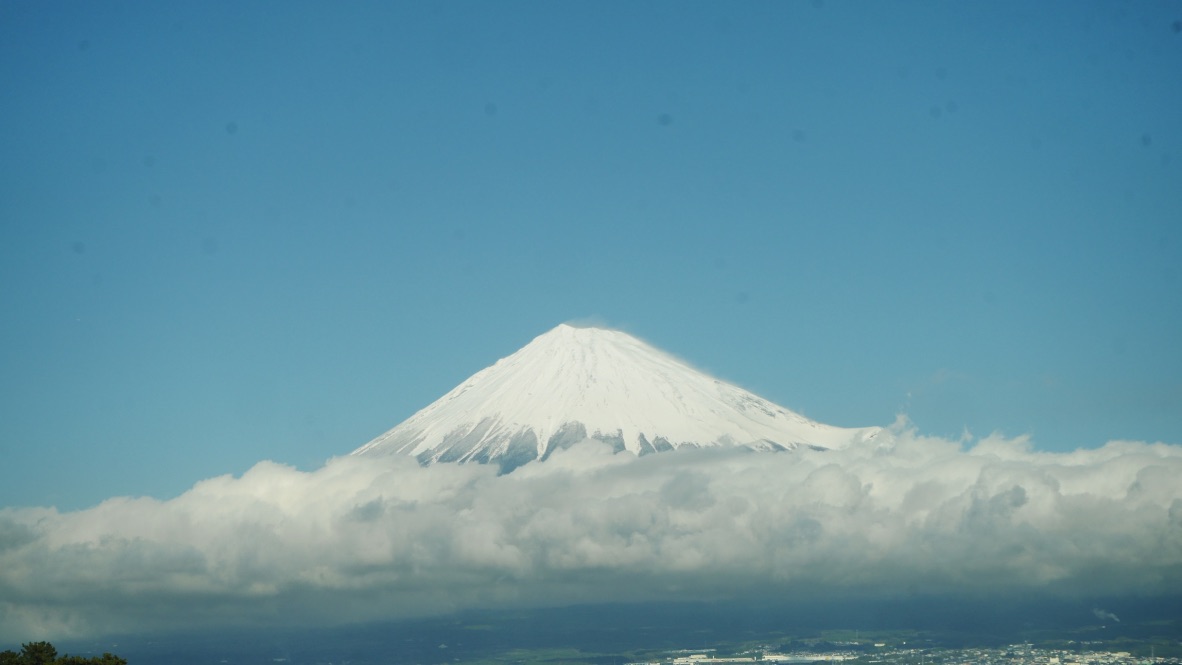
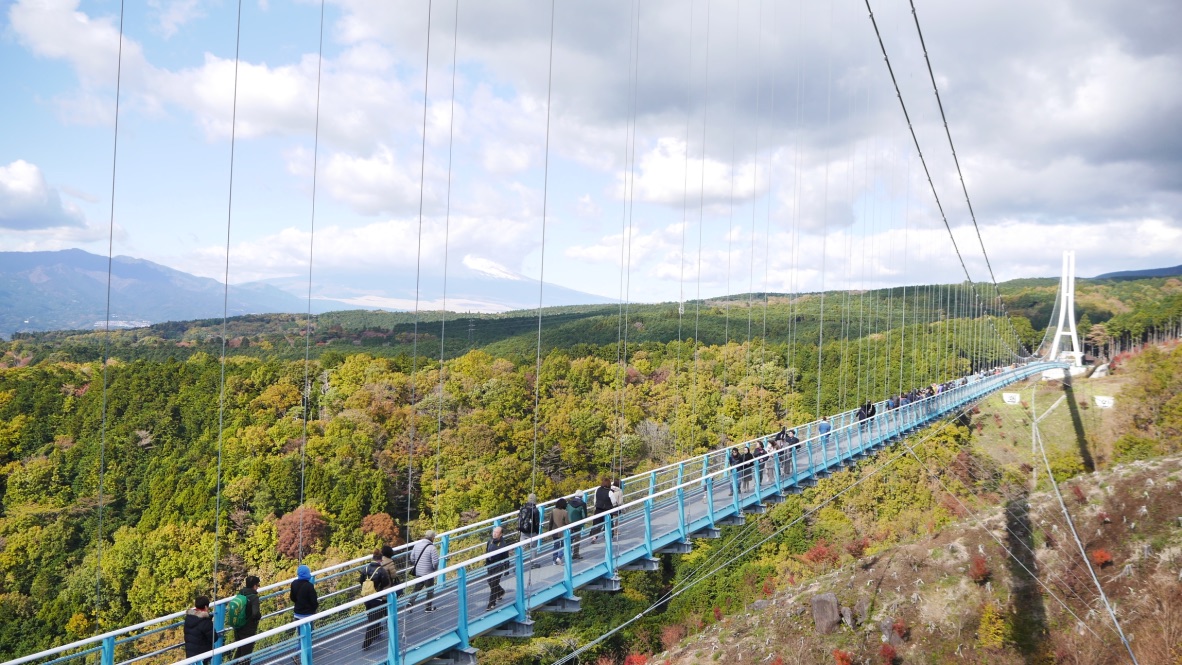
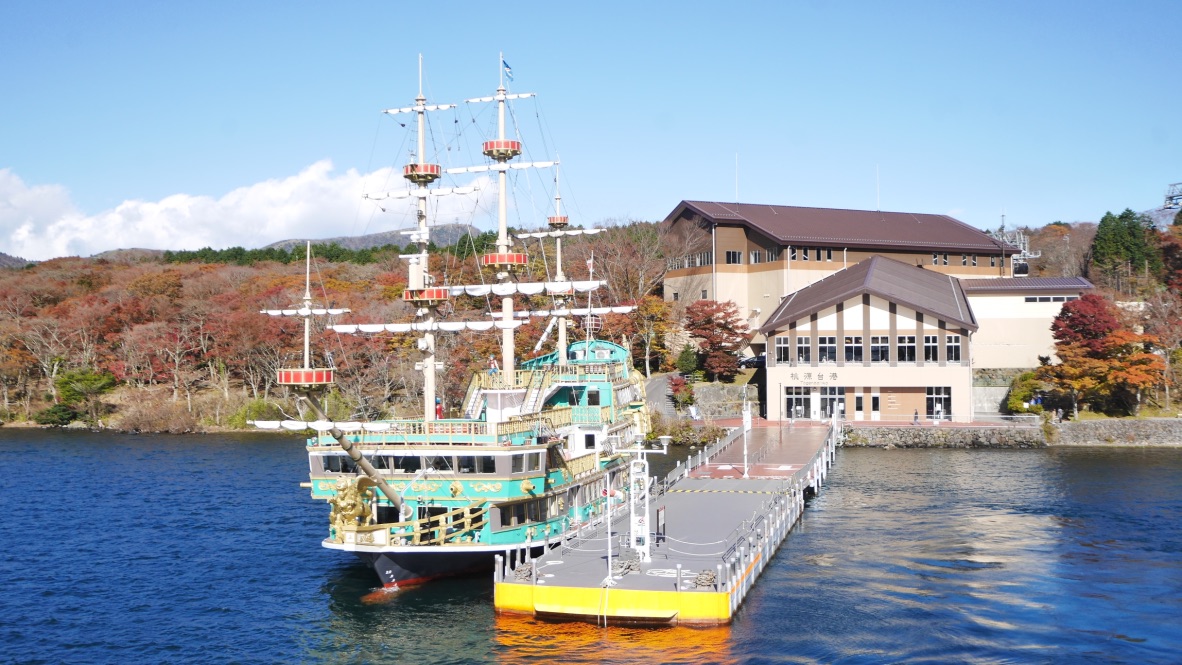
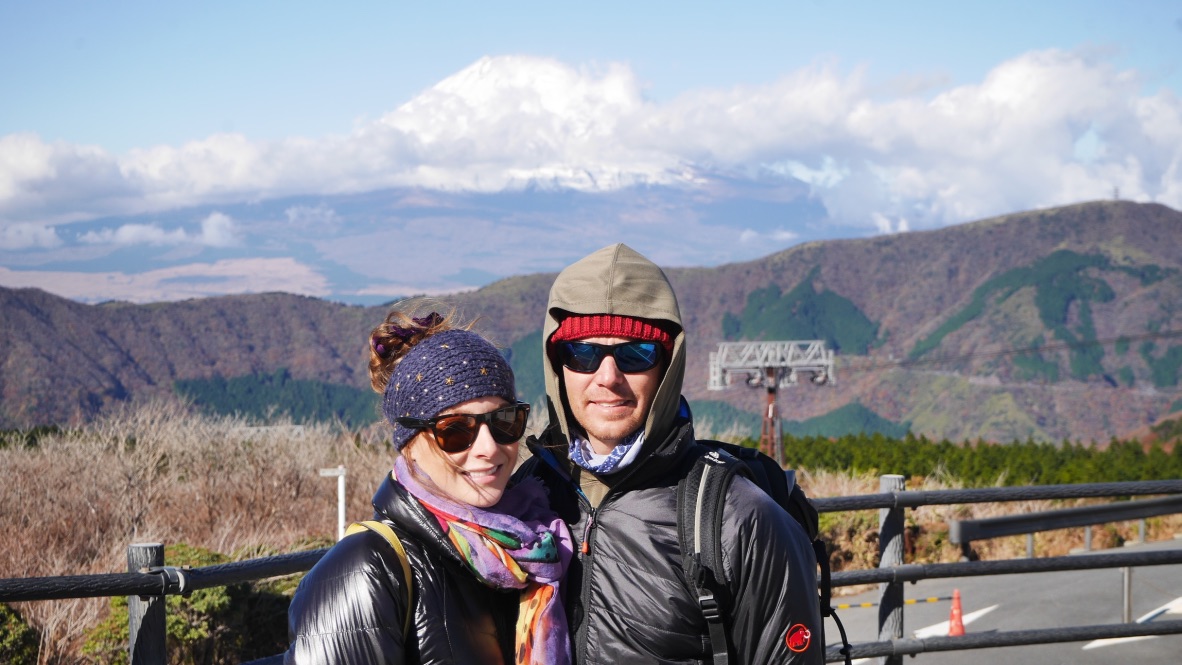
Japan was a remarkable place, and did not end up being as expensive as I thought it would be. I have to say it is one of the cleanest countries I have ever been to with no rubbish anywhere, not even bins! The toilets were also always spotless and you could always sit on the seat without even having to wipe it first. The seats were also always heated so you actually wanted to sit! As the month went by you got used to the strange fashion, communal showers, eating and sleeping on the floor. Everybody also always followed the rules. Nobody would dare to jaywalk or cut in line, it’s just not done. The Japanese were also super friendly. Strangers walking by would just stop and help with directions whether they could speak English or not without us even asking for help.
While our trip was action packed and we moved around from place to place it was not without taking the time to notice the Japanese appreciation of art and beauty. The trees were skillfully pruned for that specific shape. The apples were the biggest I have seen in my life because the Japanese cut off the lesser blooms to ensure all the energy goes to that one striking apple. Vegetable slices at the bottom of the soup bowl were each time cut into a perfect flower or star, and bananas at the market were wrapped individually in cellophane and topped with a ribbon. The Japanese really have made an art out of appreciation!
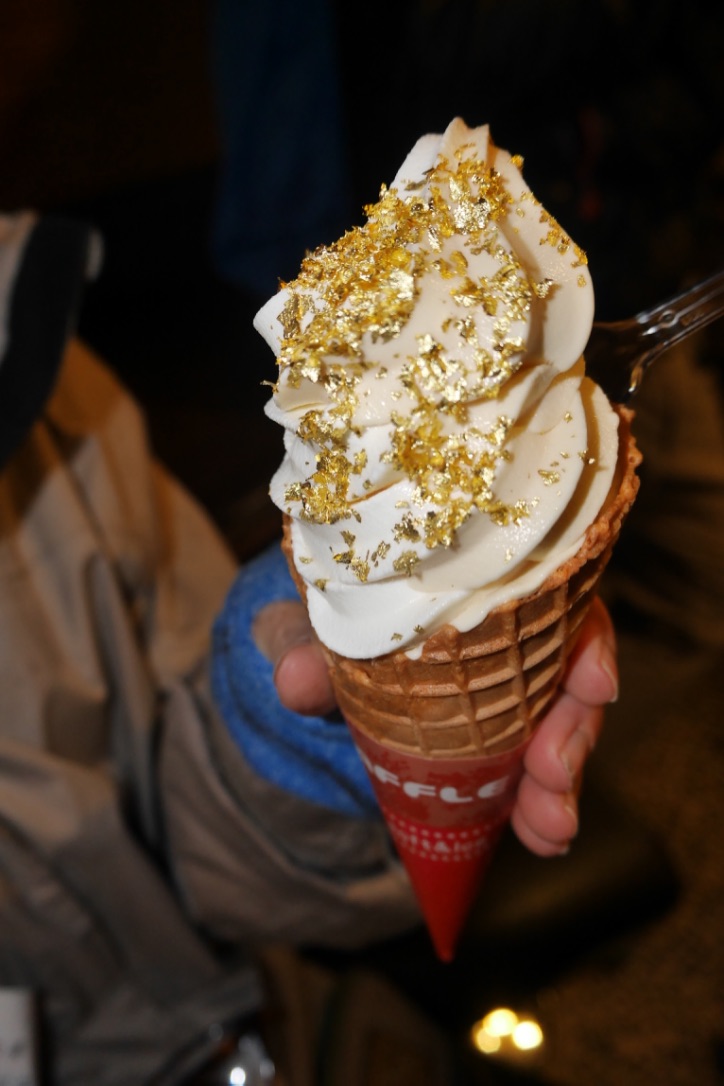
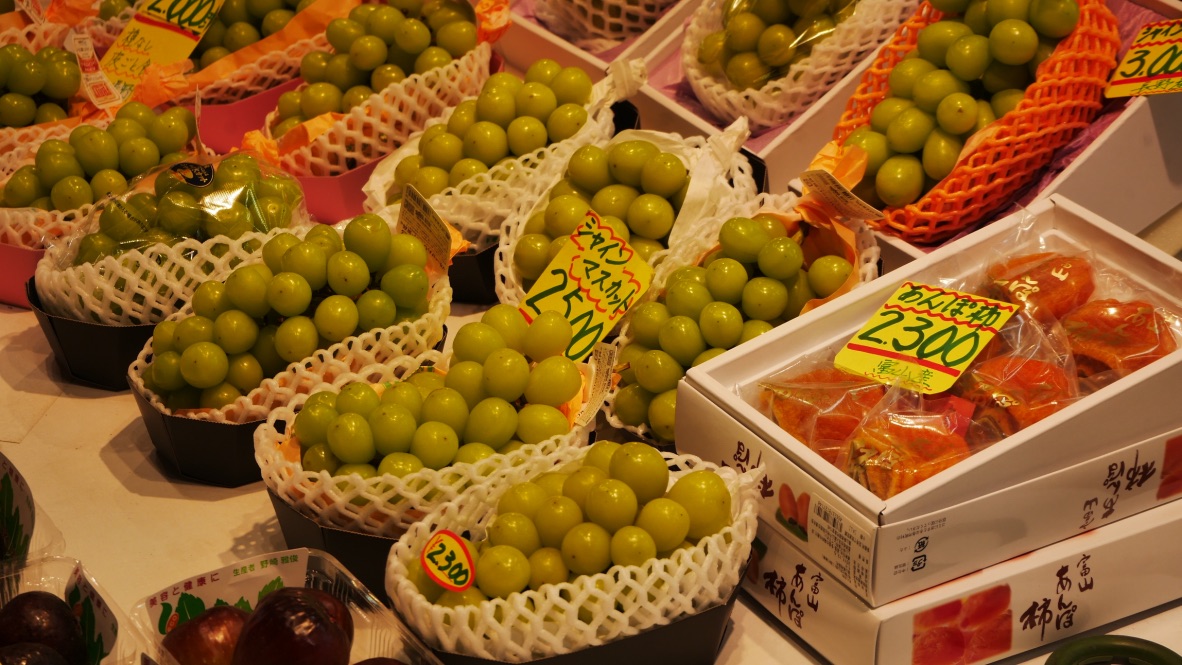
Our journey through Japan was a very rich cultural journey, actively stimulating all our senses with little need for the excess clutter and stuff we hoard in our own everyday lives. We can all benefit from a more creative way of living without the need of excess possessions. What incredible memories of culture, religion, life, beauty and cuisine we were able to experience and learn from and take home with us.
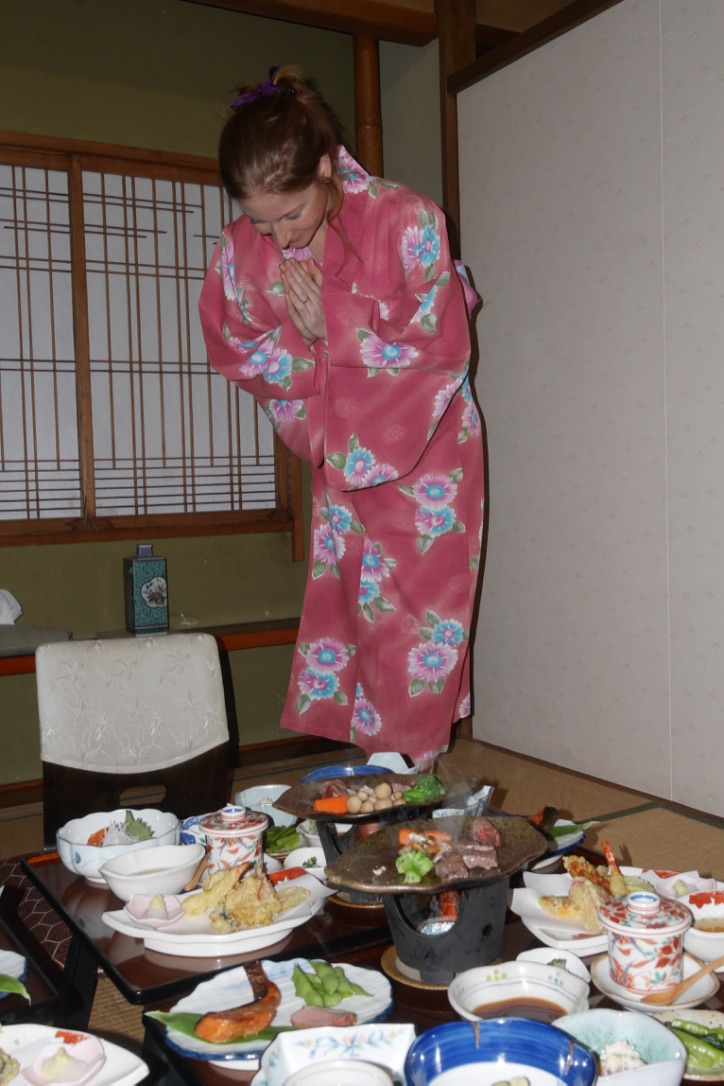
Se ti vengono prescritti farmaci comuni come gli antidolorifici che sono anche disponibili da banco, spesso sono più economici acquistarli in questo modo anziché pagare una prescrizione
https://disfunzioneerettile.org/cialis-generico.html
Se il prezzo è un problema per te, il tuo farmacista può anche offrirti un marchio meno costoso per un medicinale senza prescrizione medica
https://disfunzioneerettile.org/viagra-generico.html
Ora molte famiglie cercano online la frase esatta “naturale” Viagra ‘su Internet

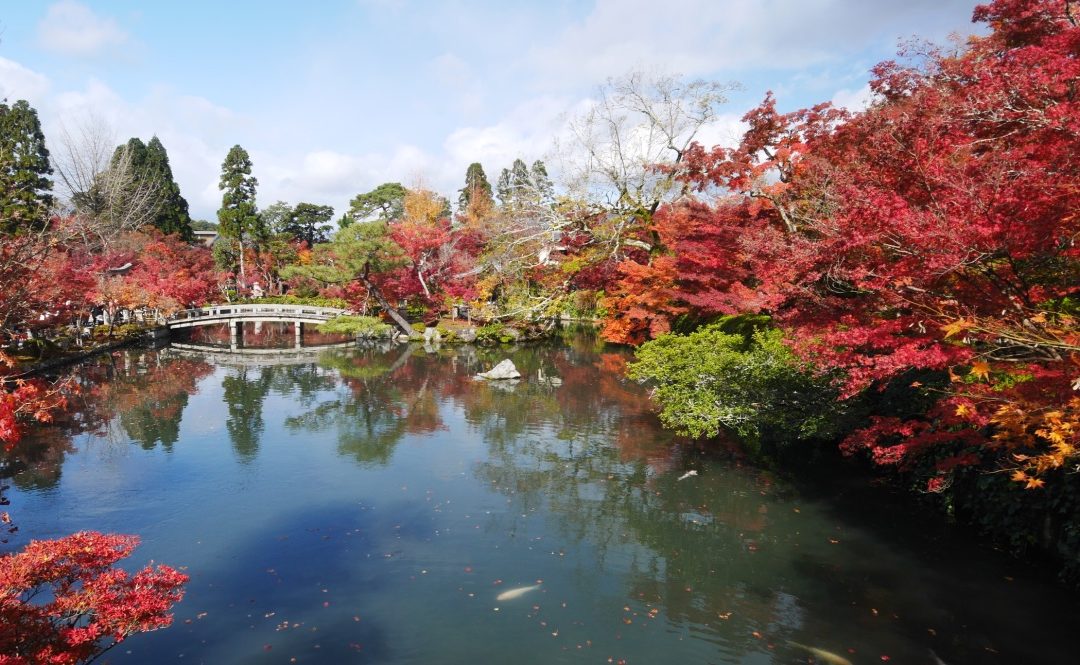
Great site you’ve got here.. It’s difficult to find quality writing like yours these days. I truly appreciate people like you! Take care!!| ?
my4k7z